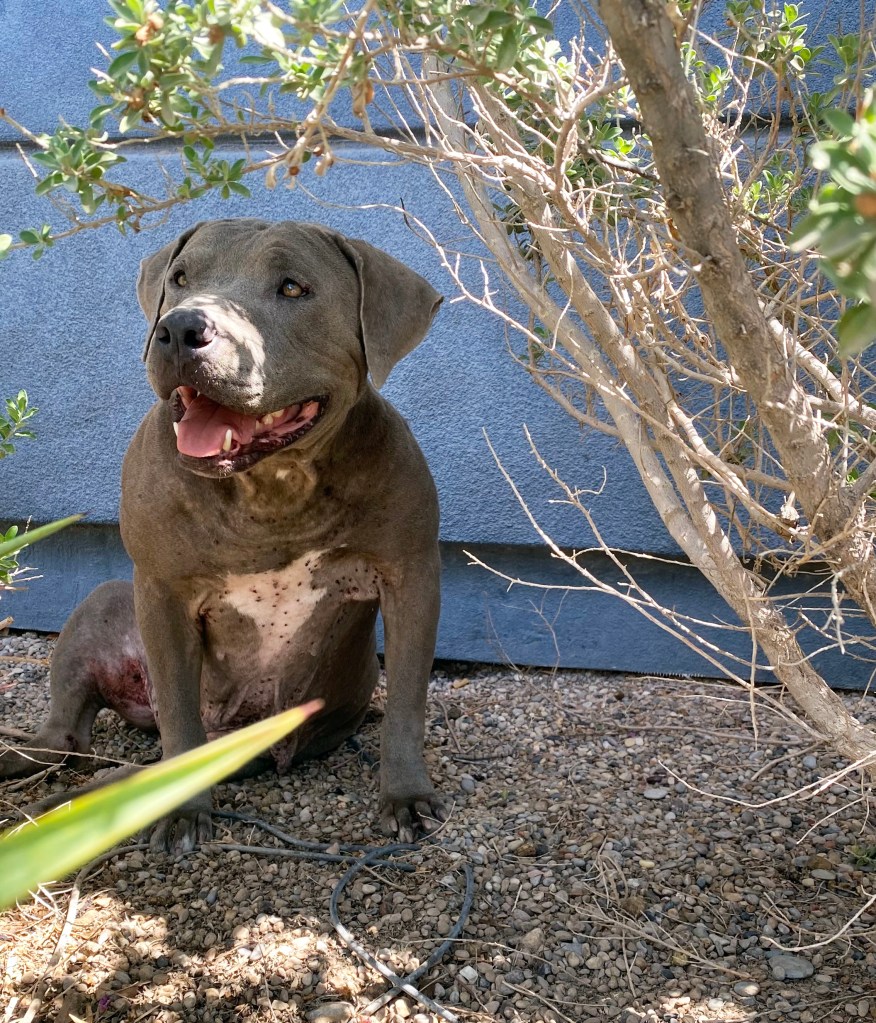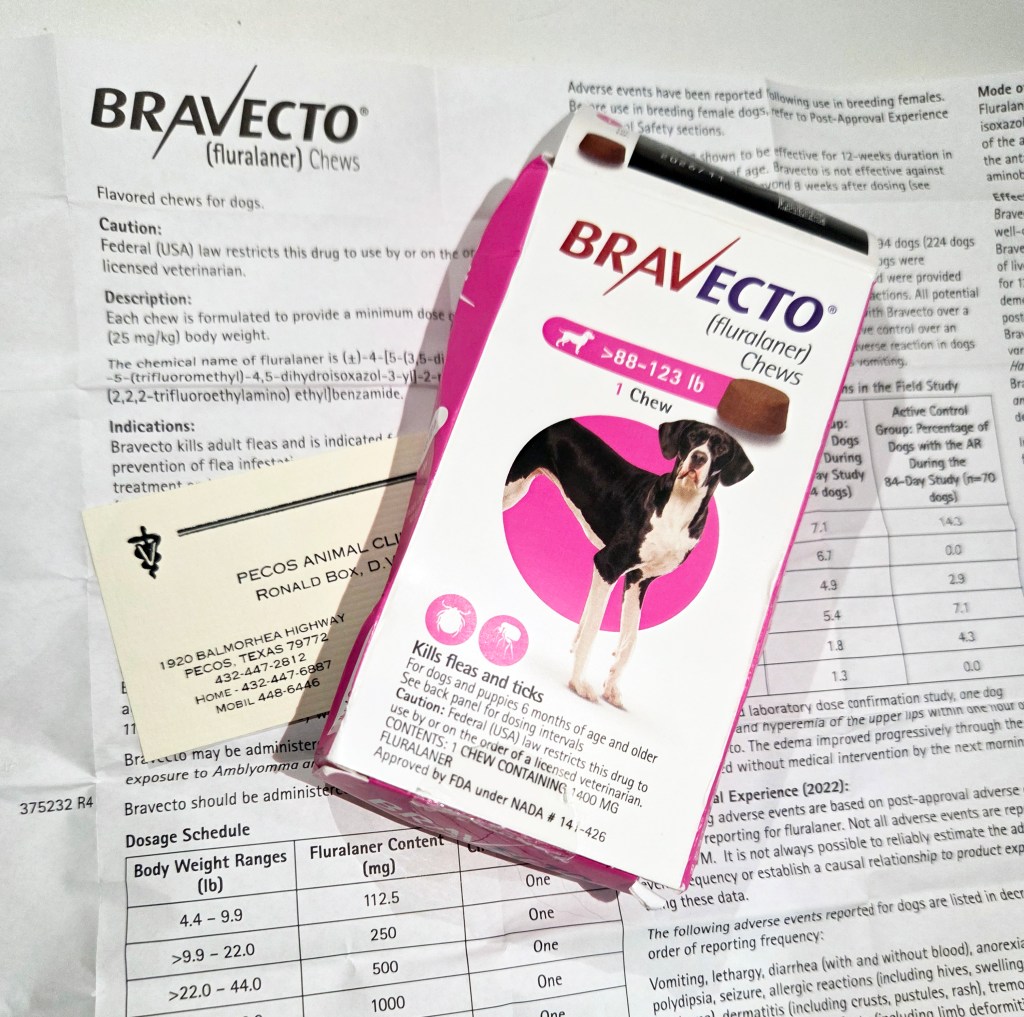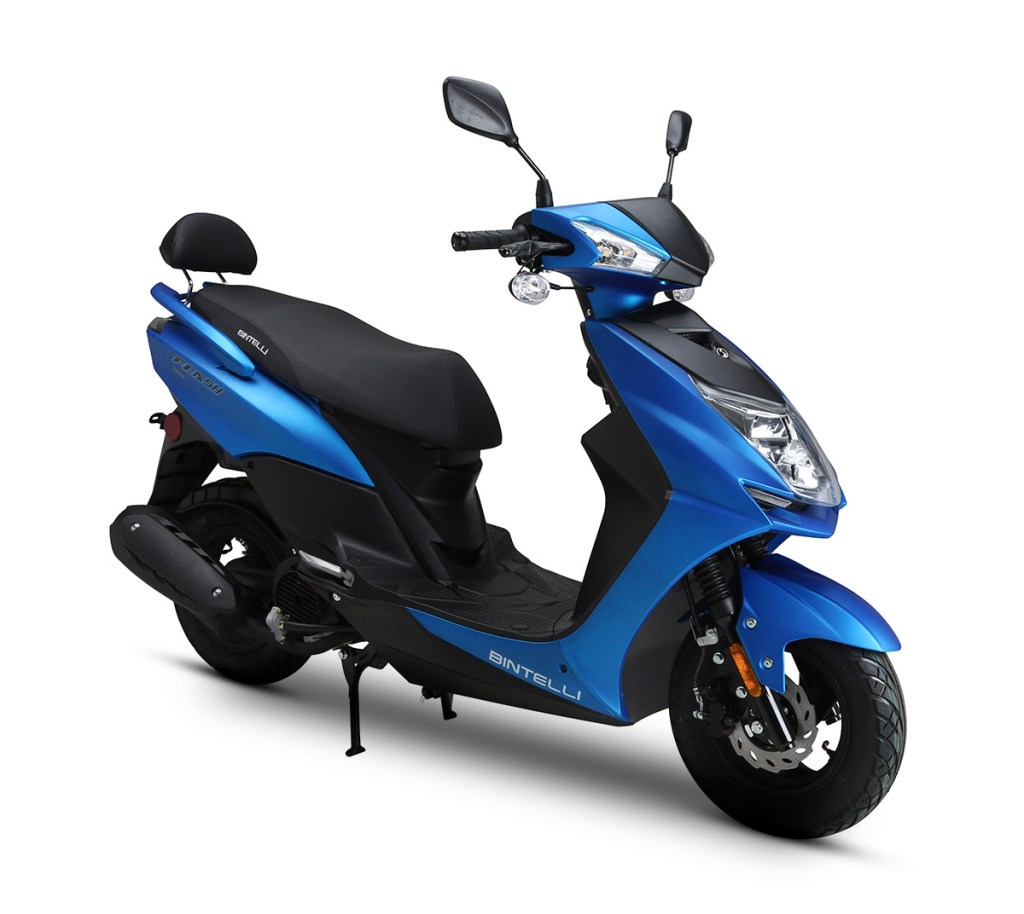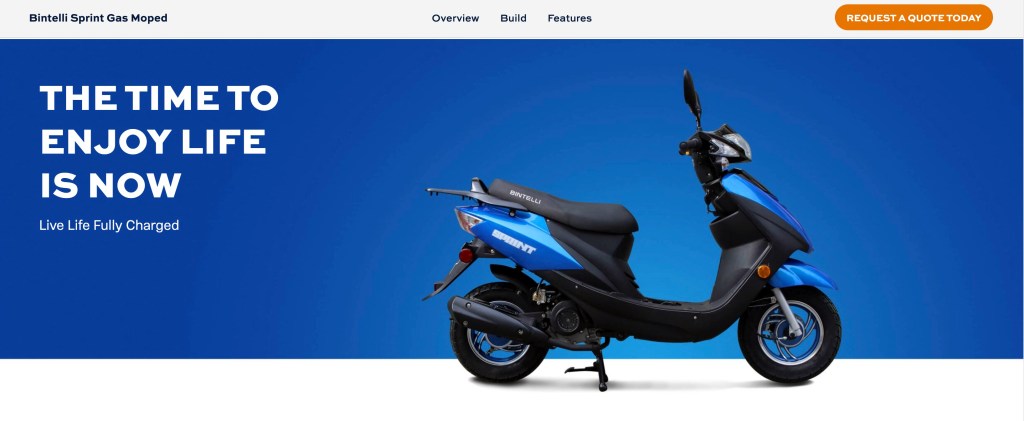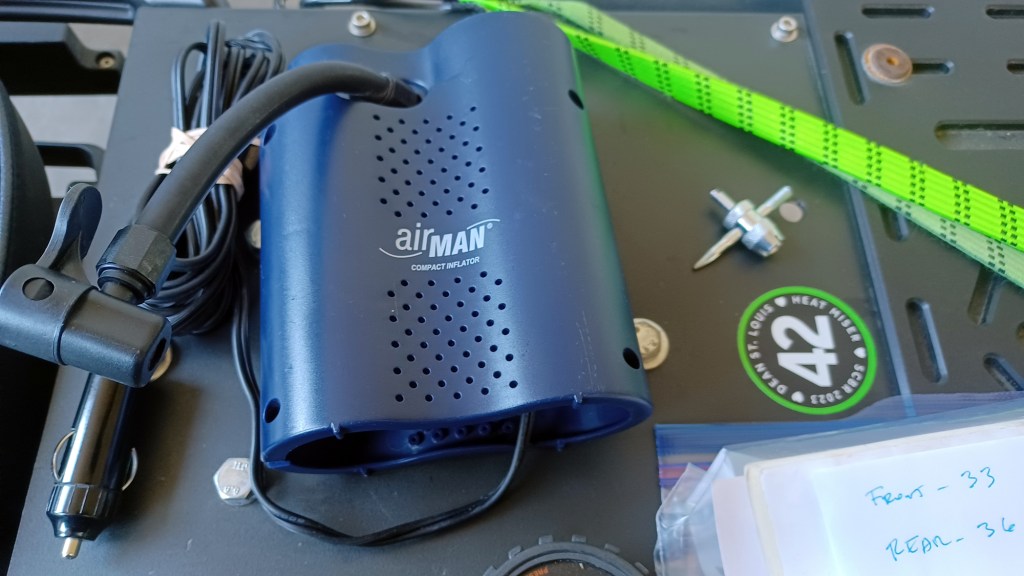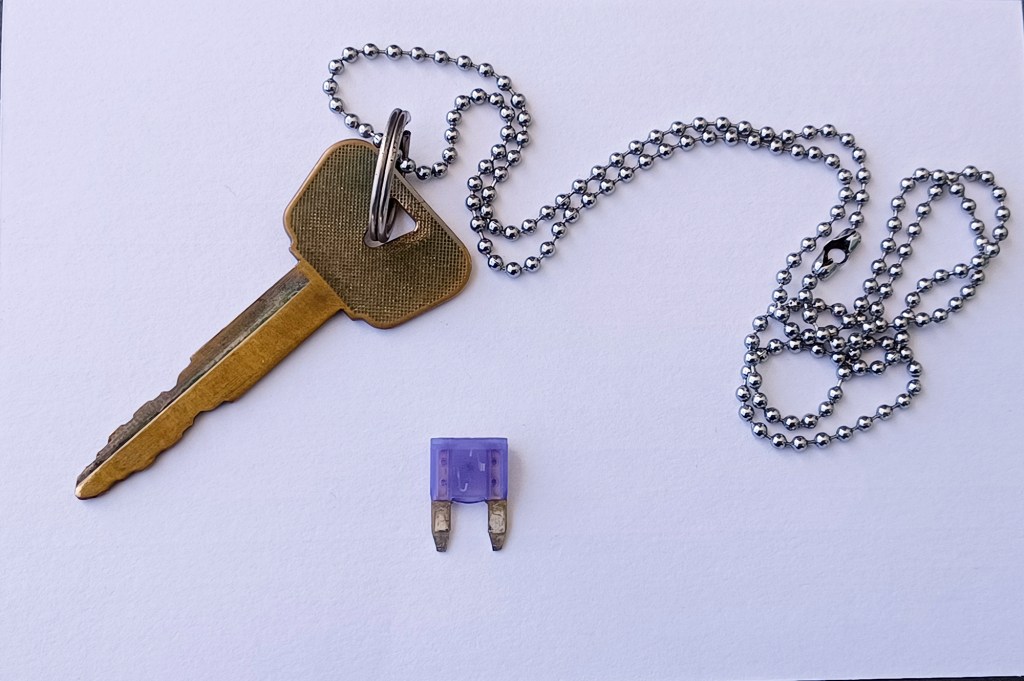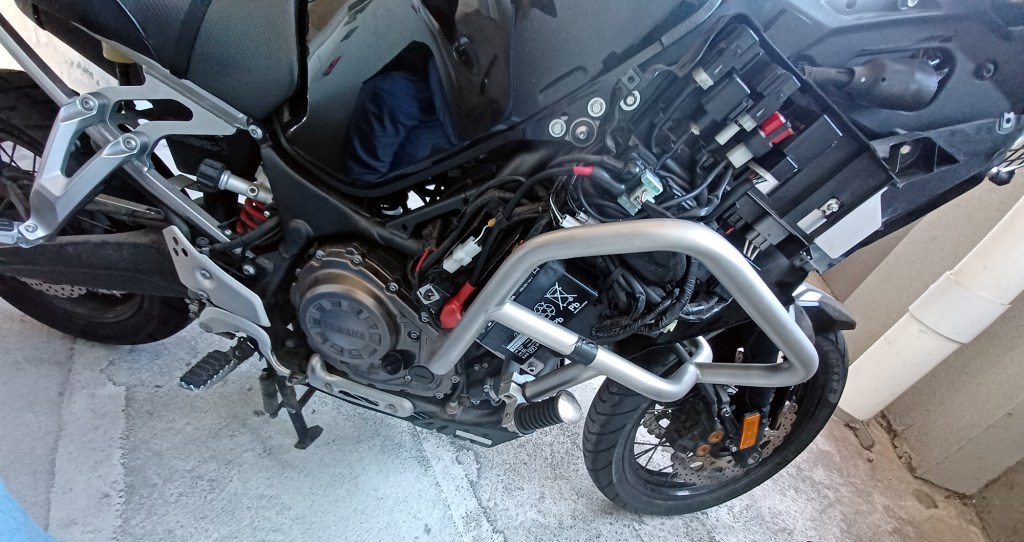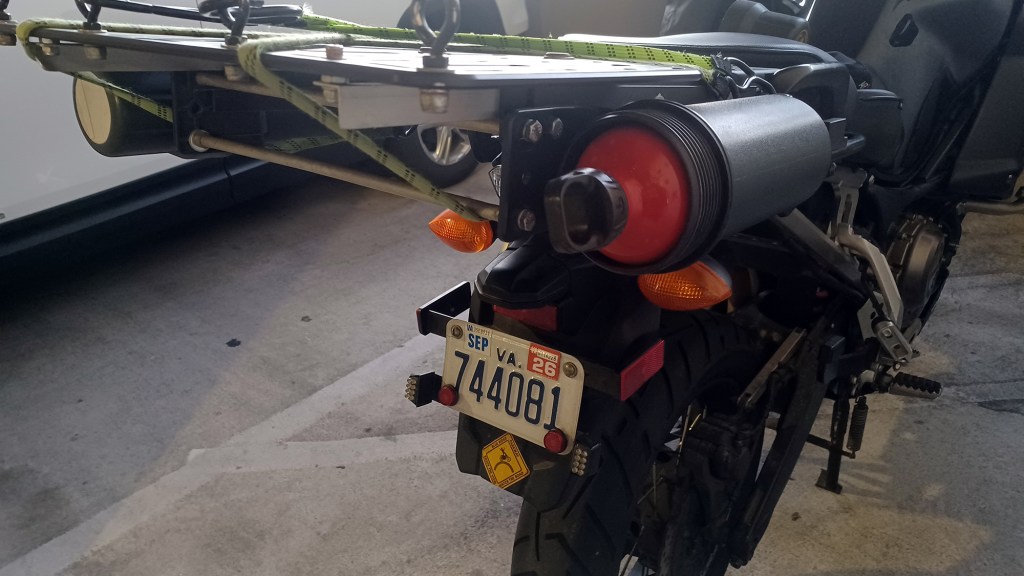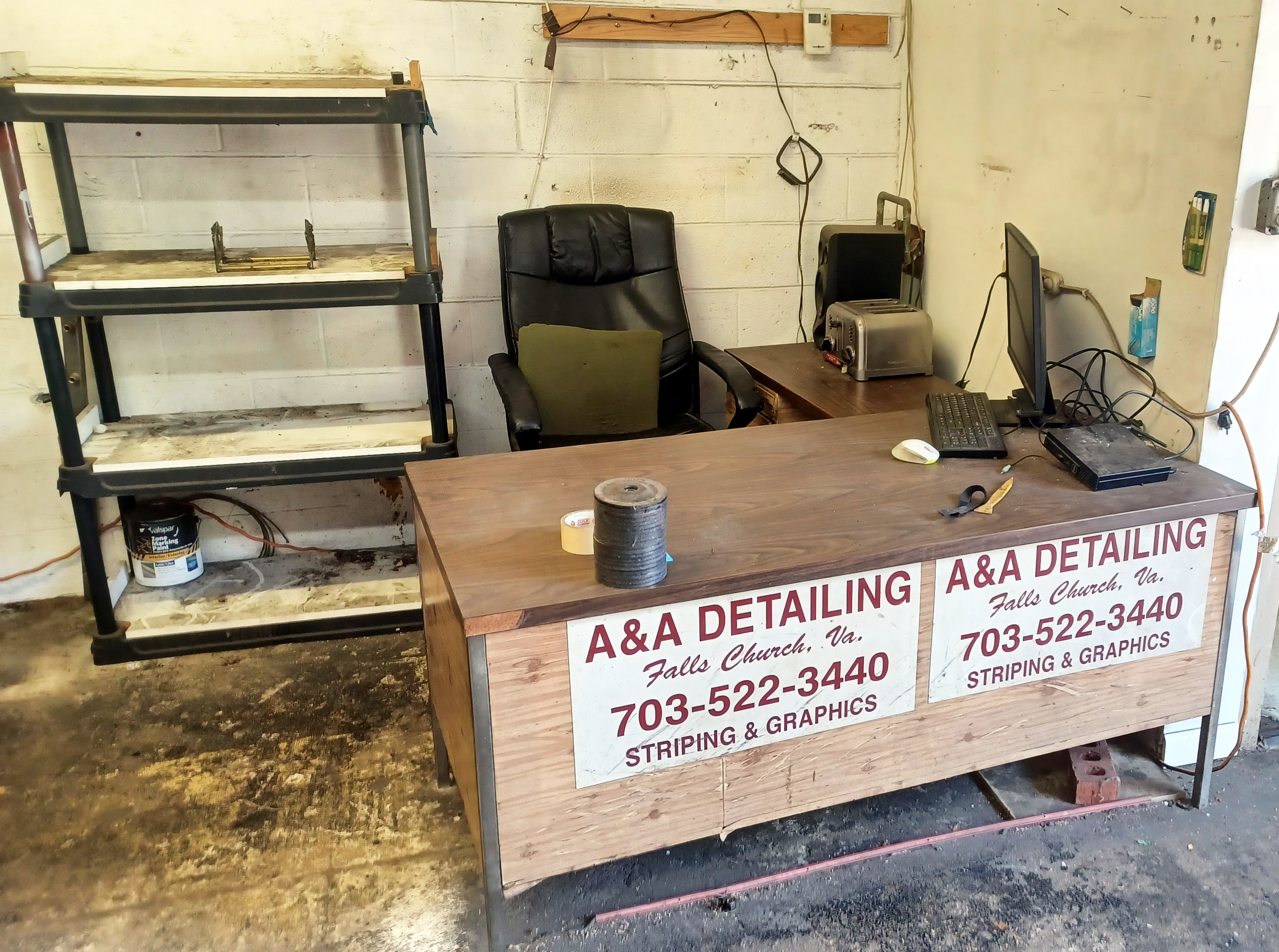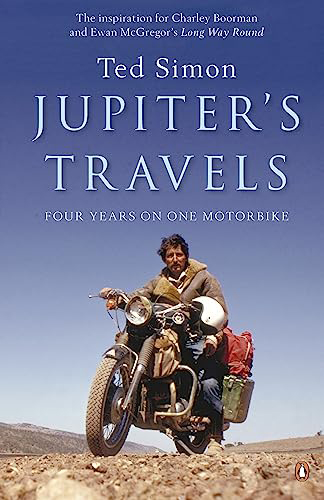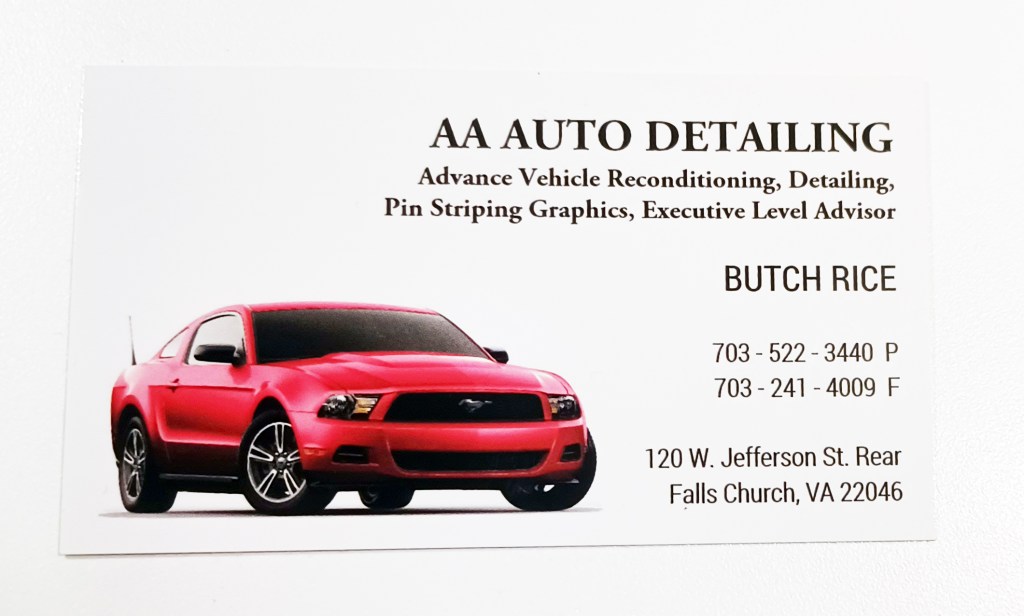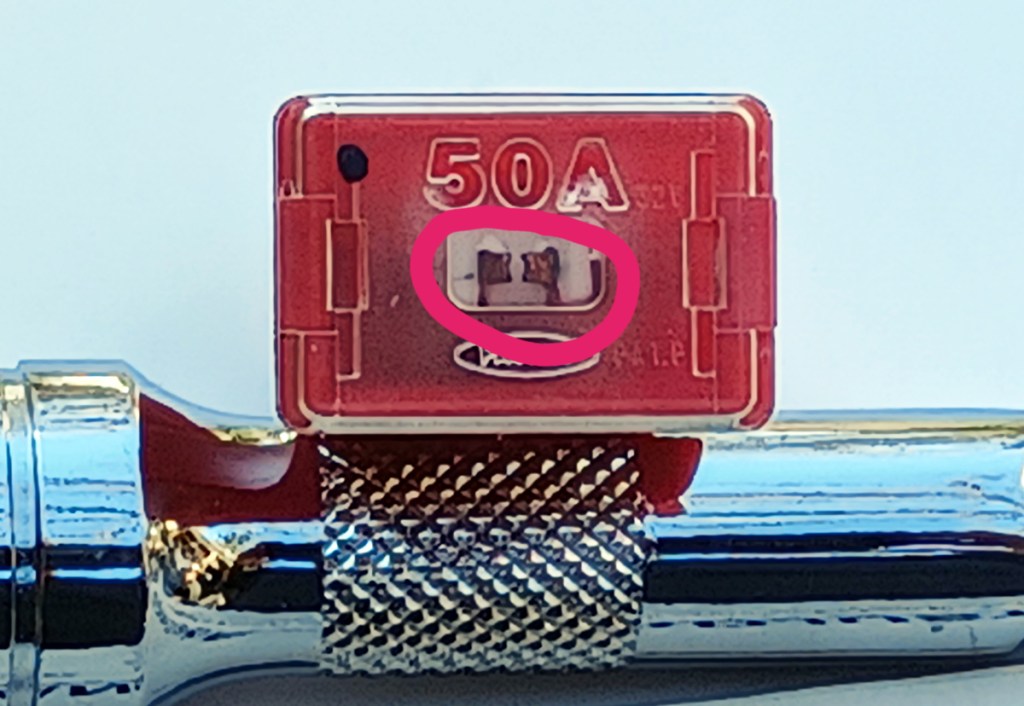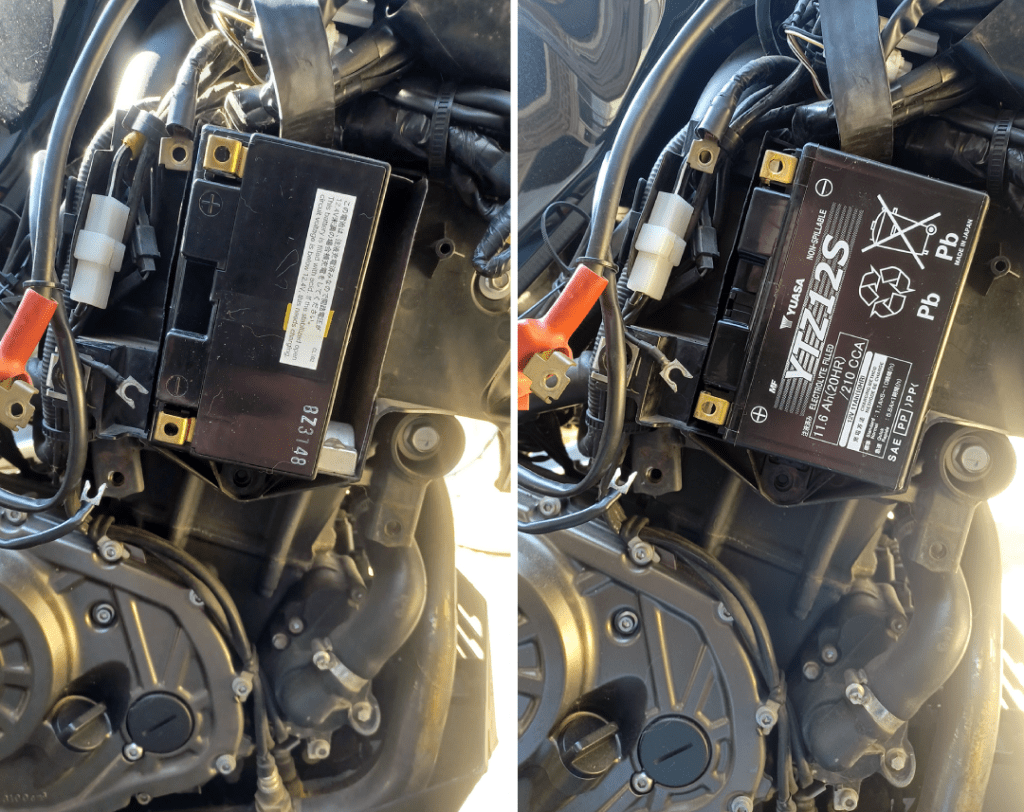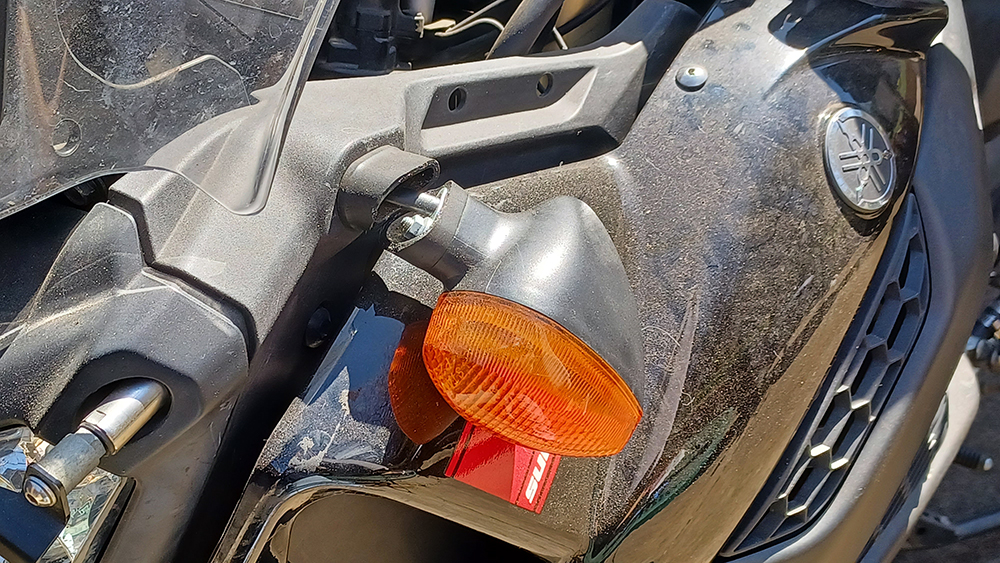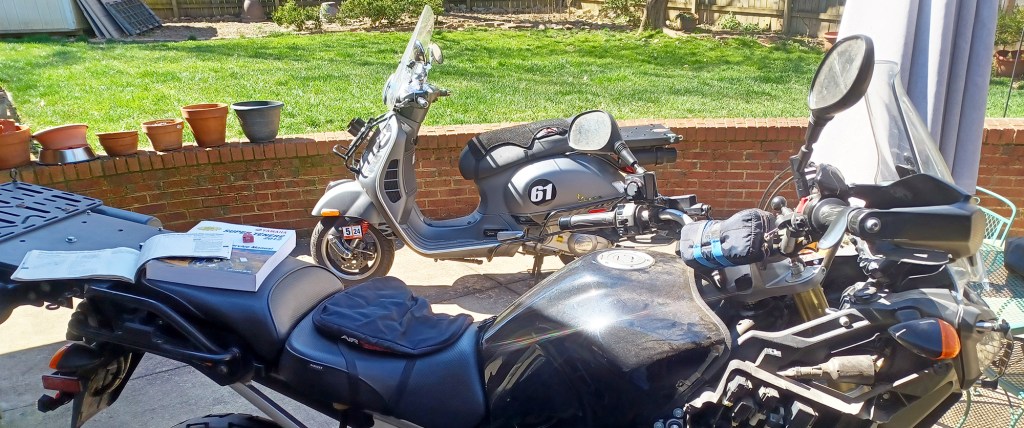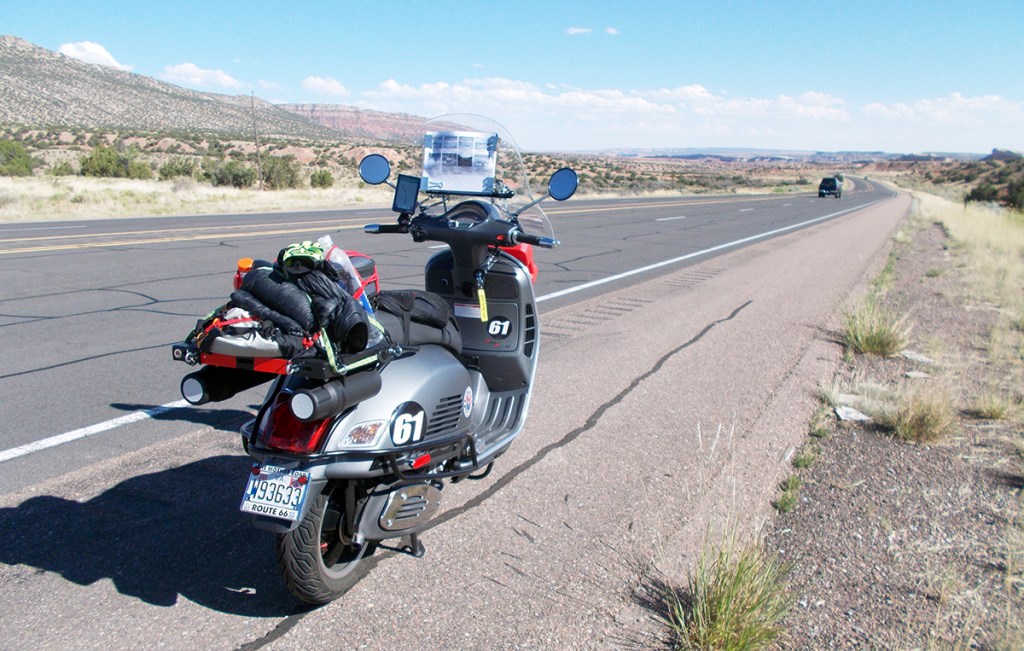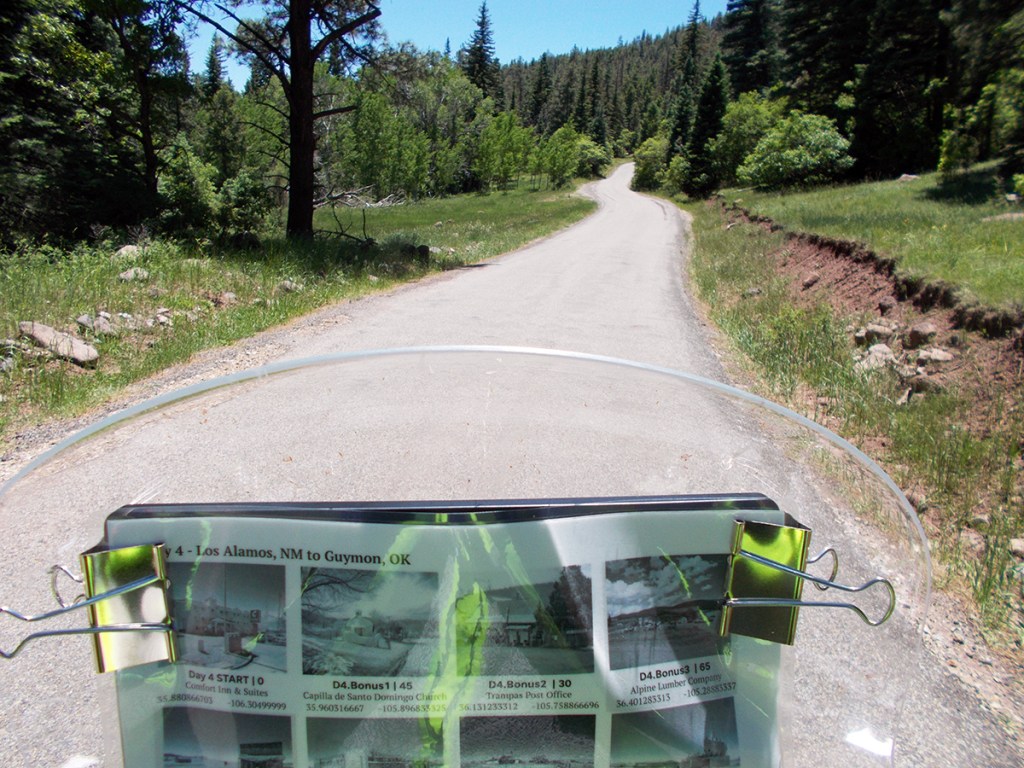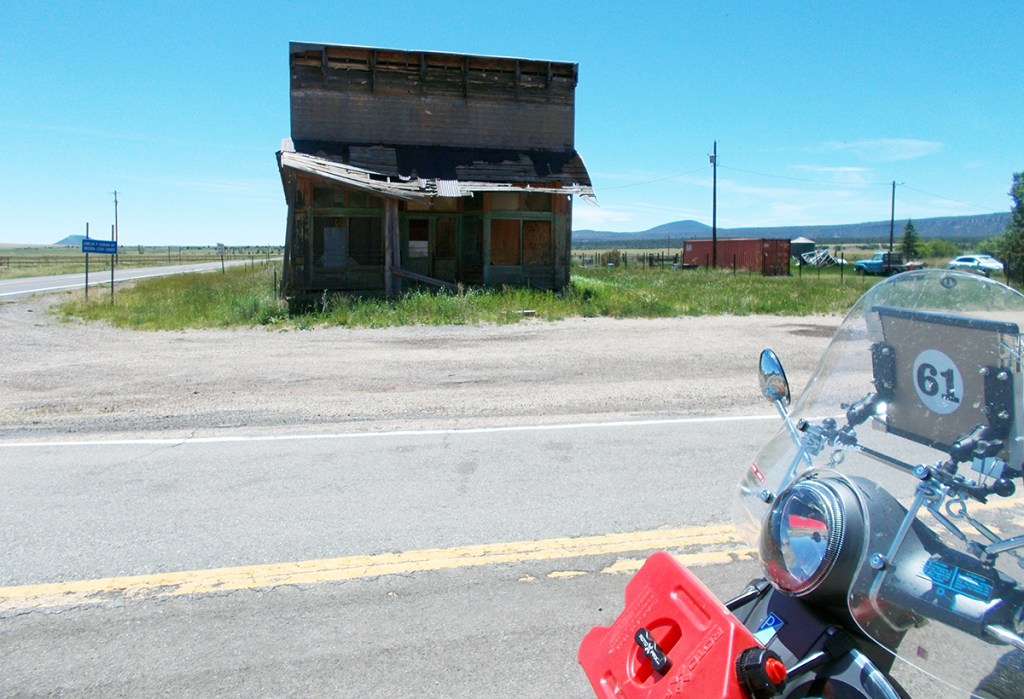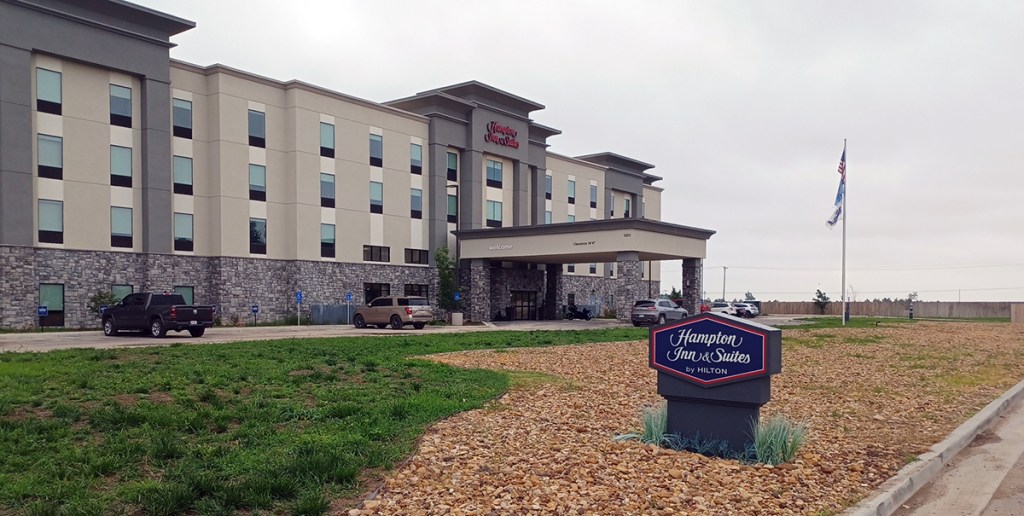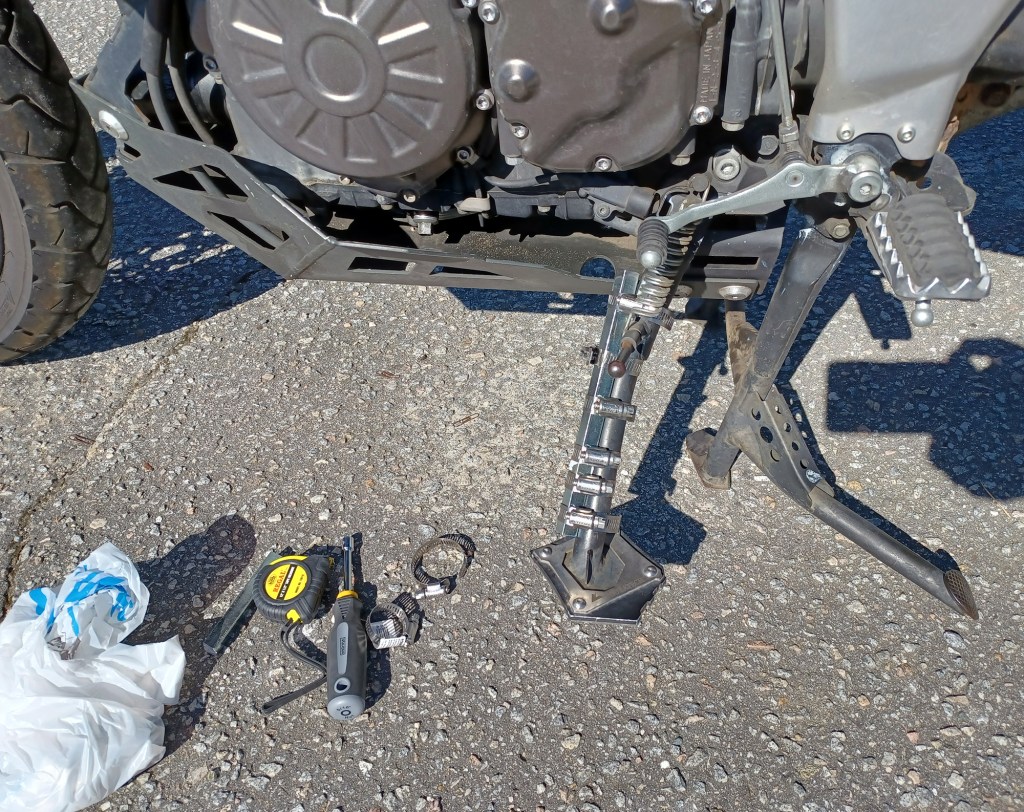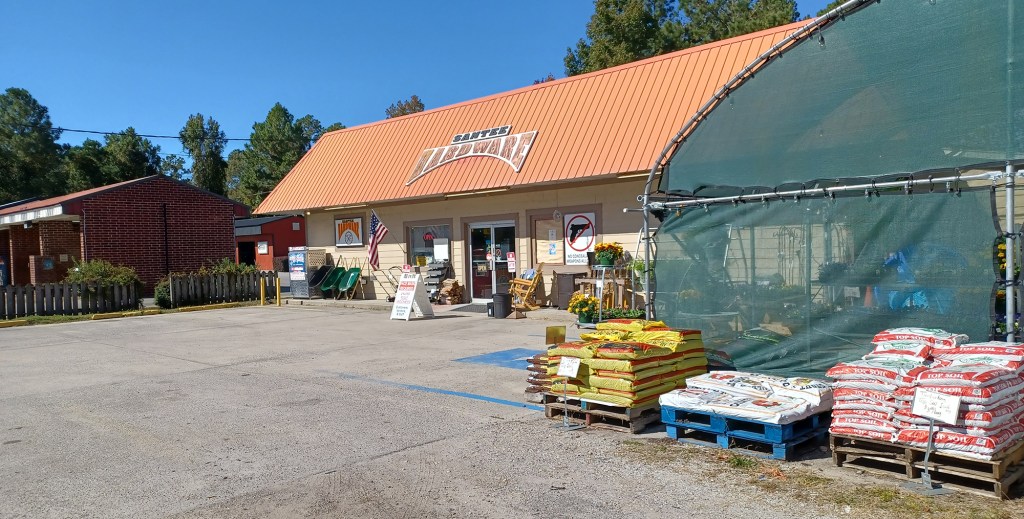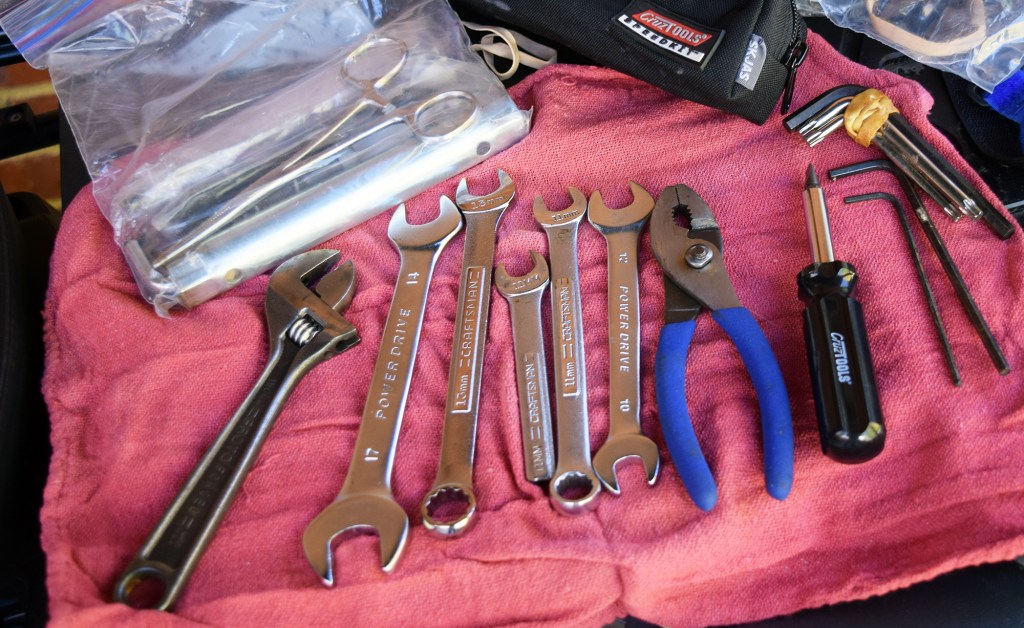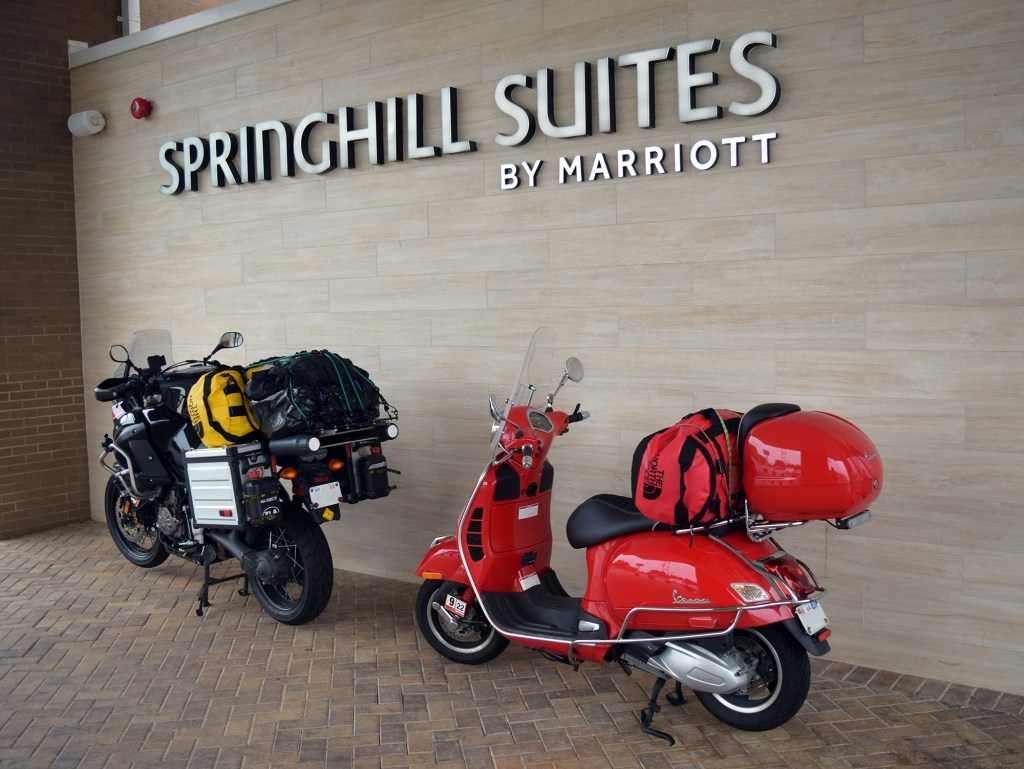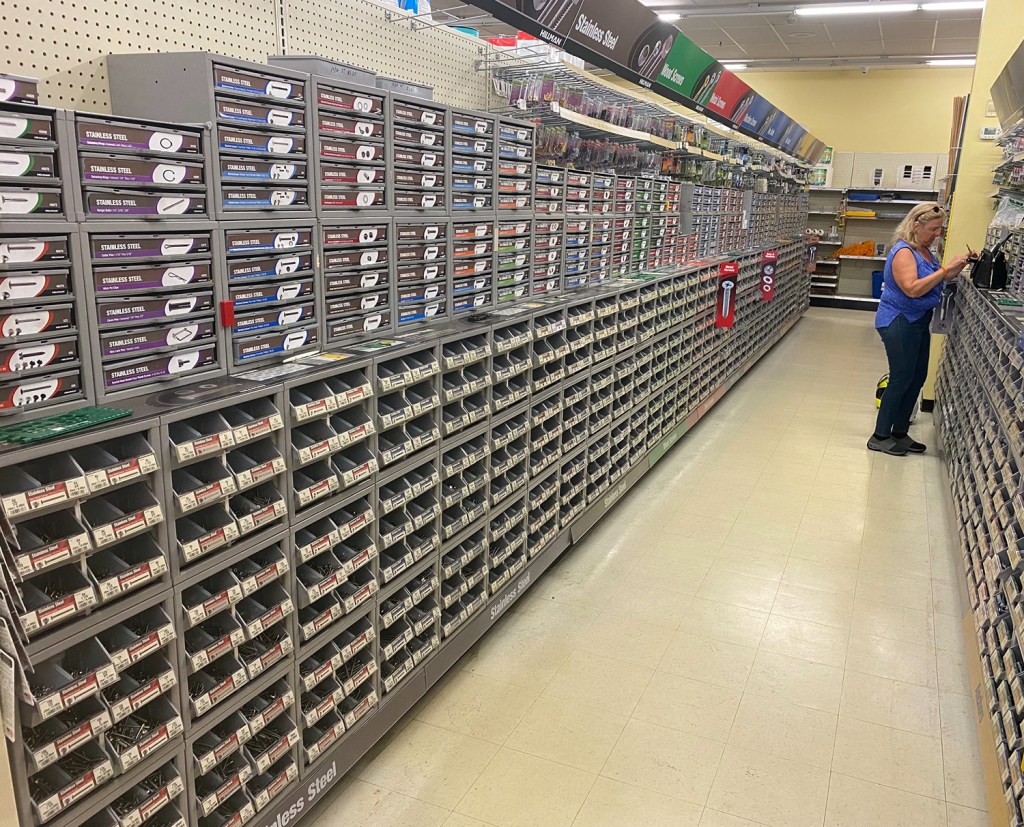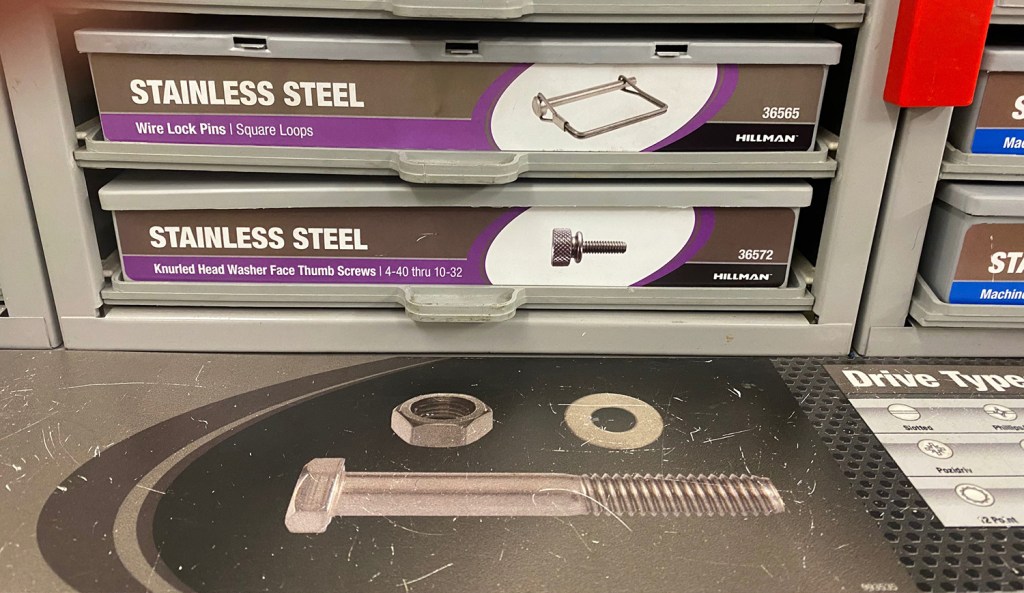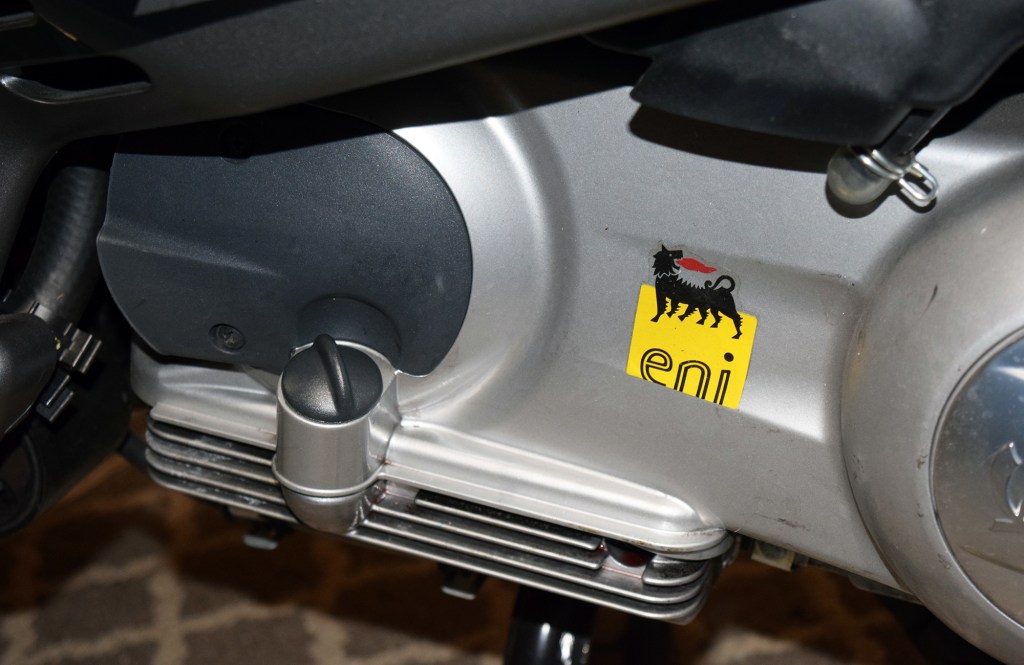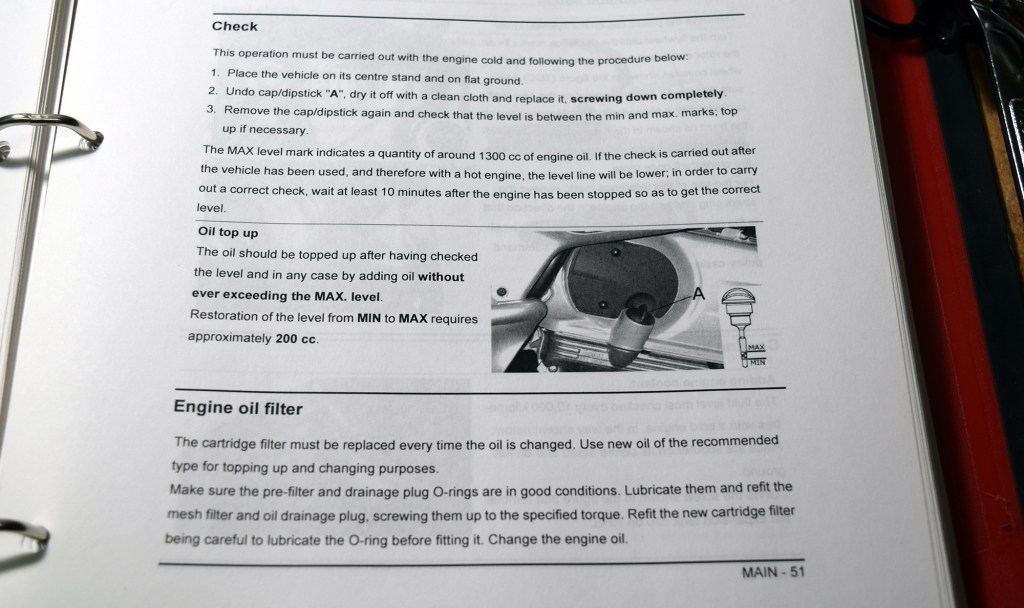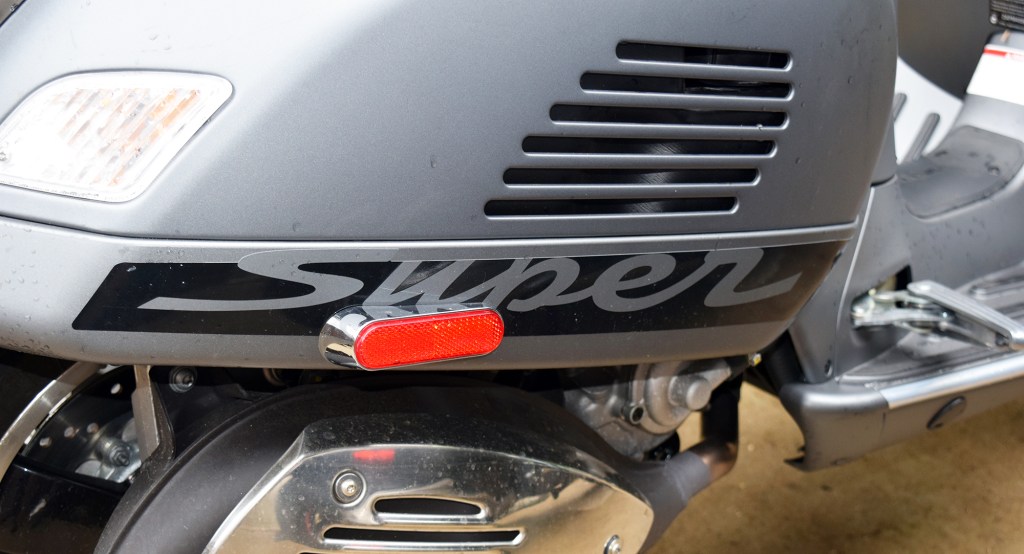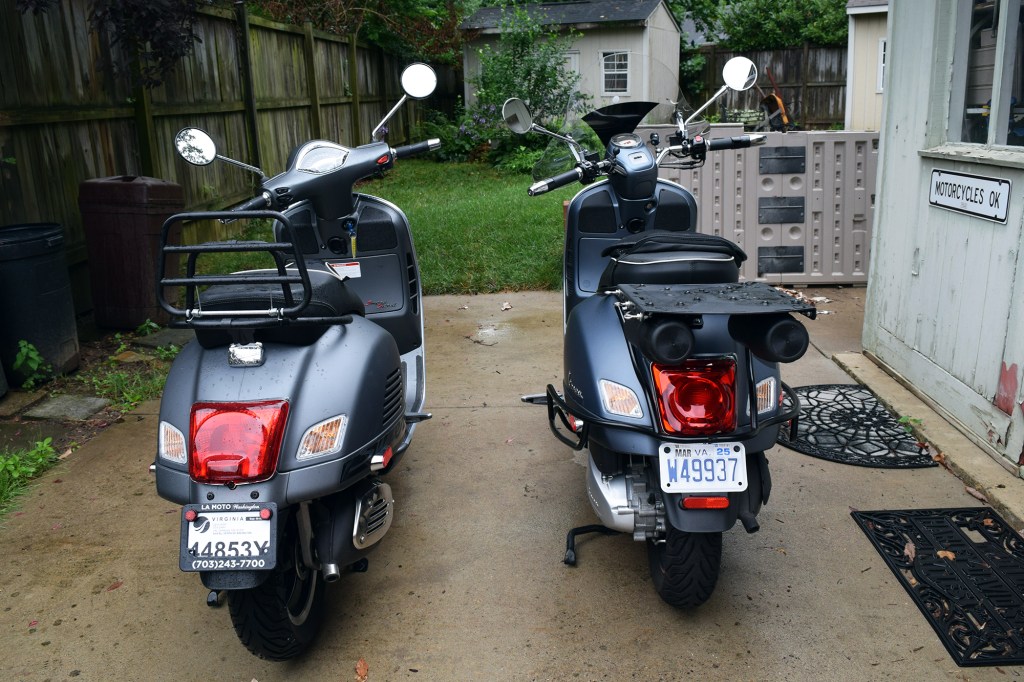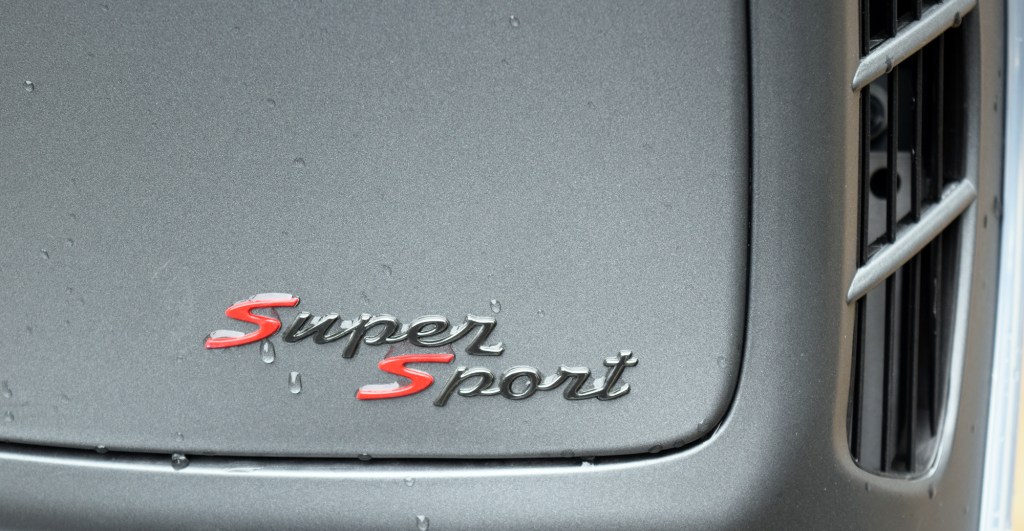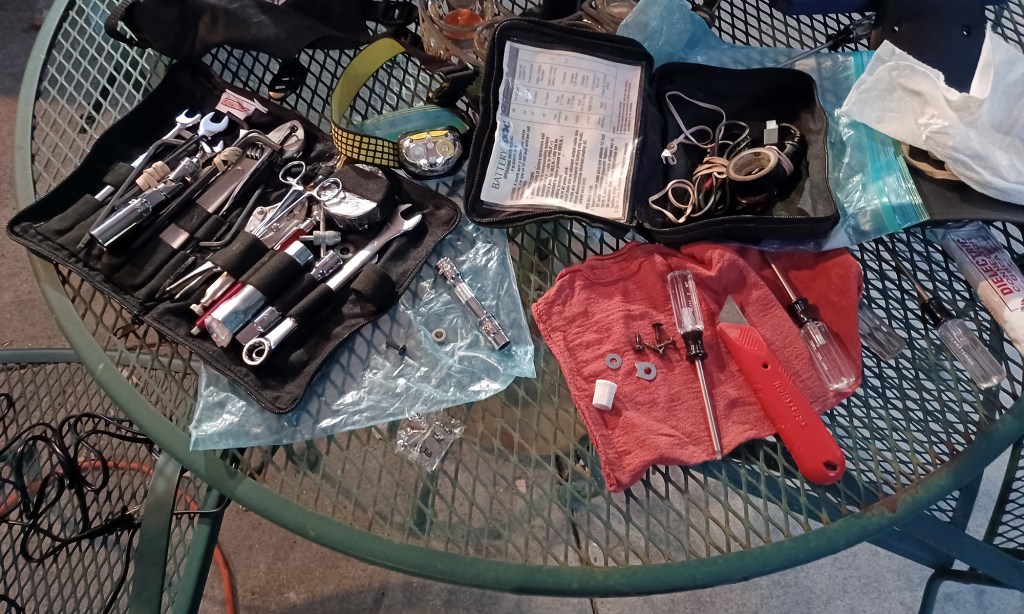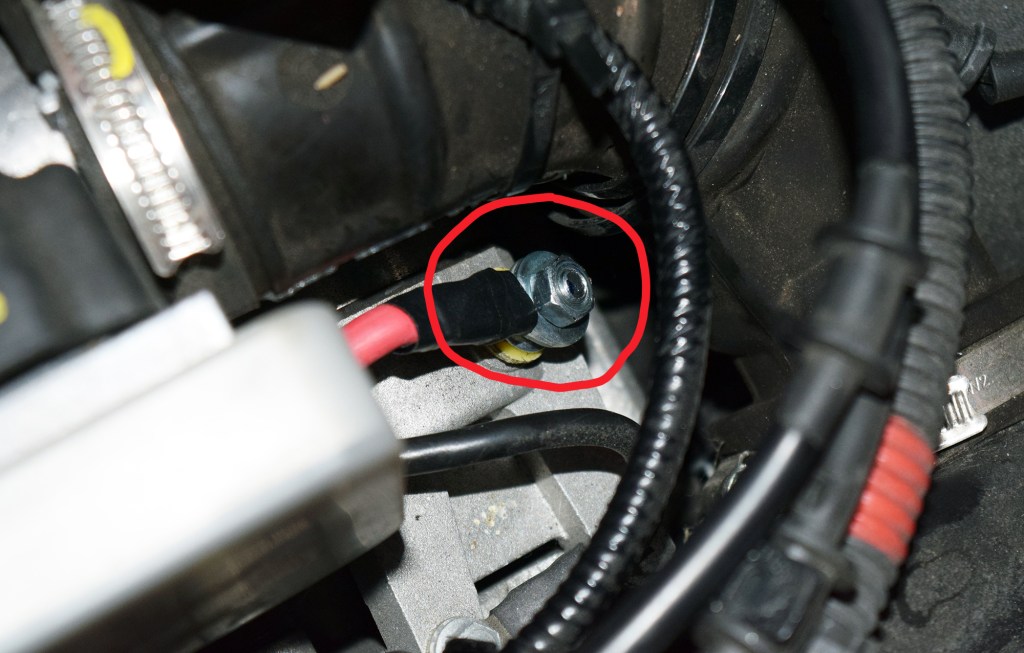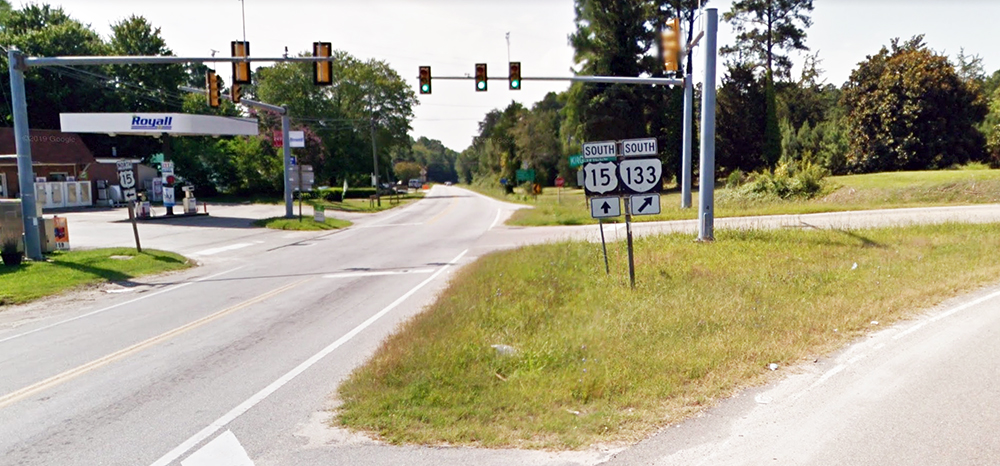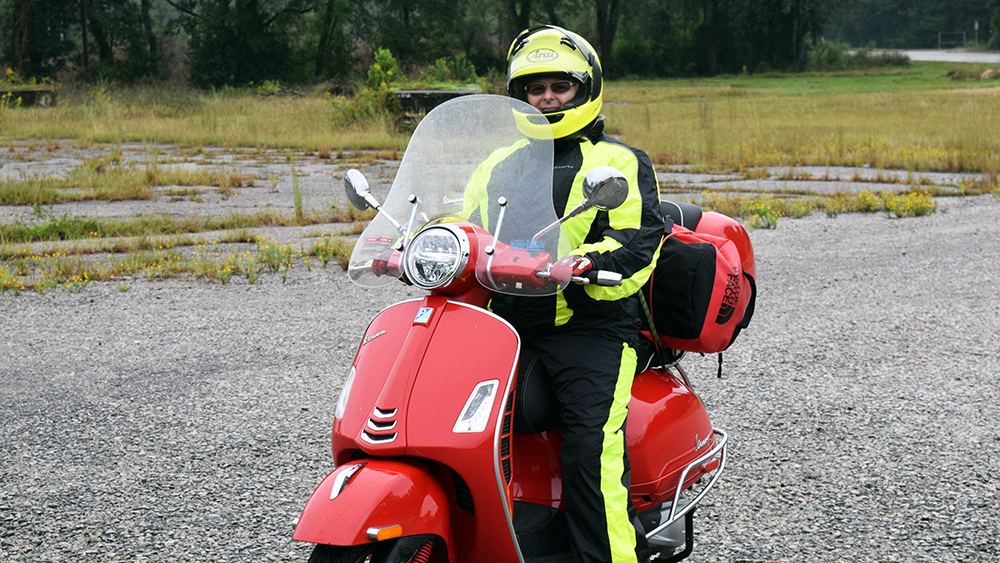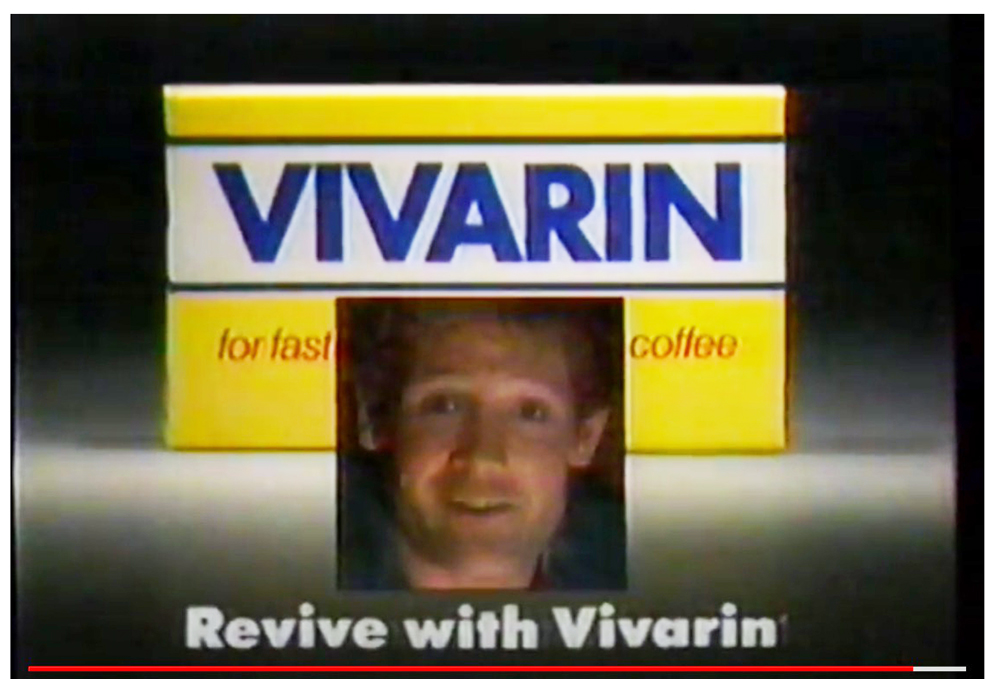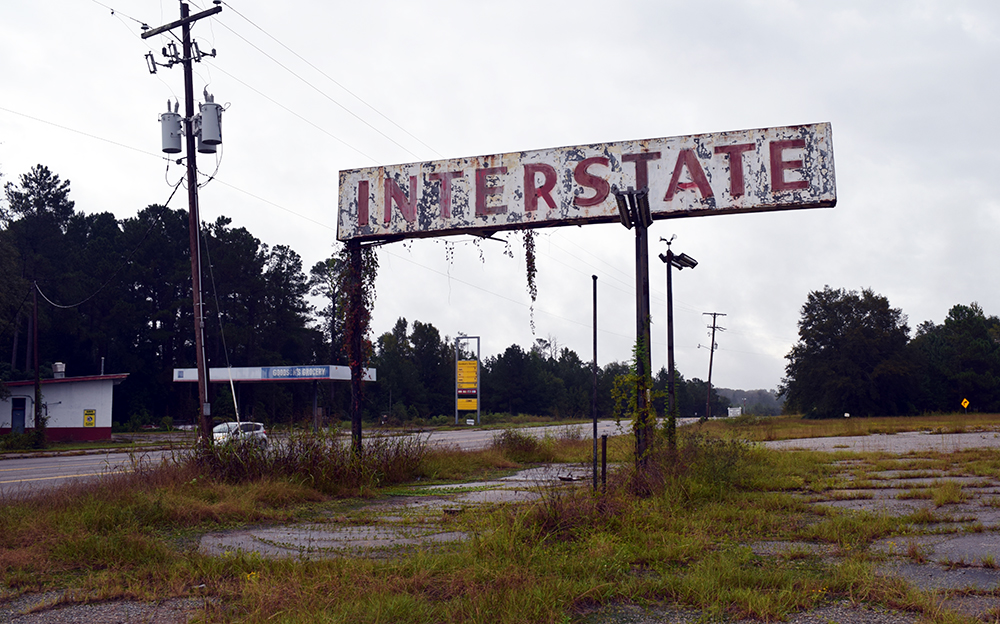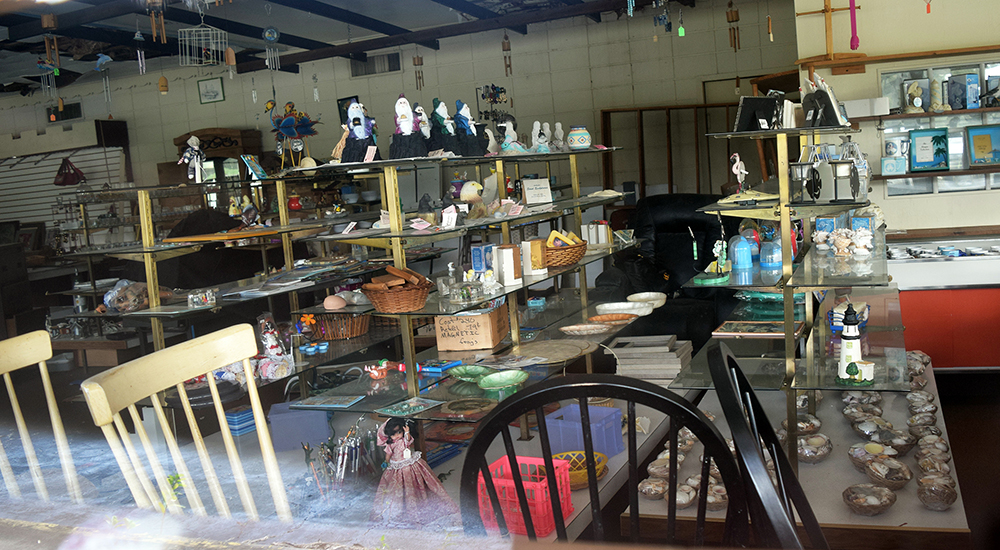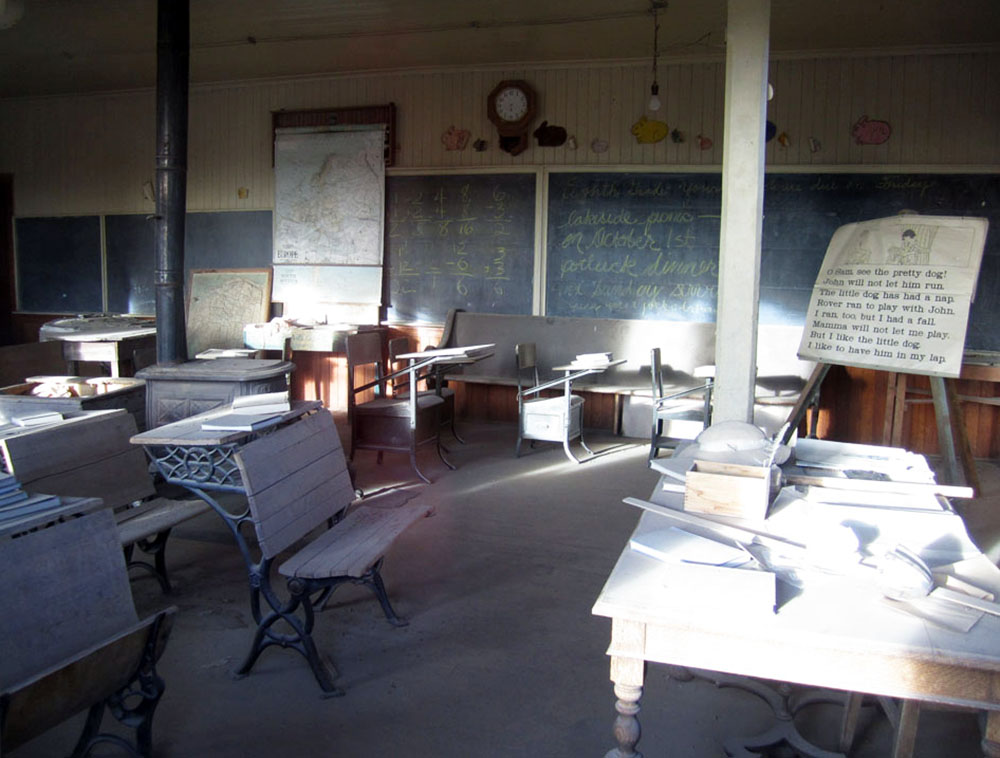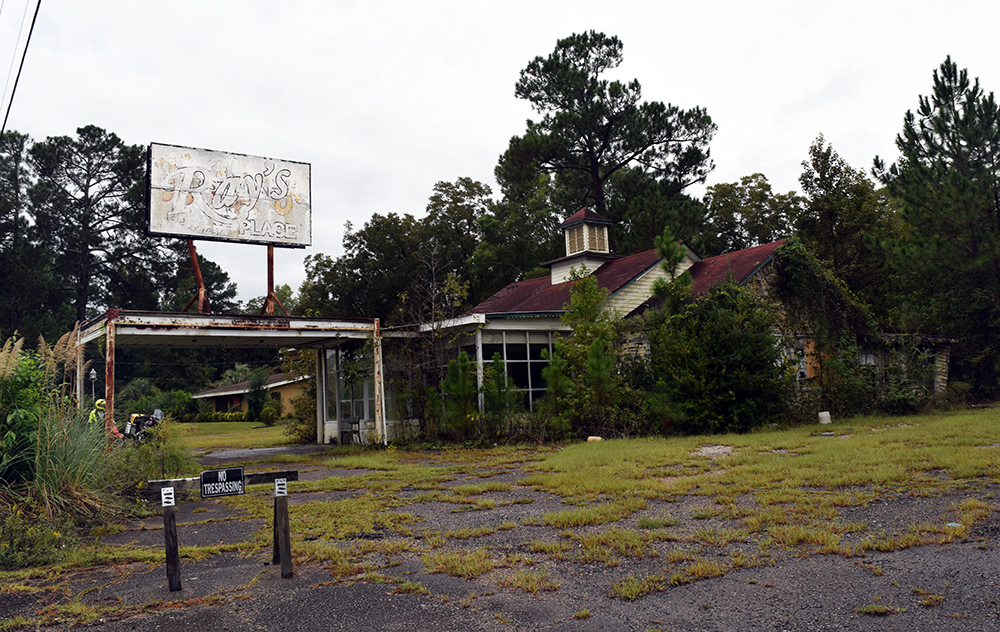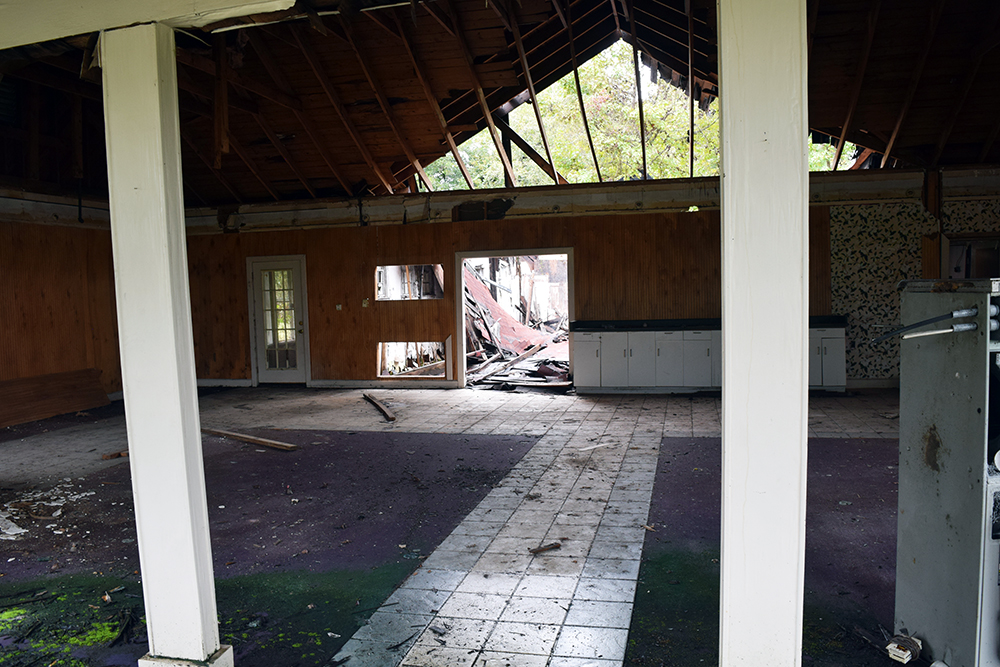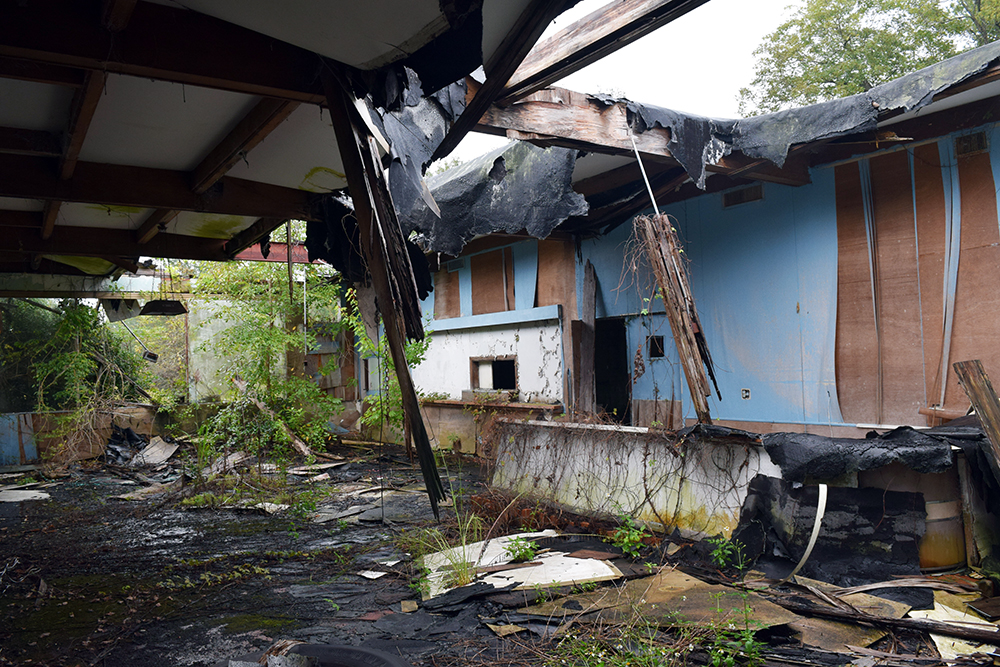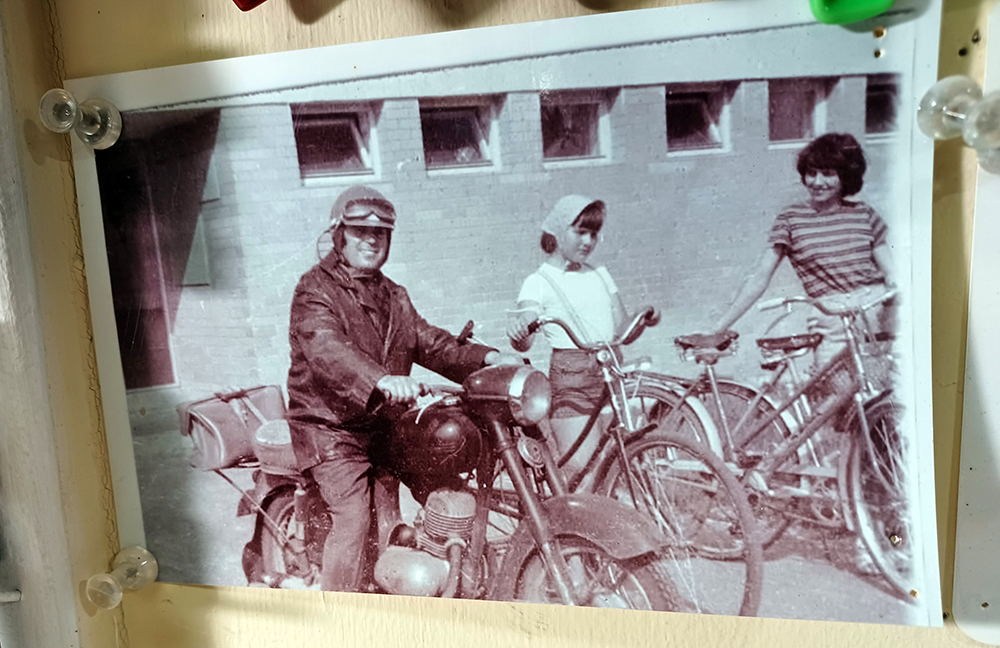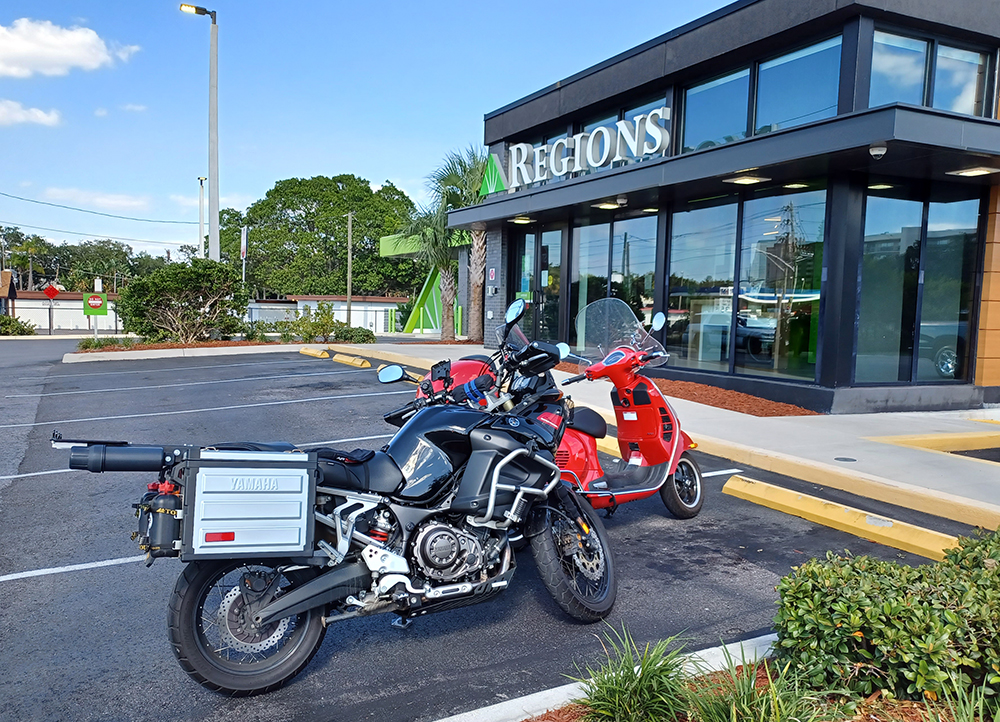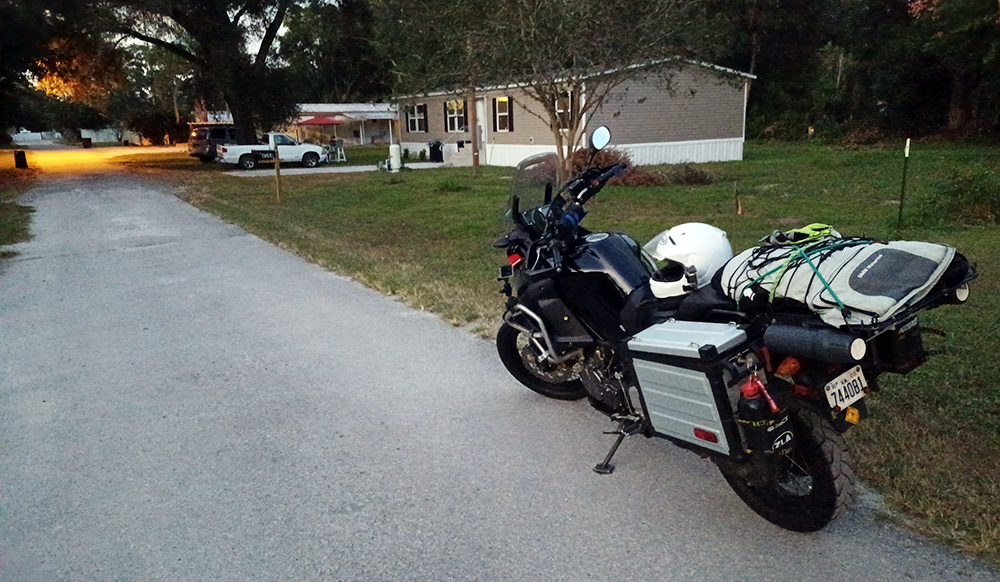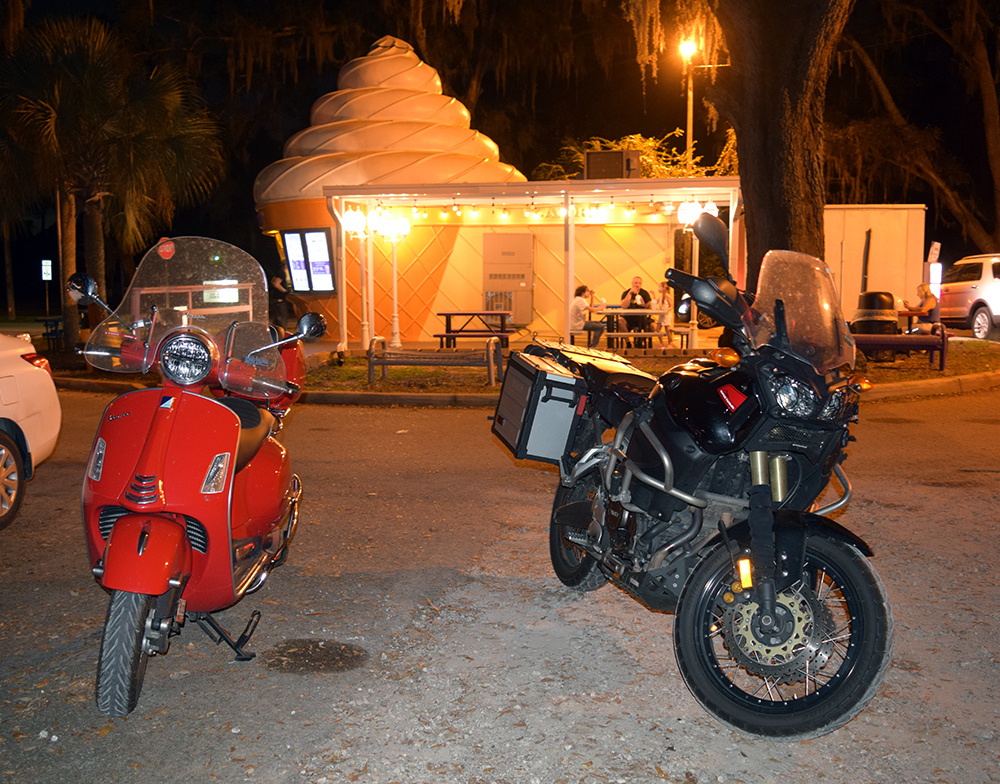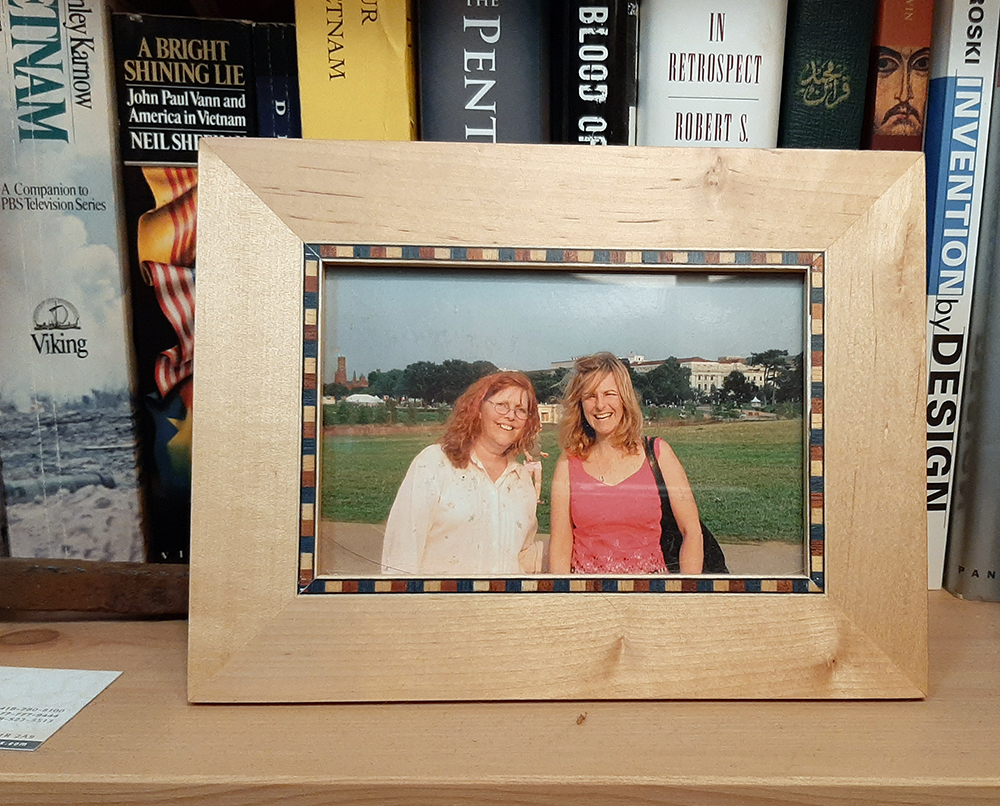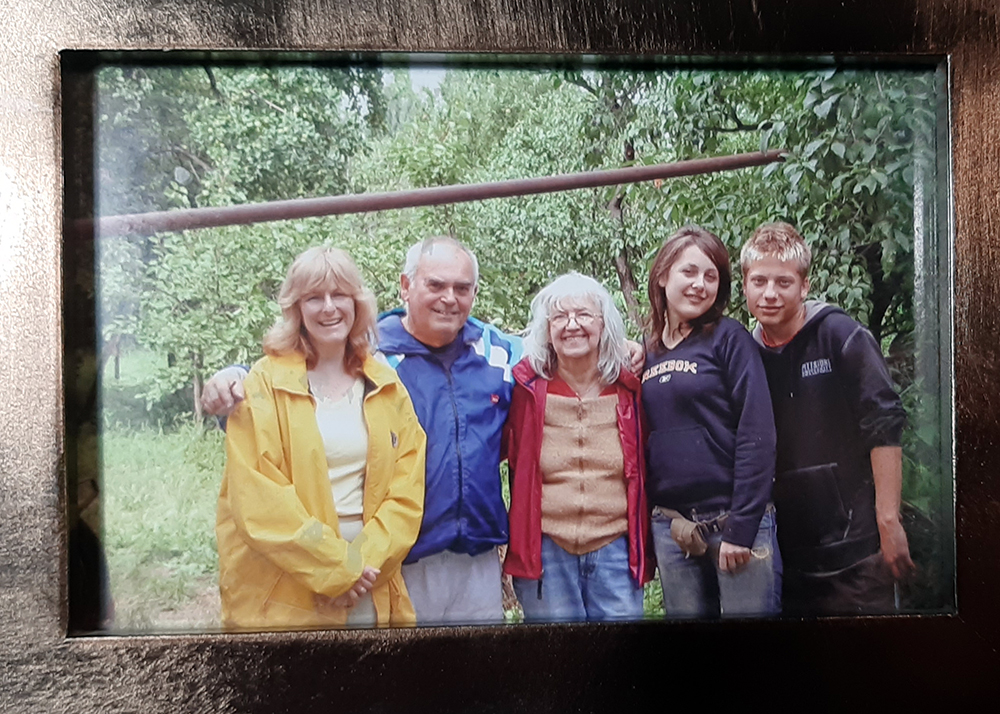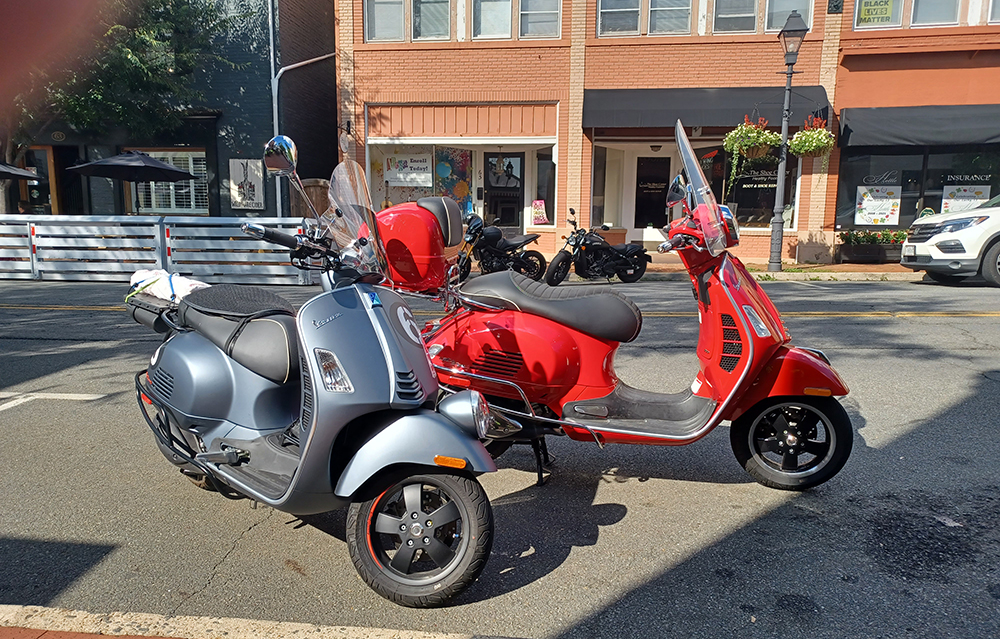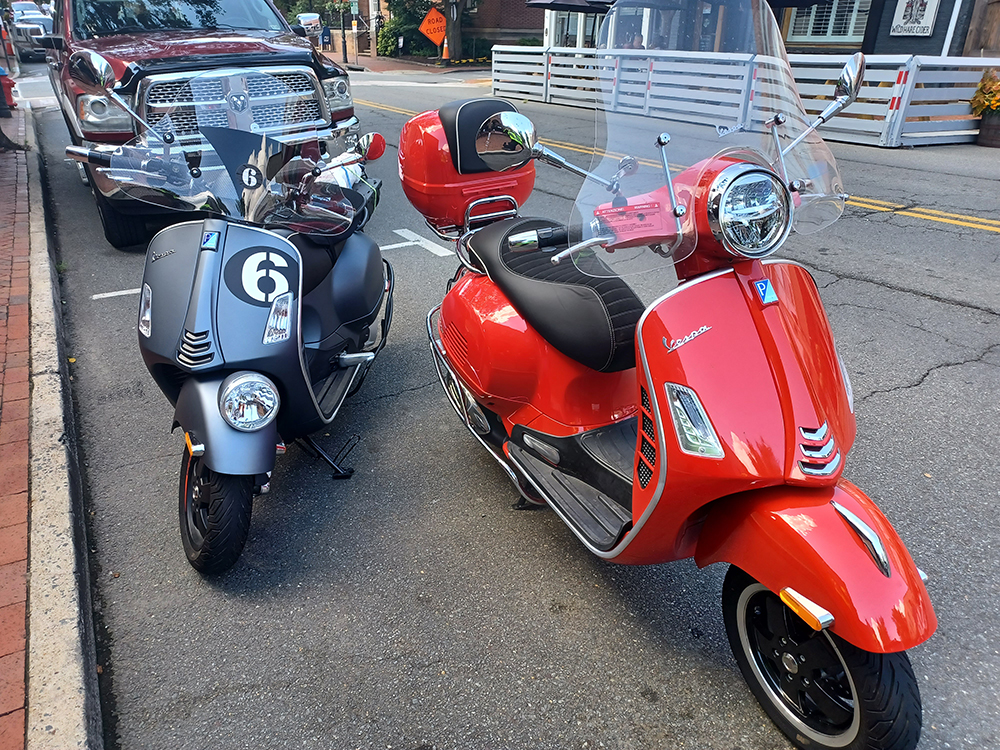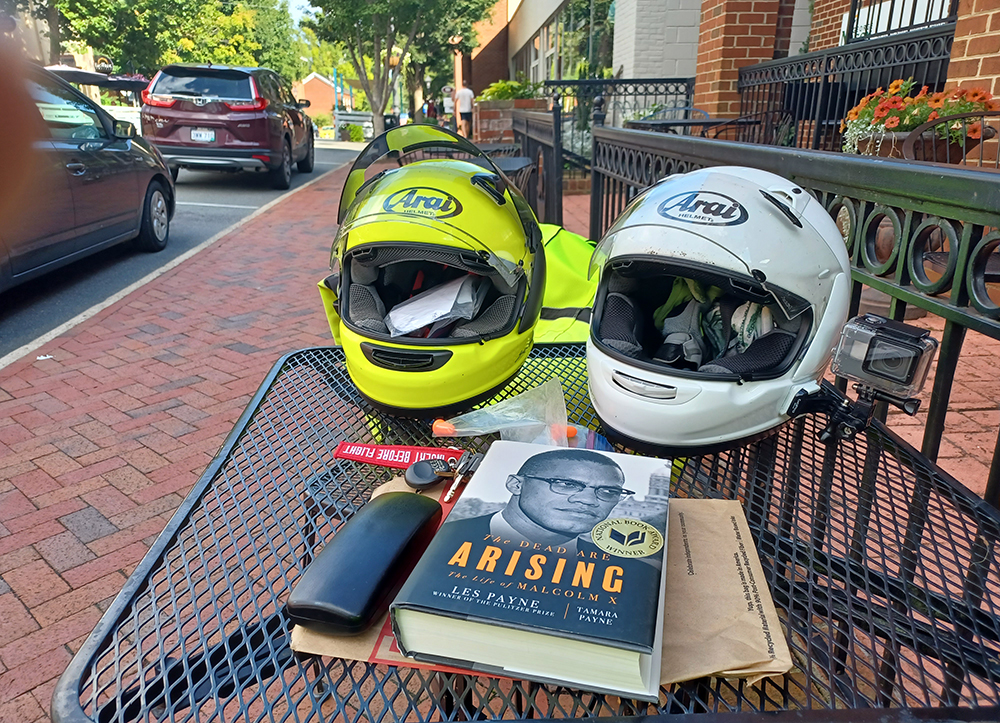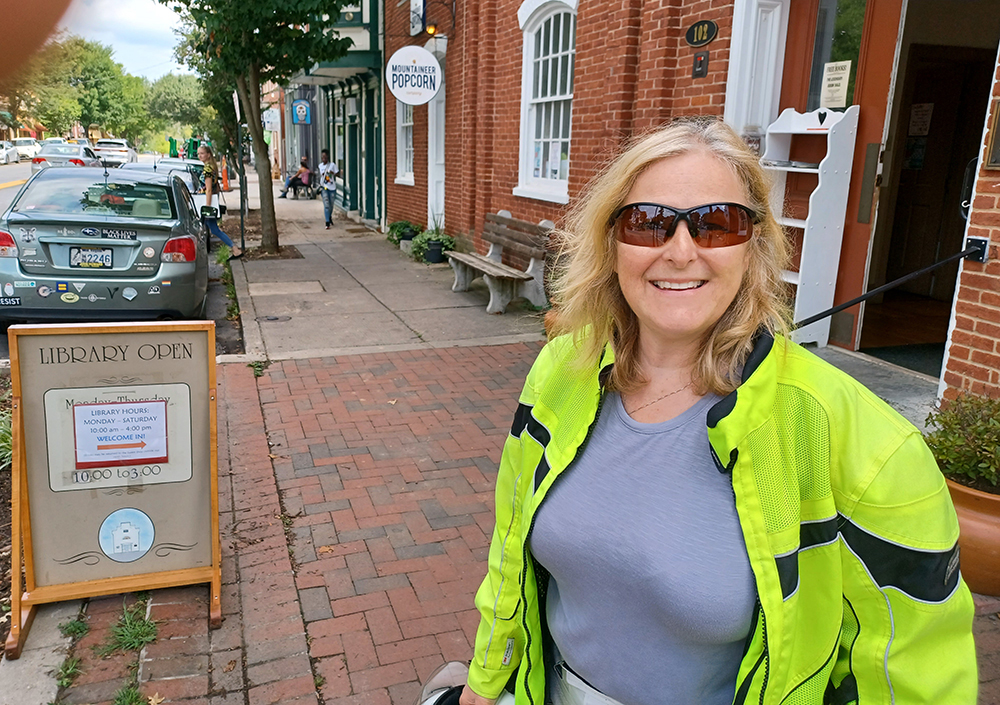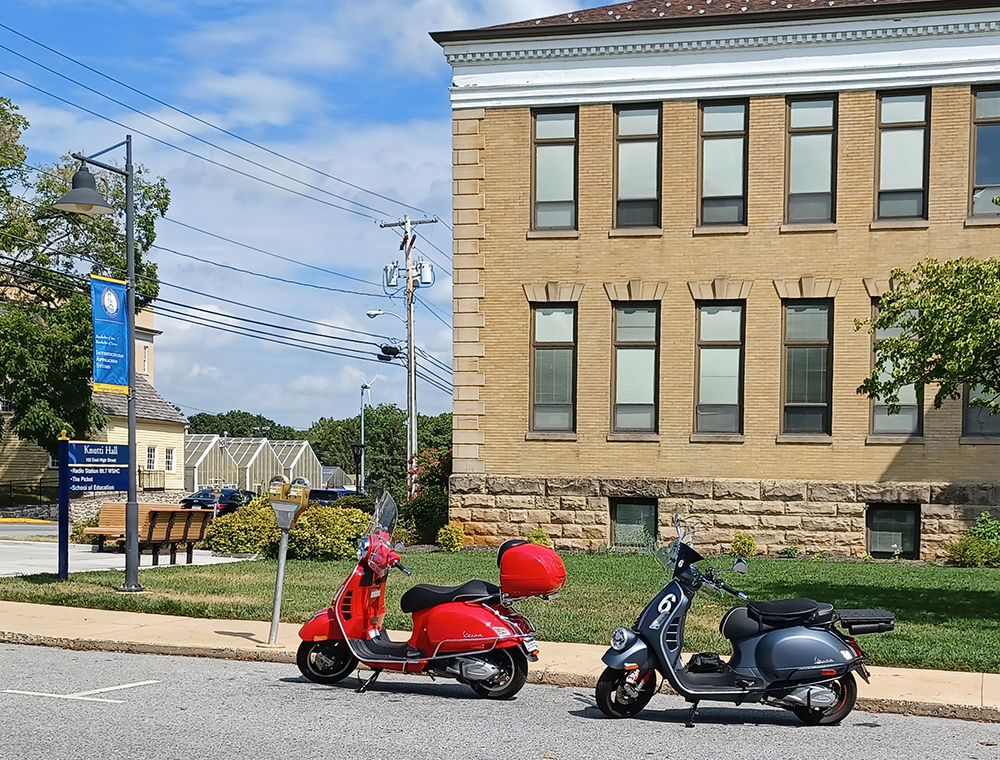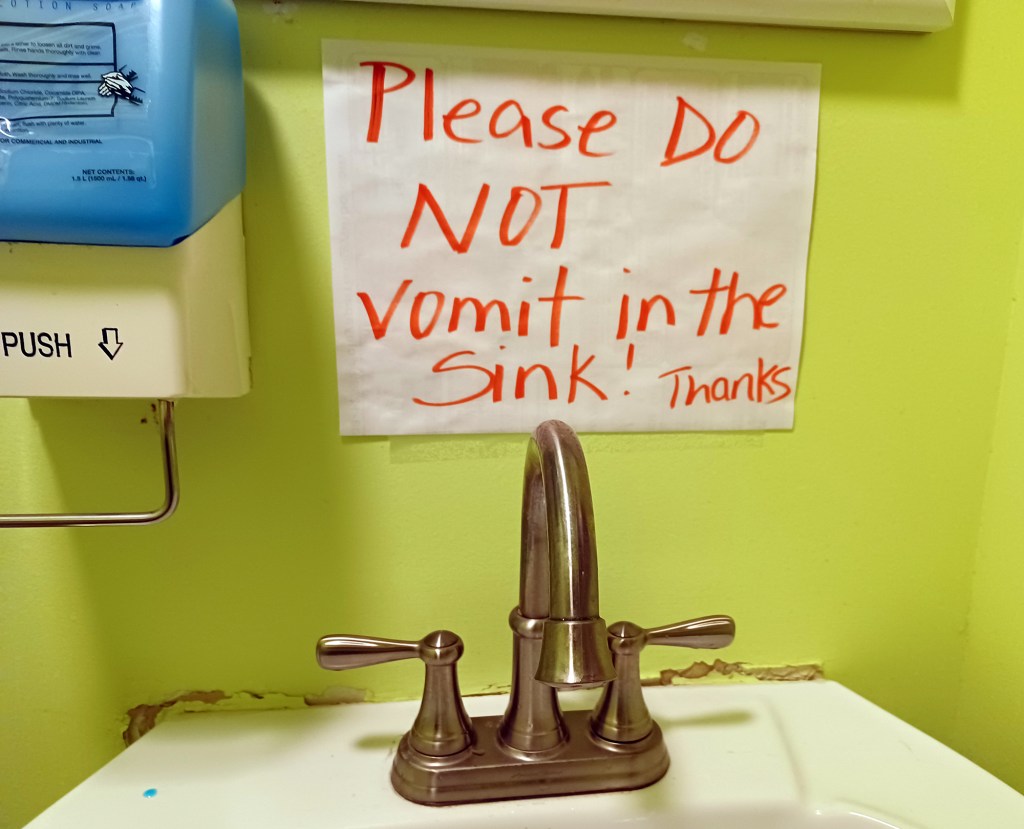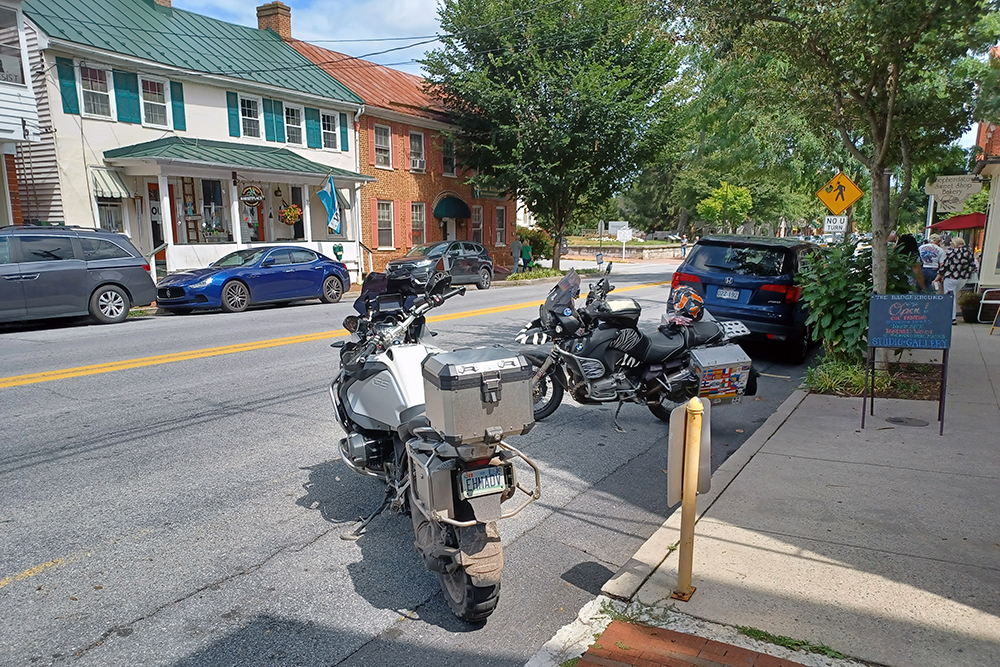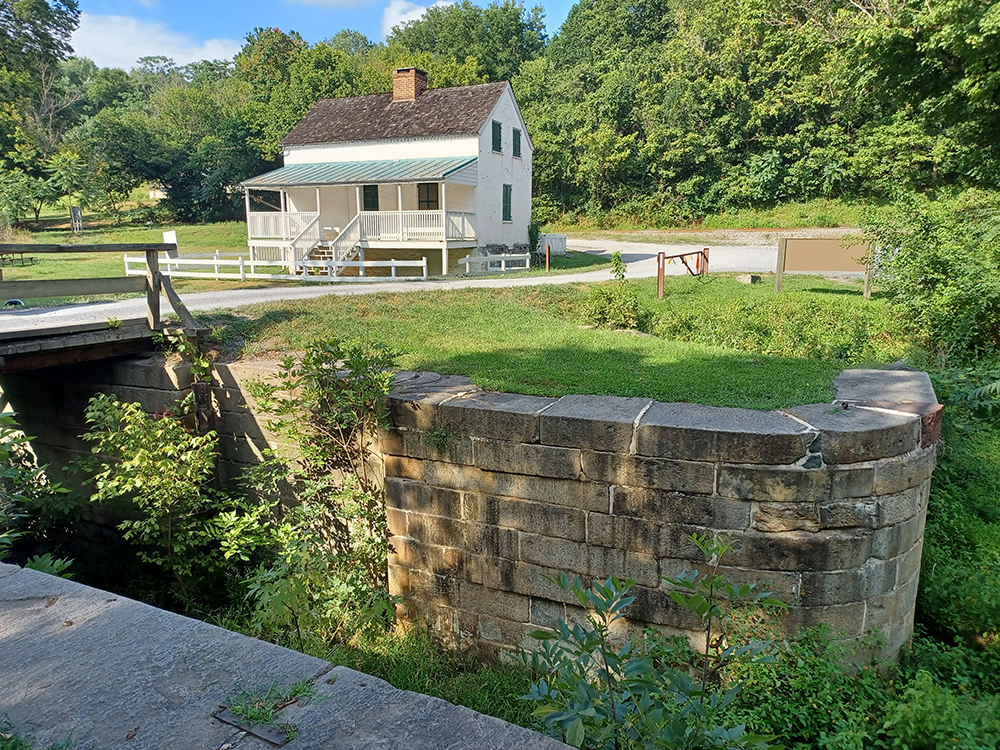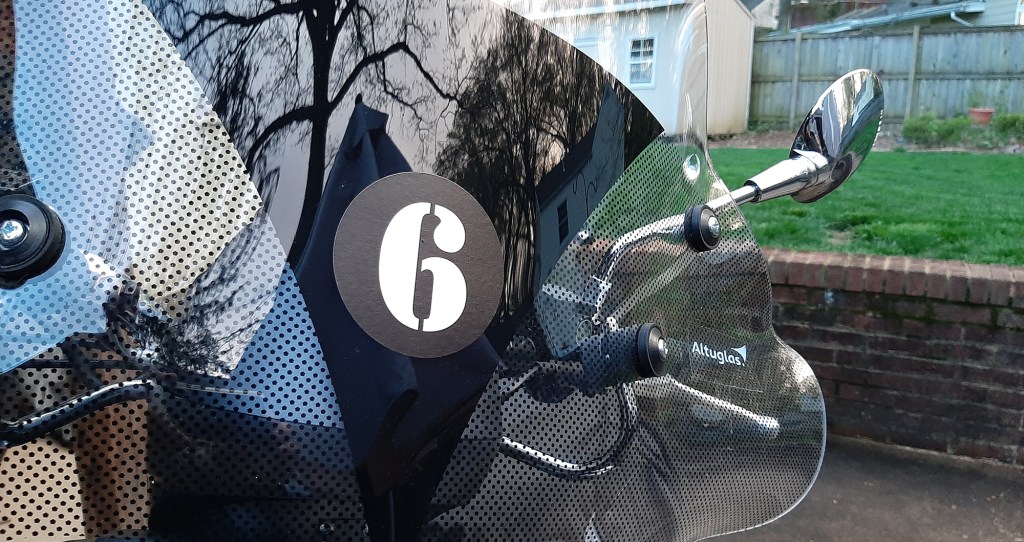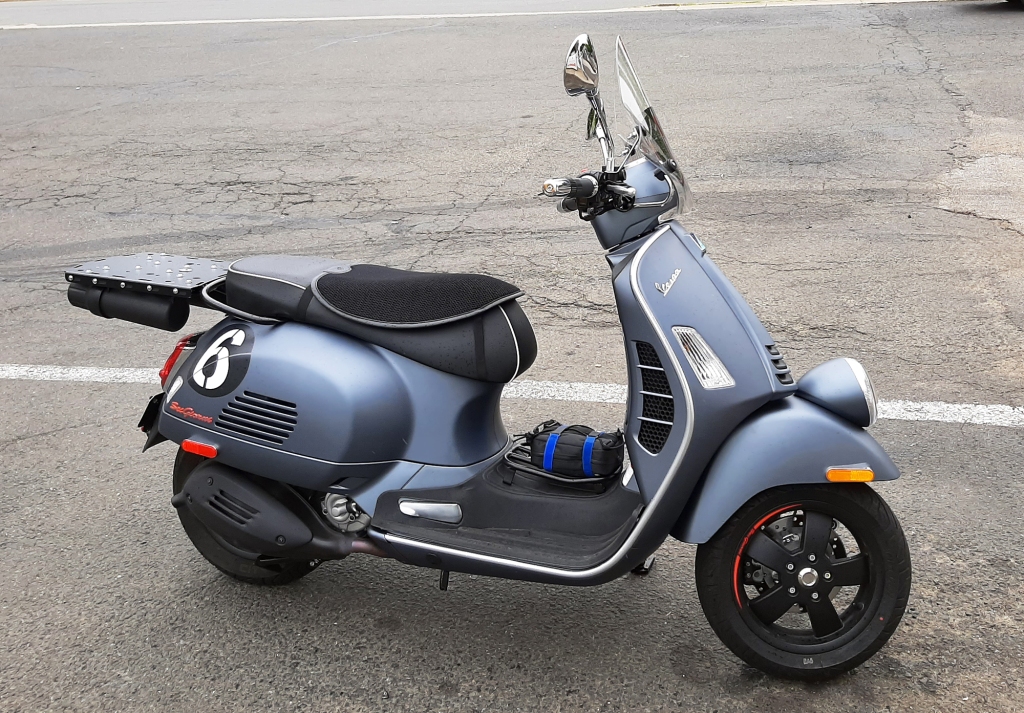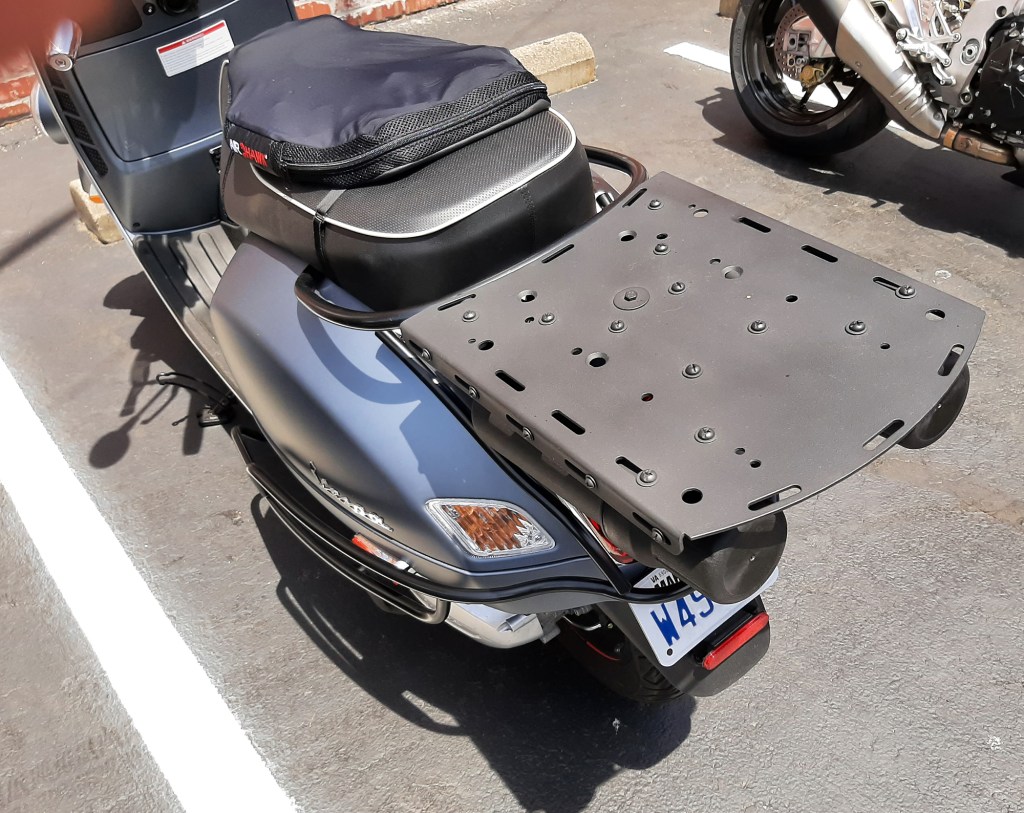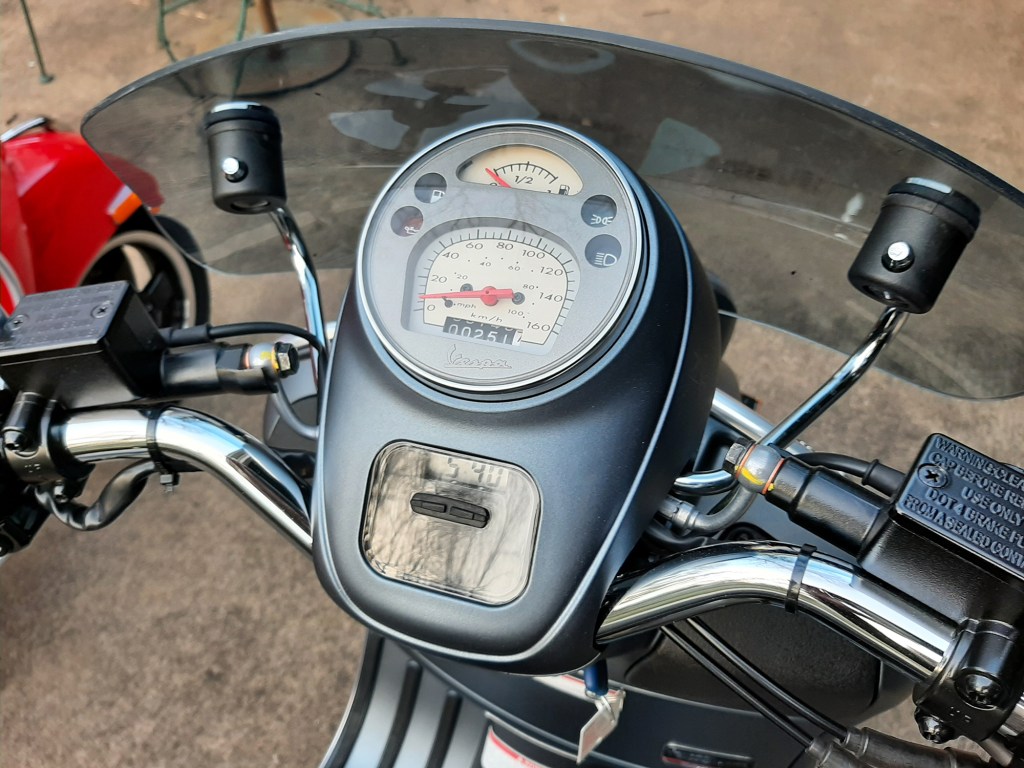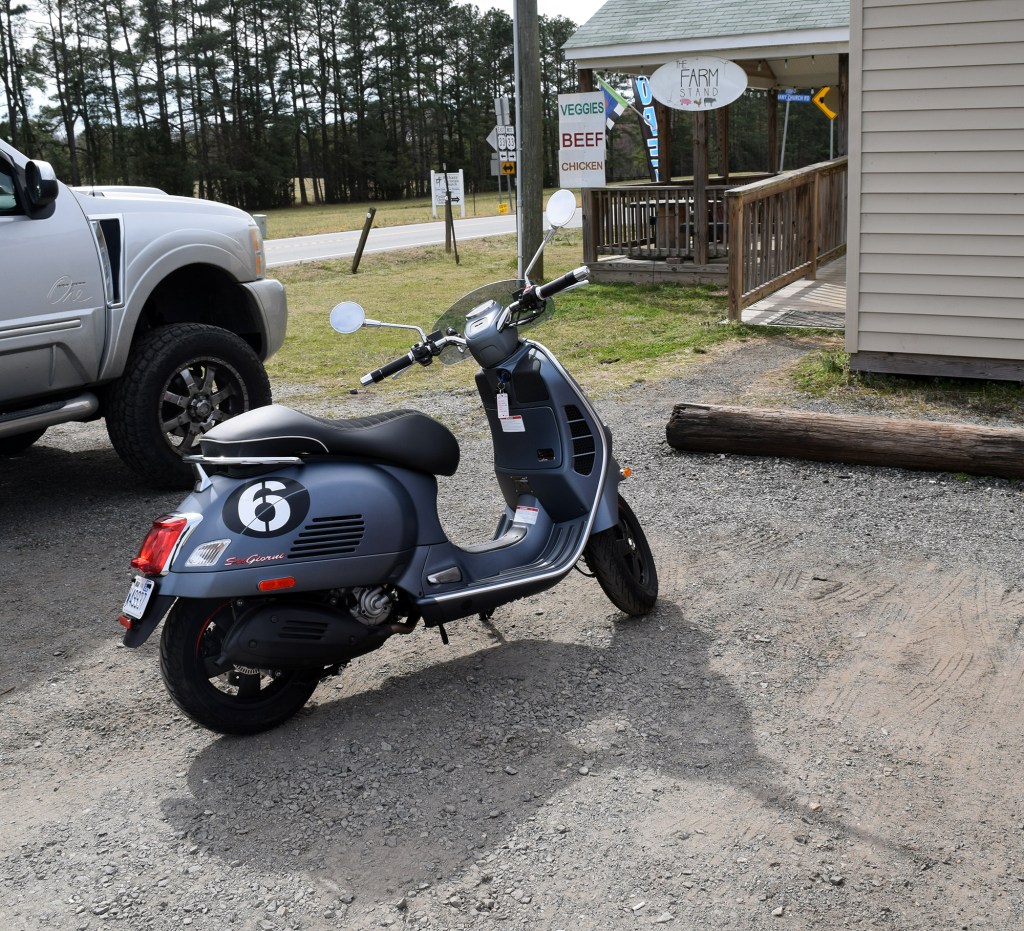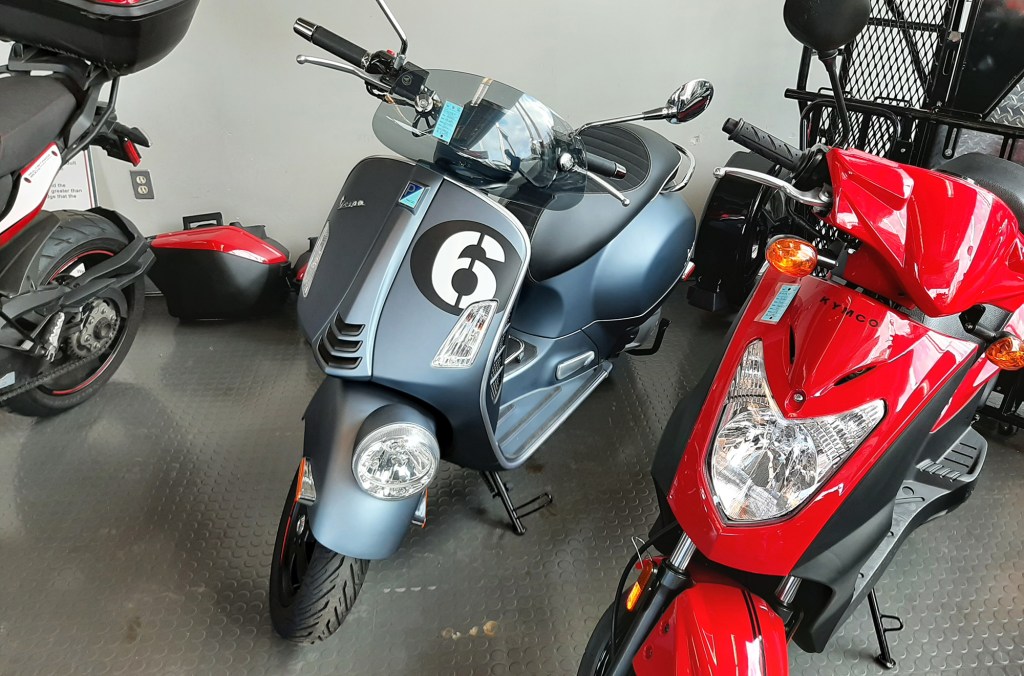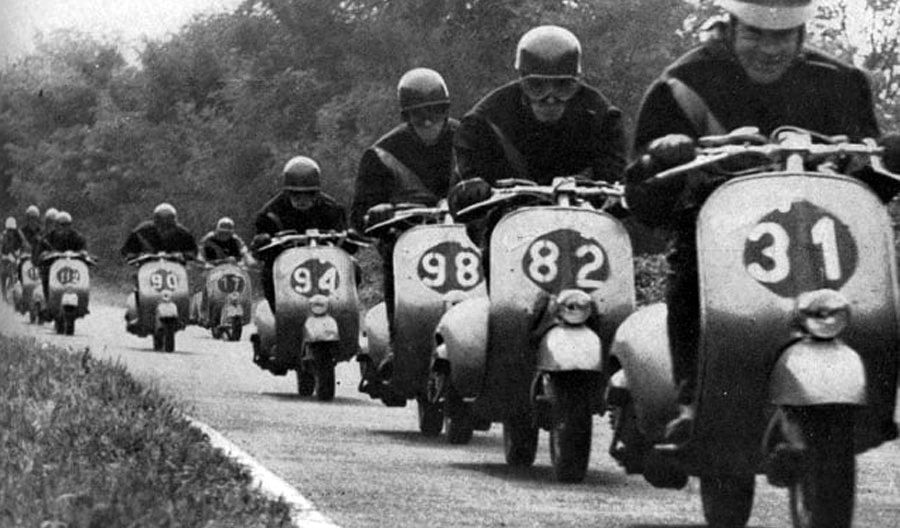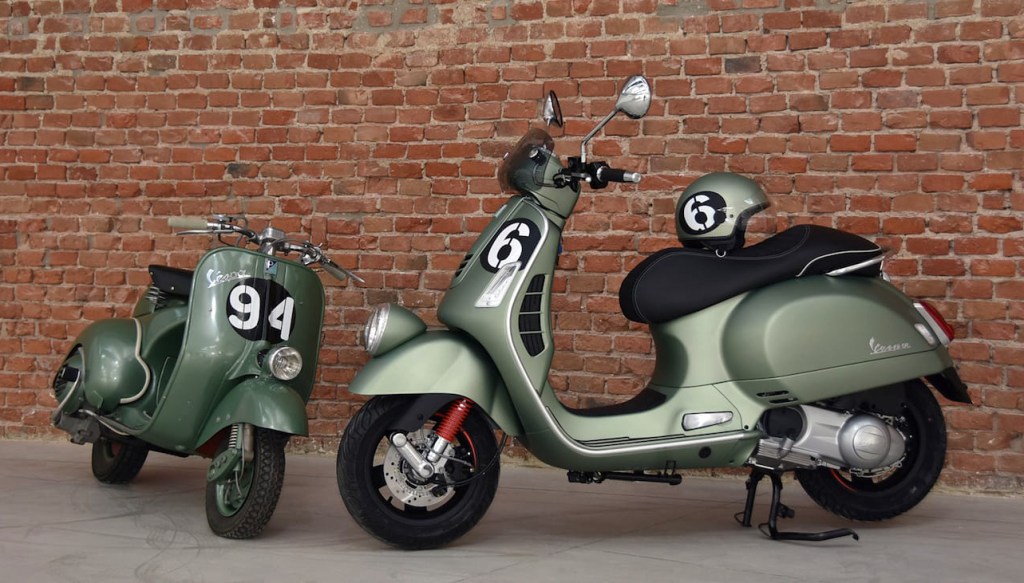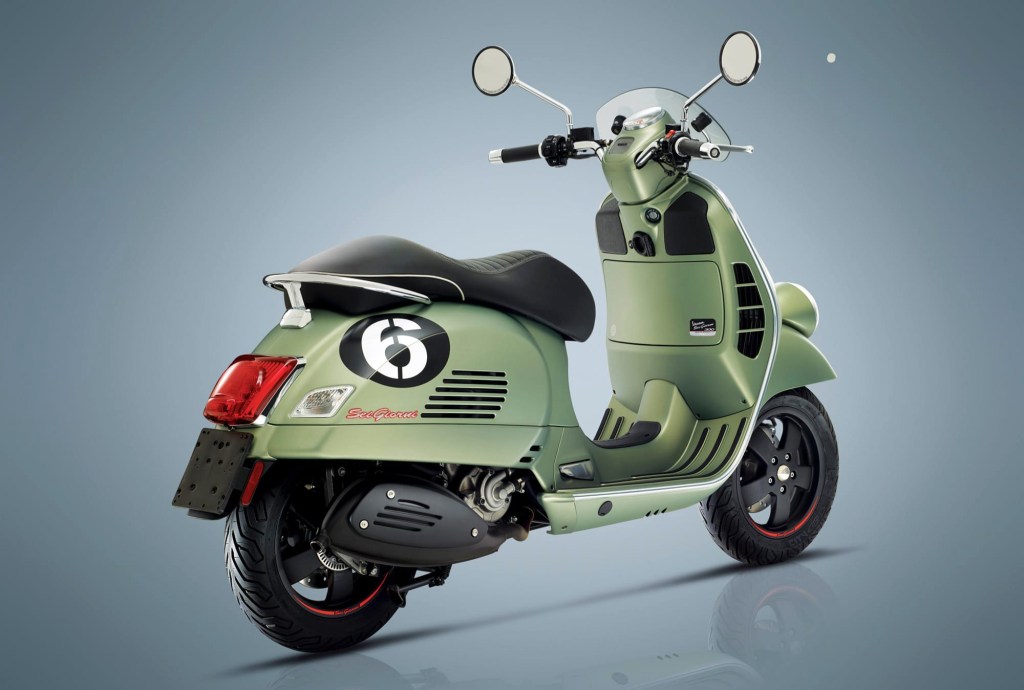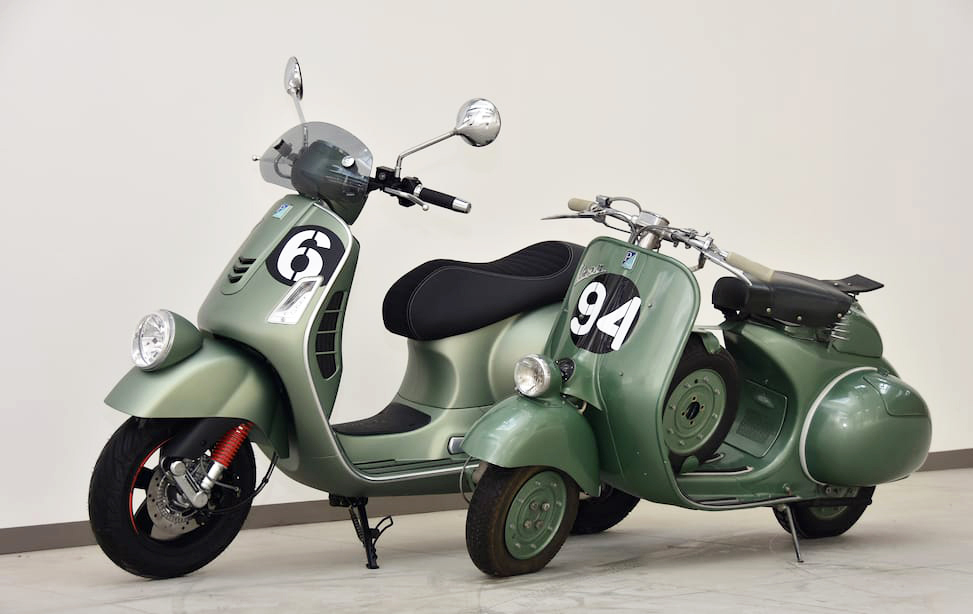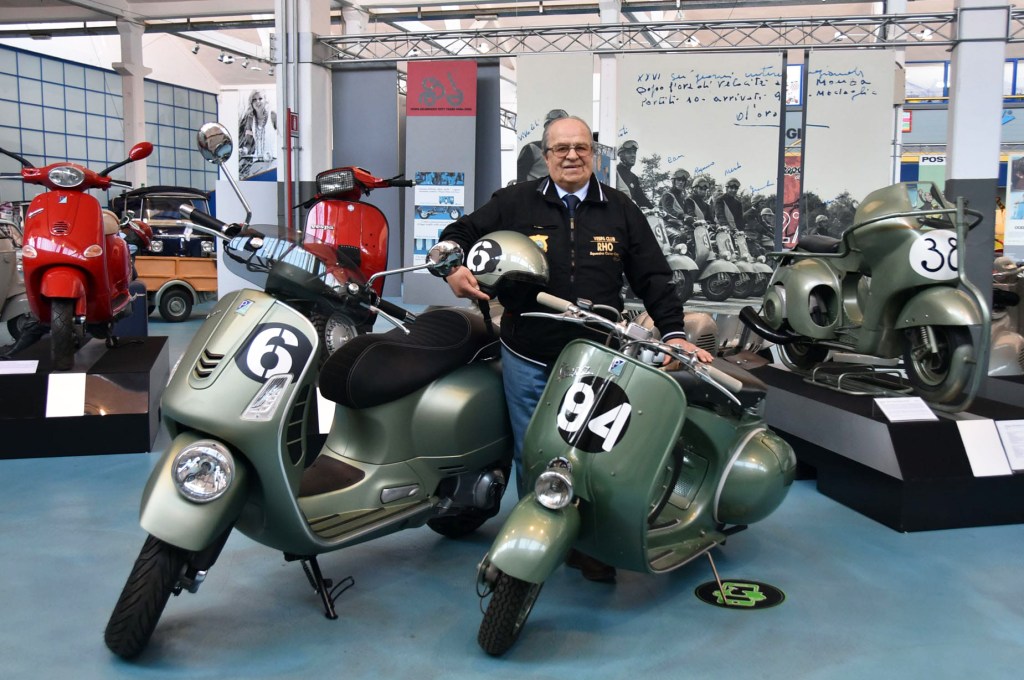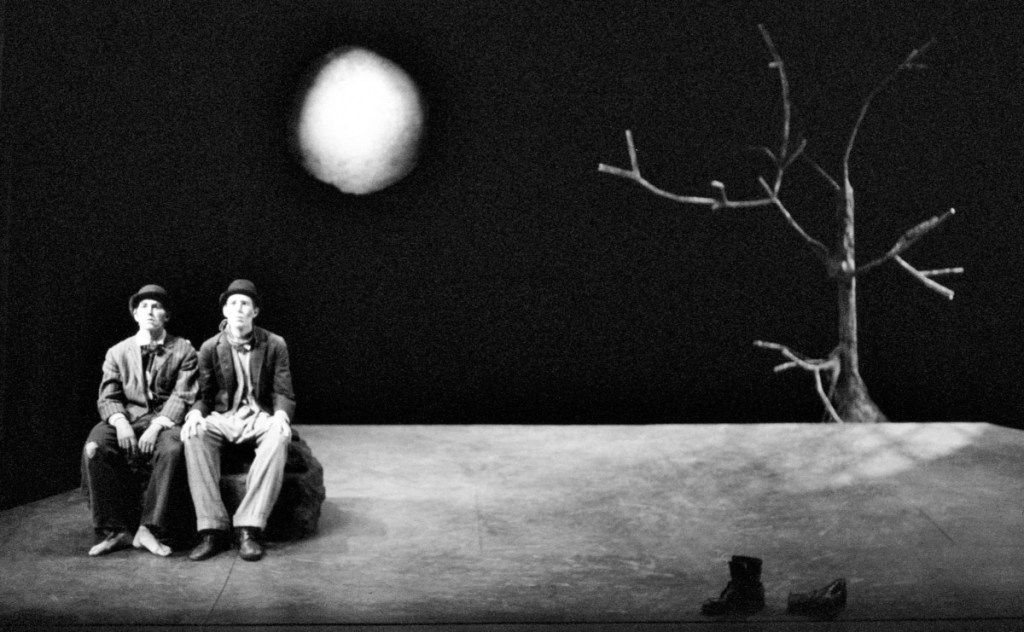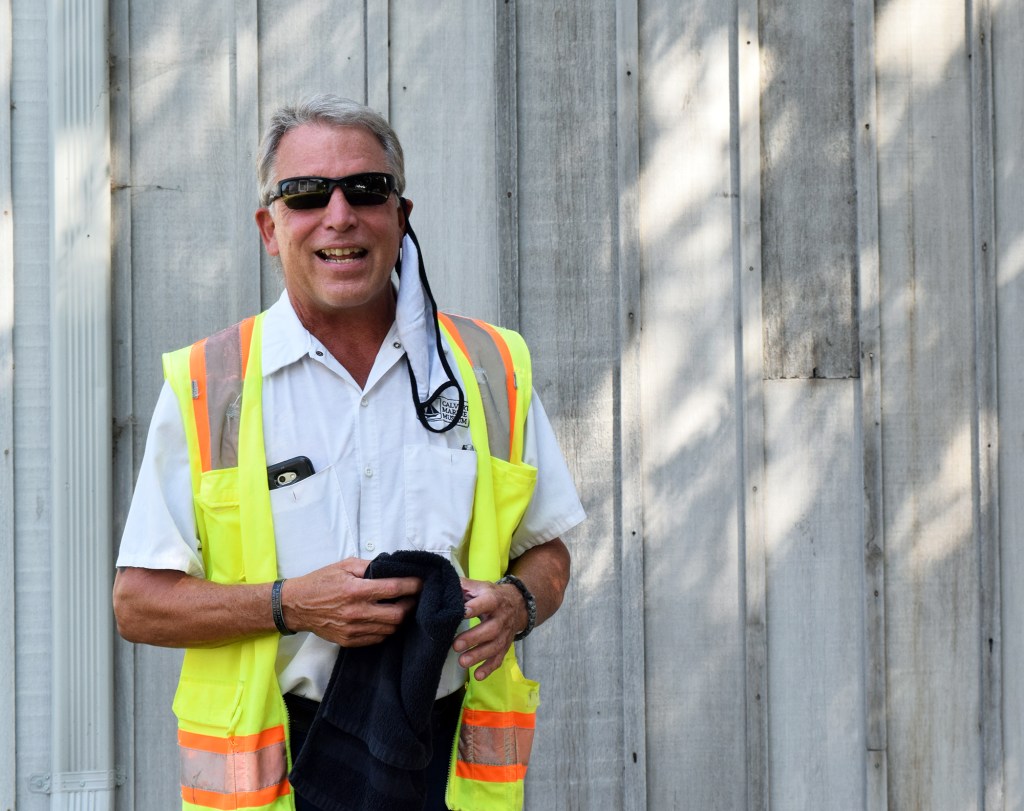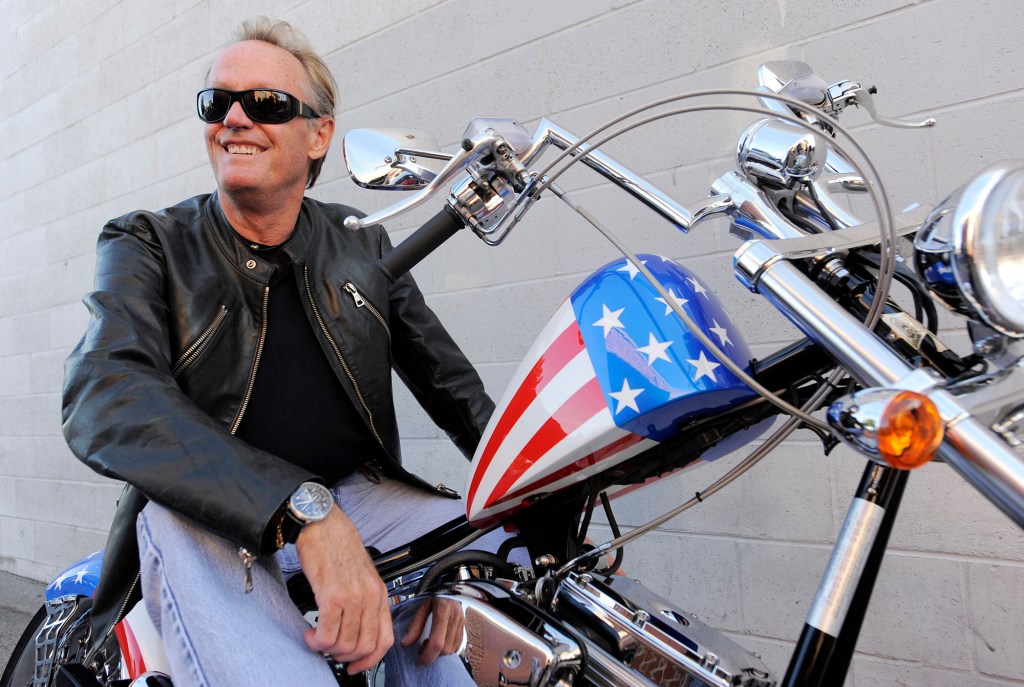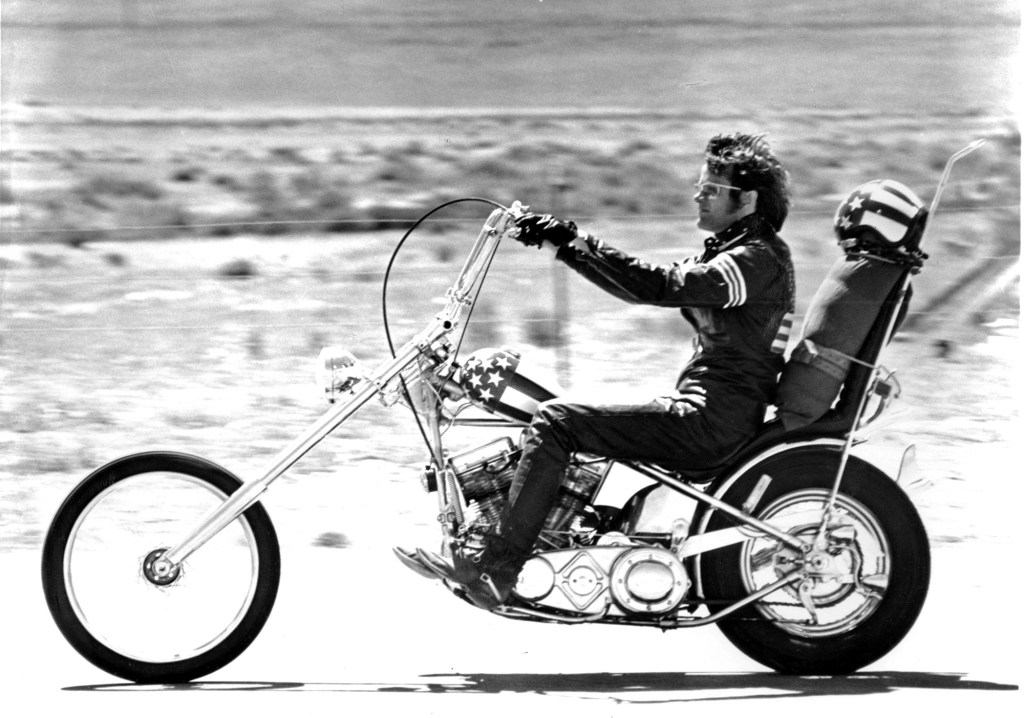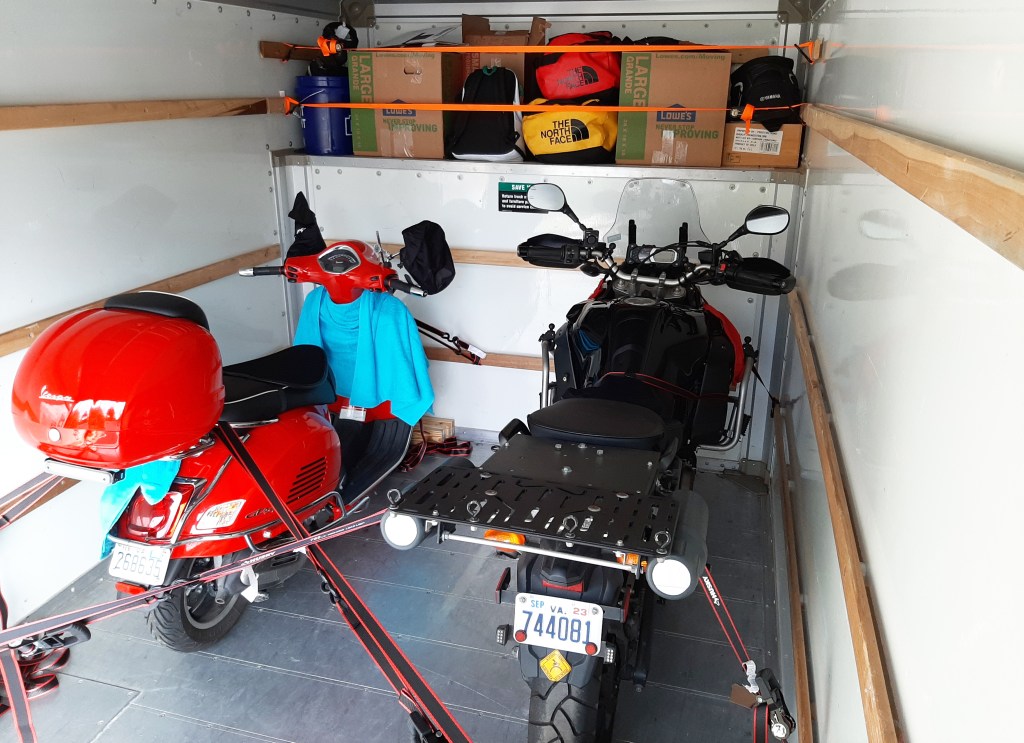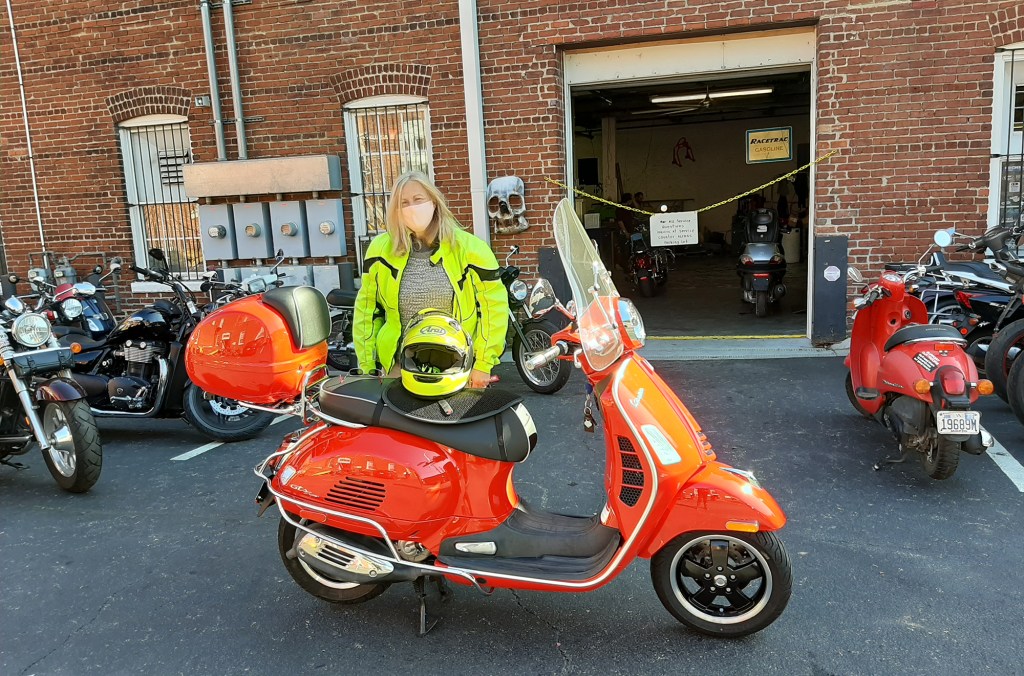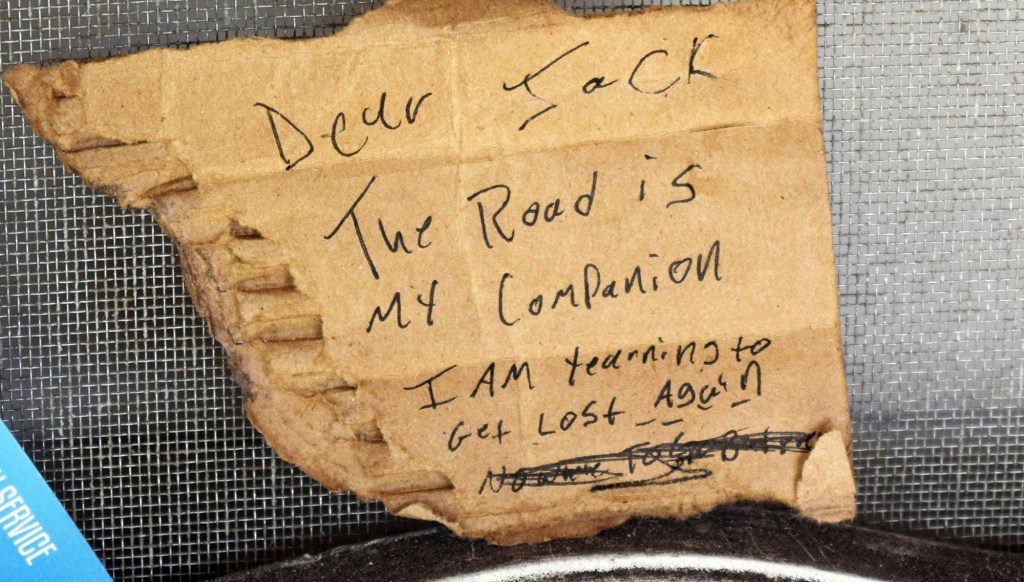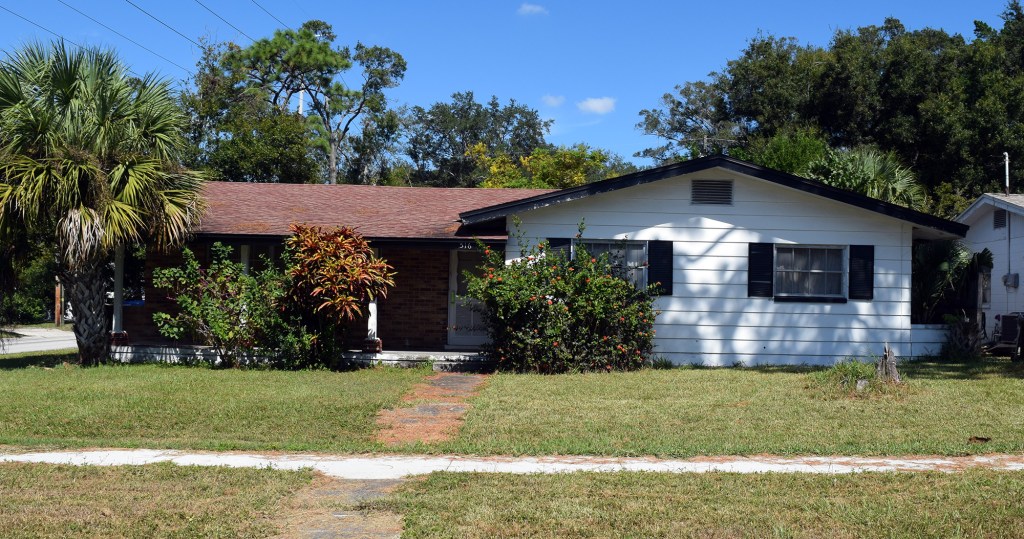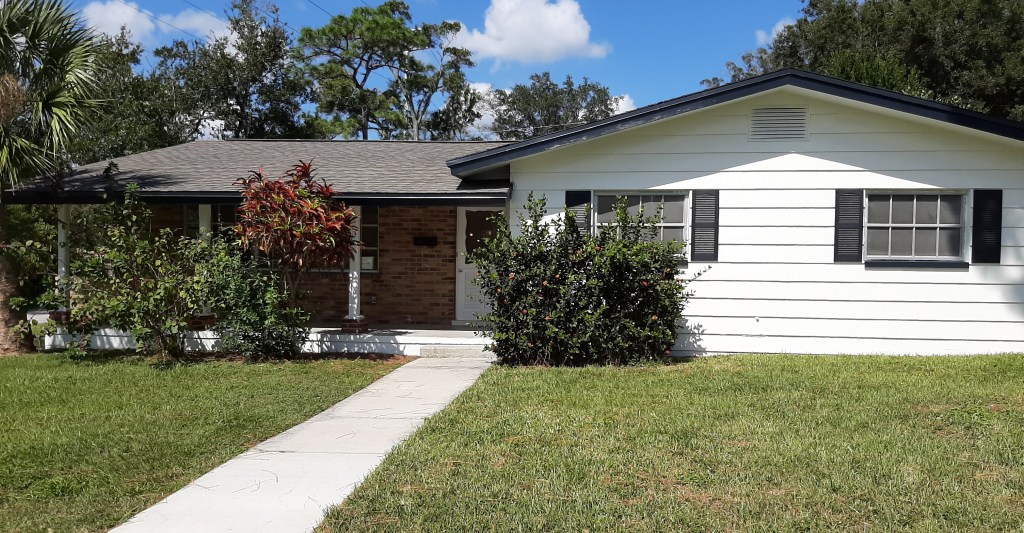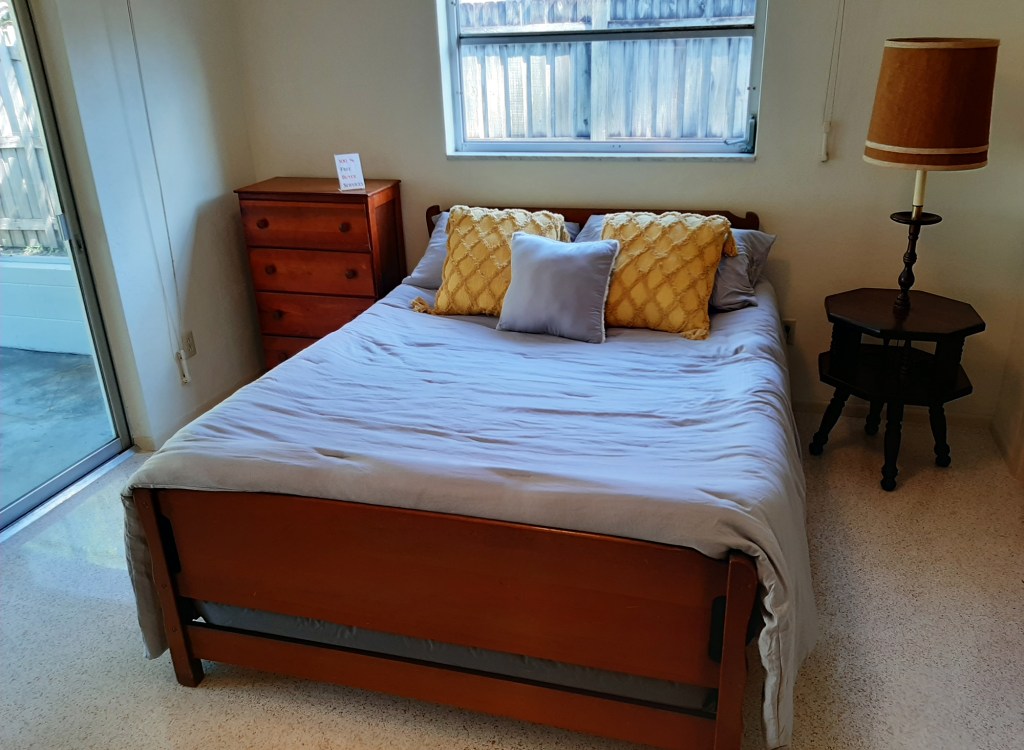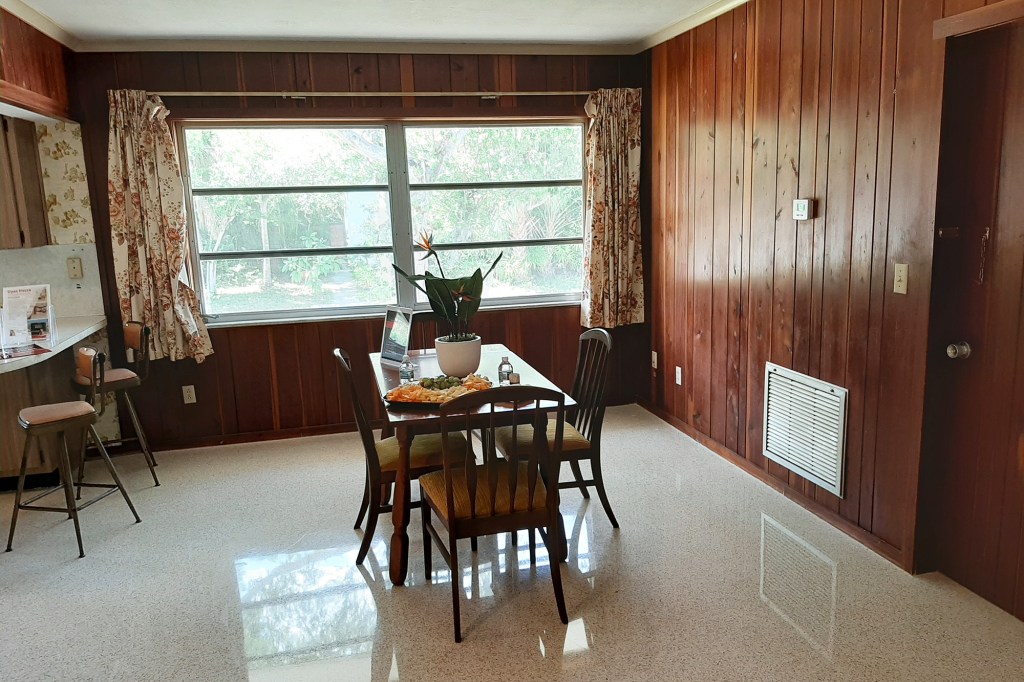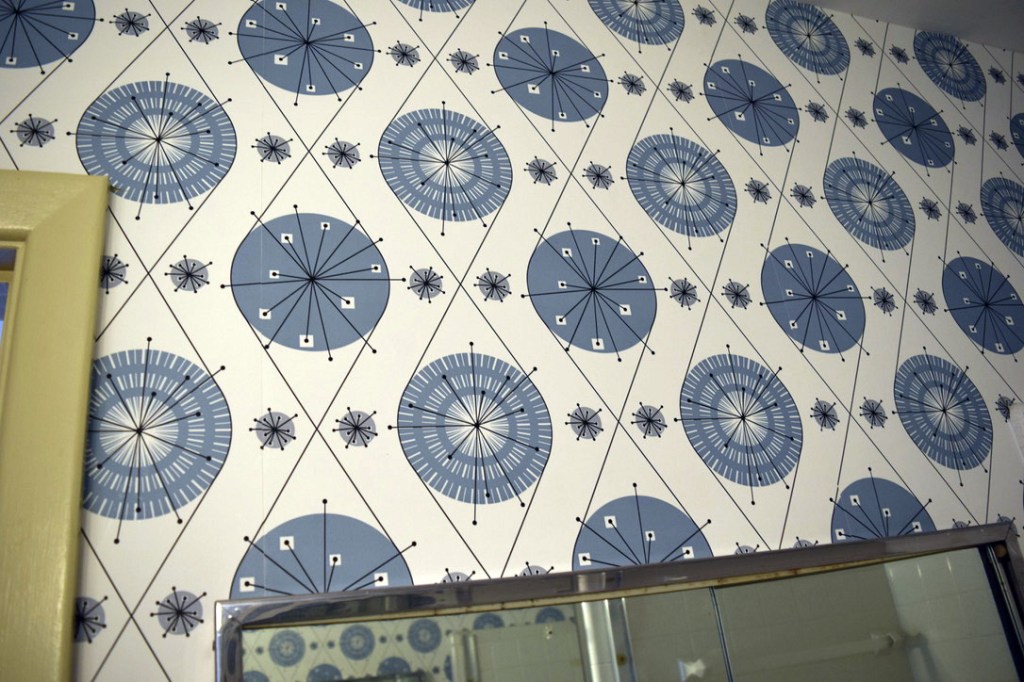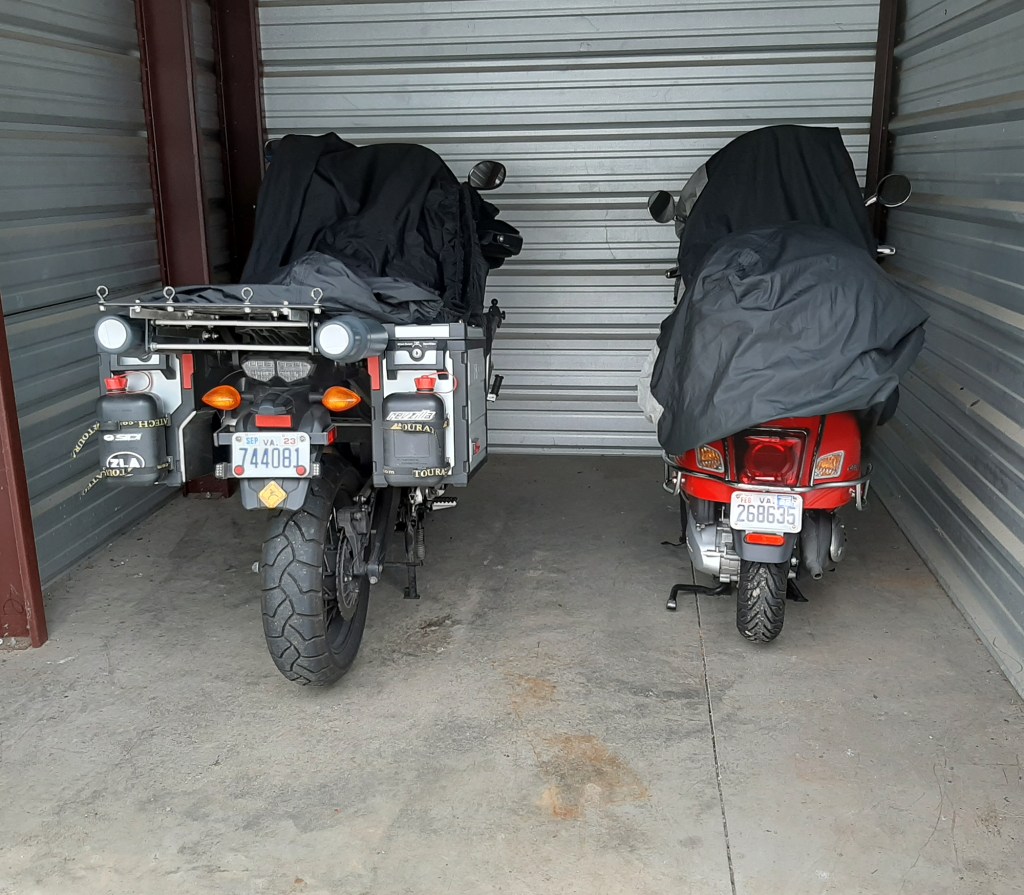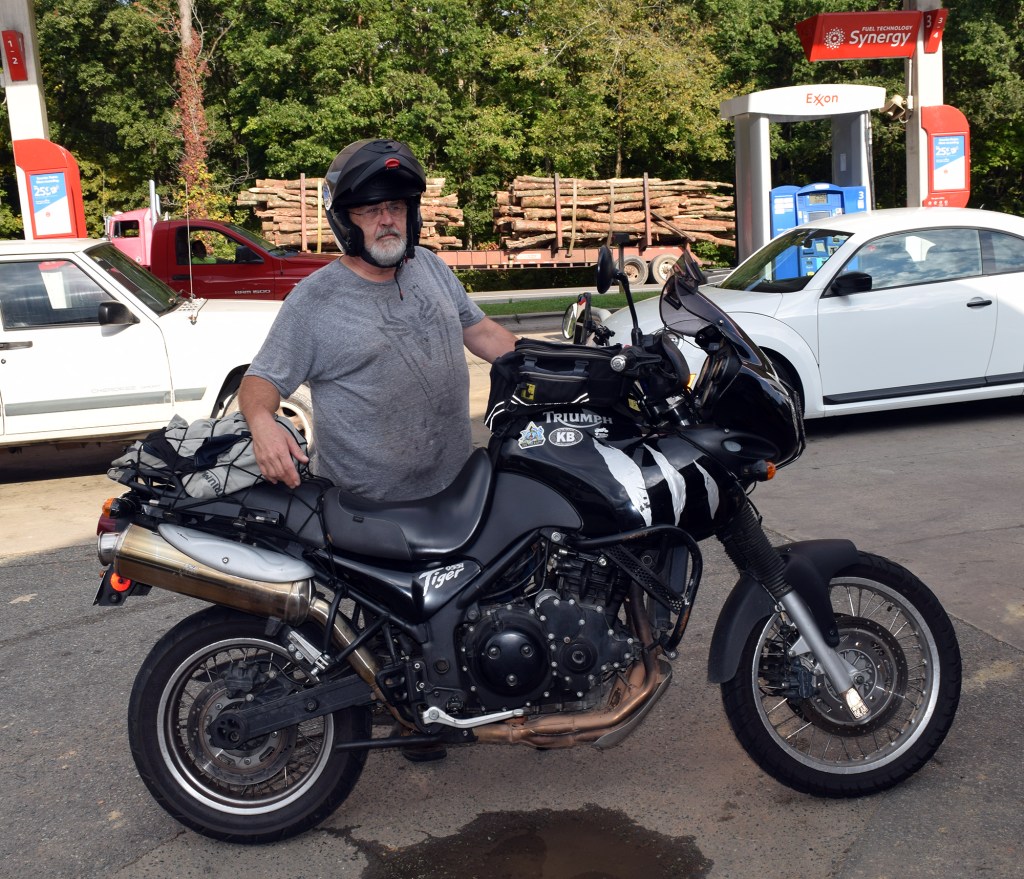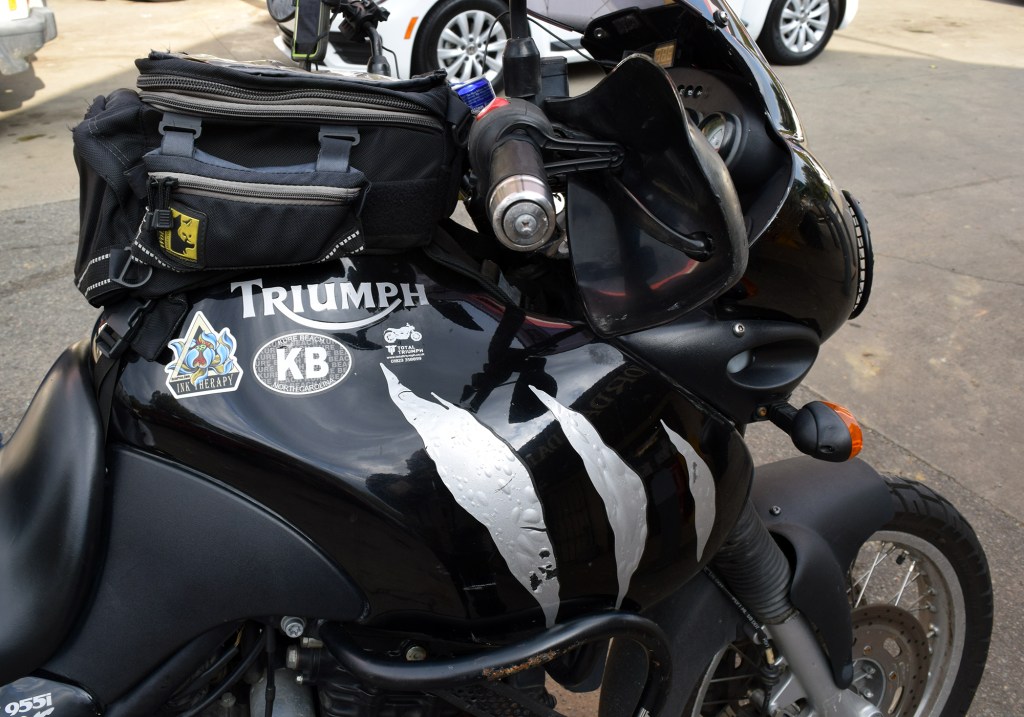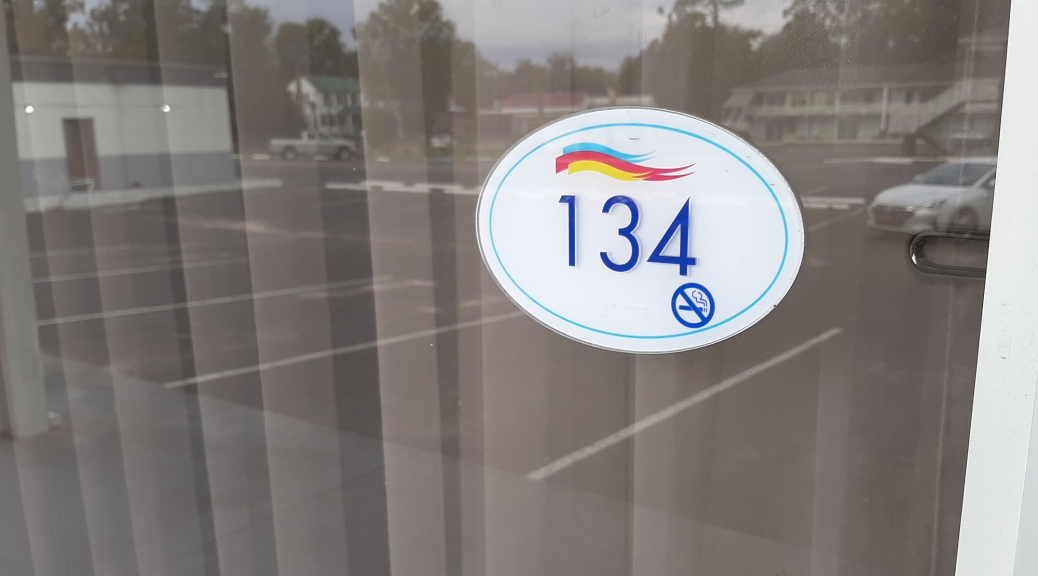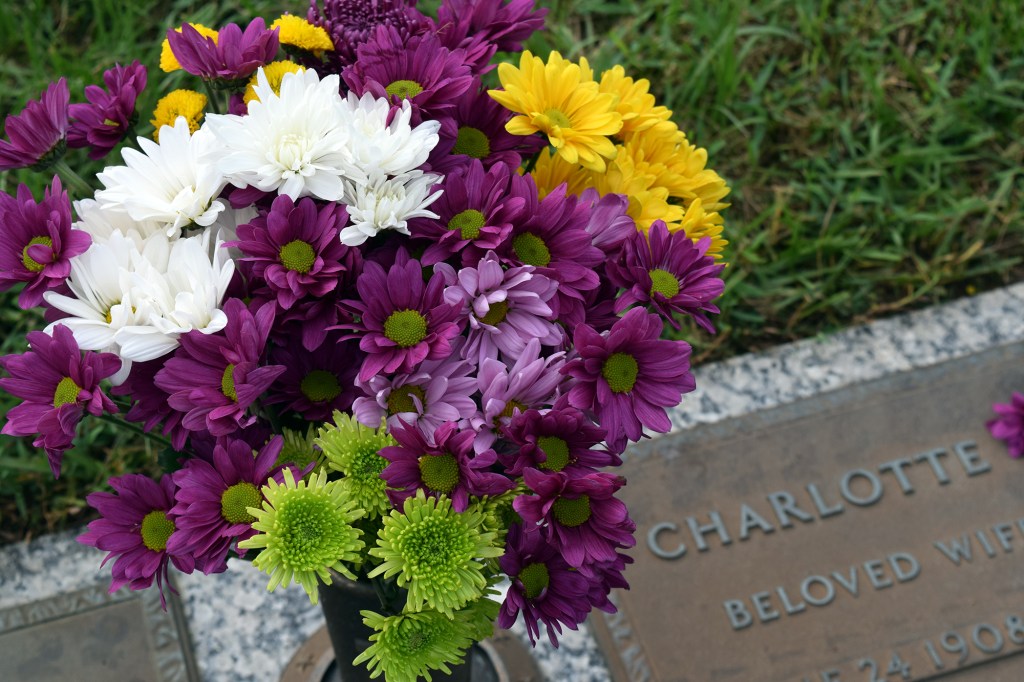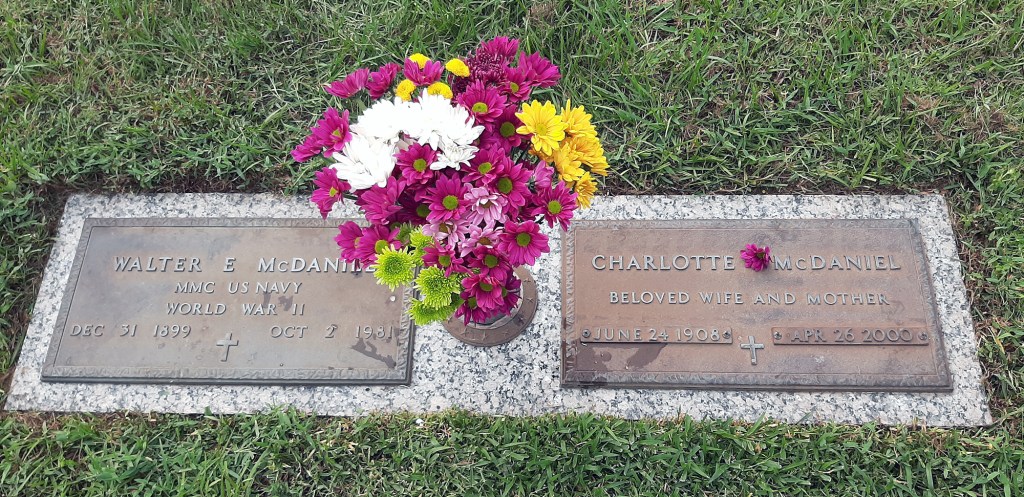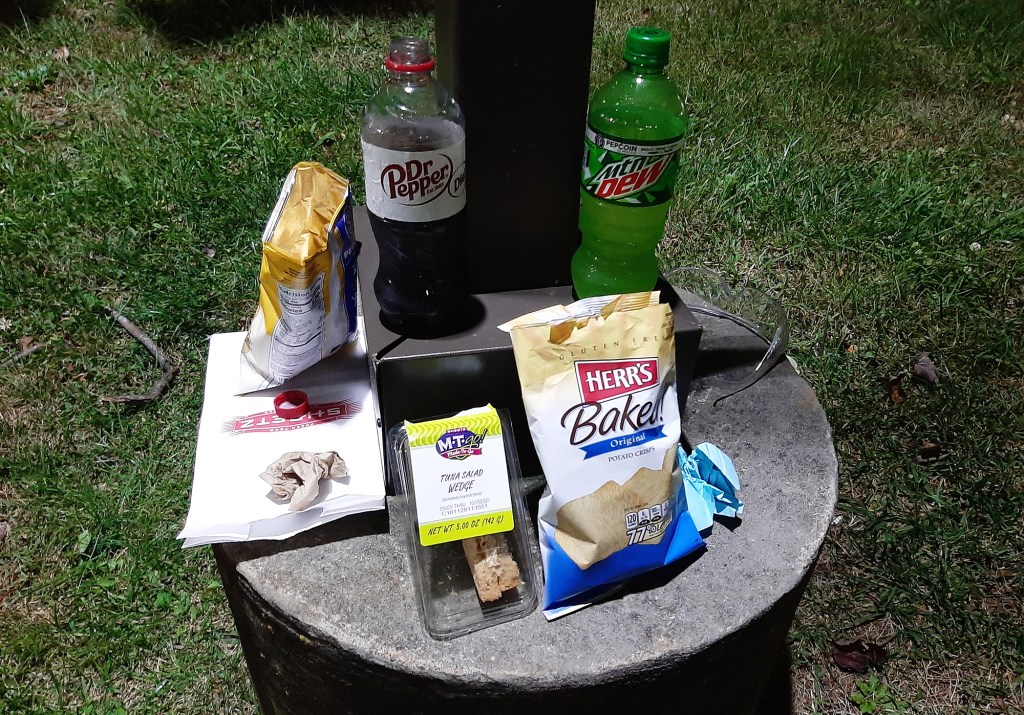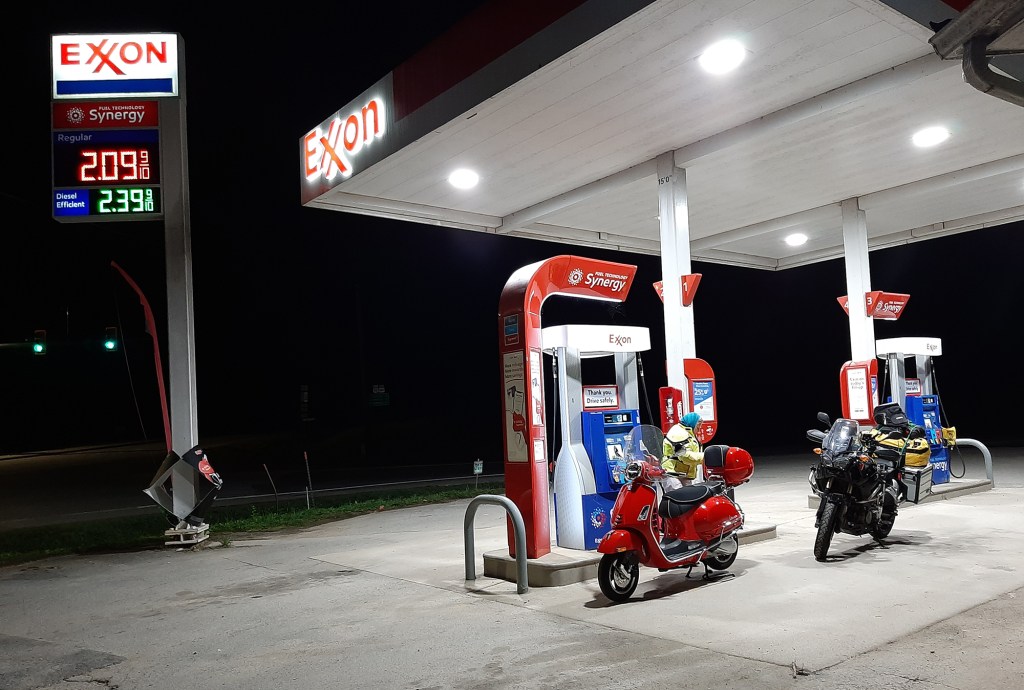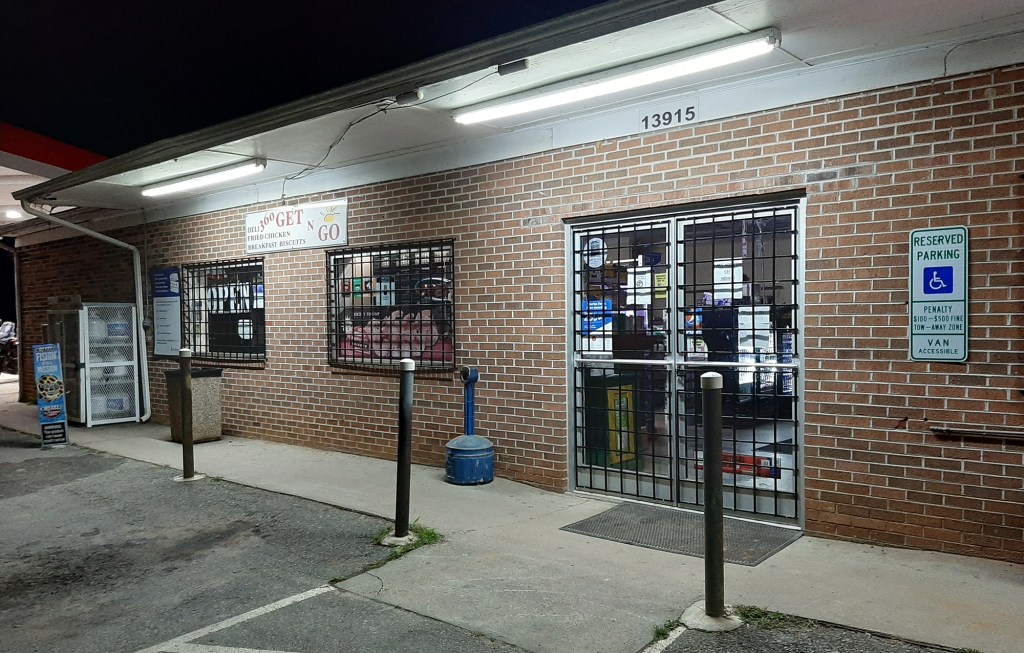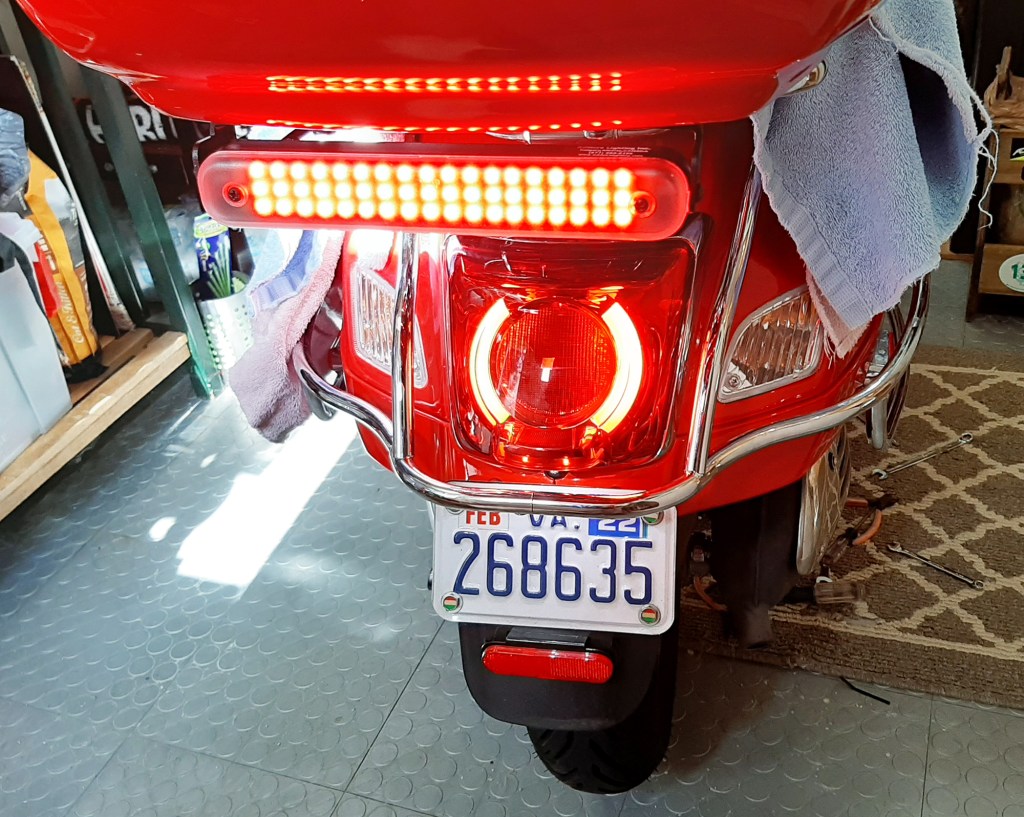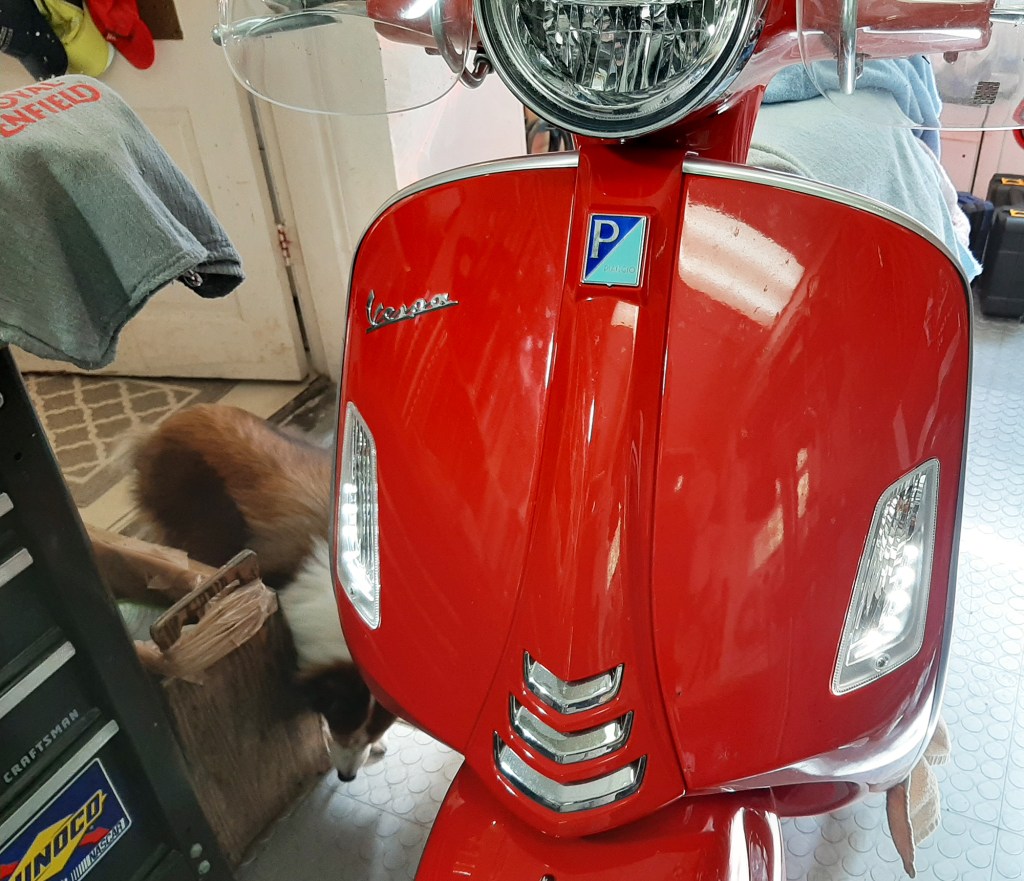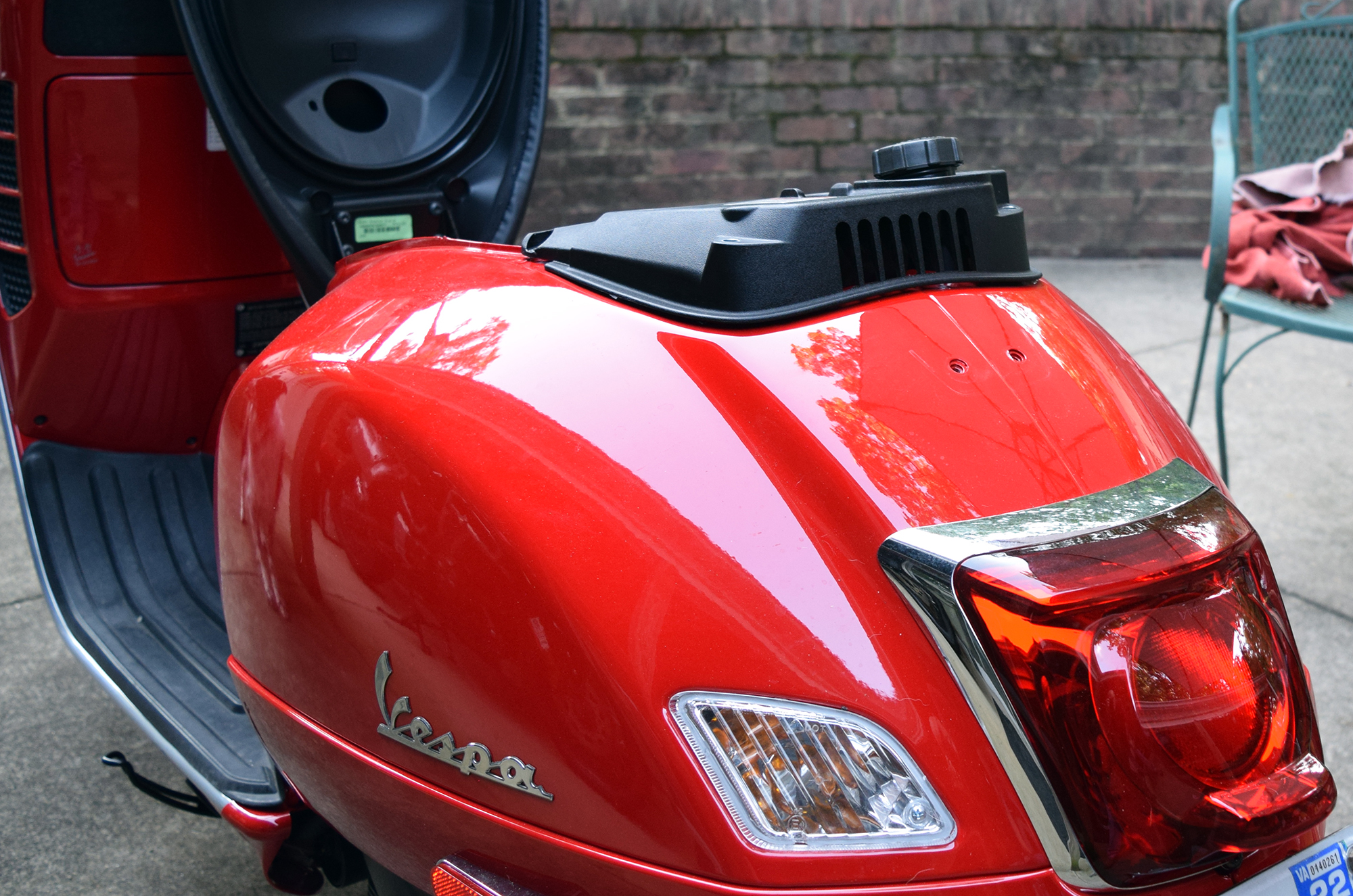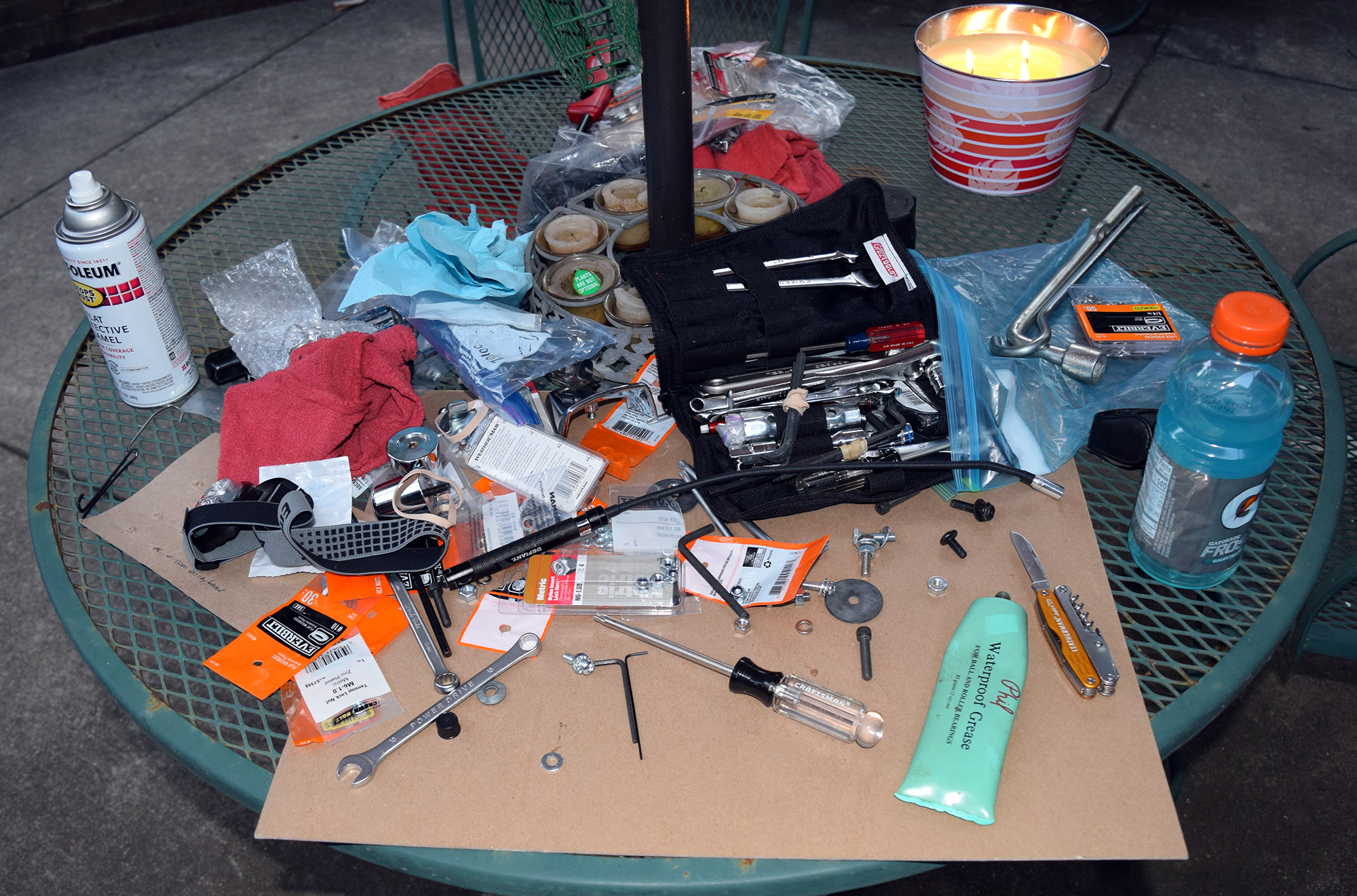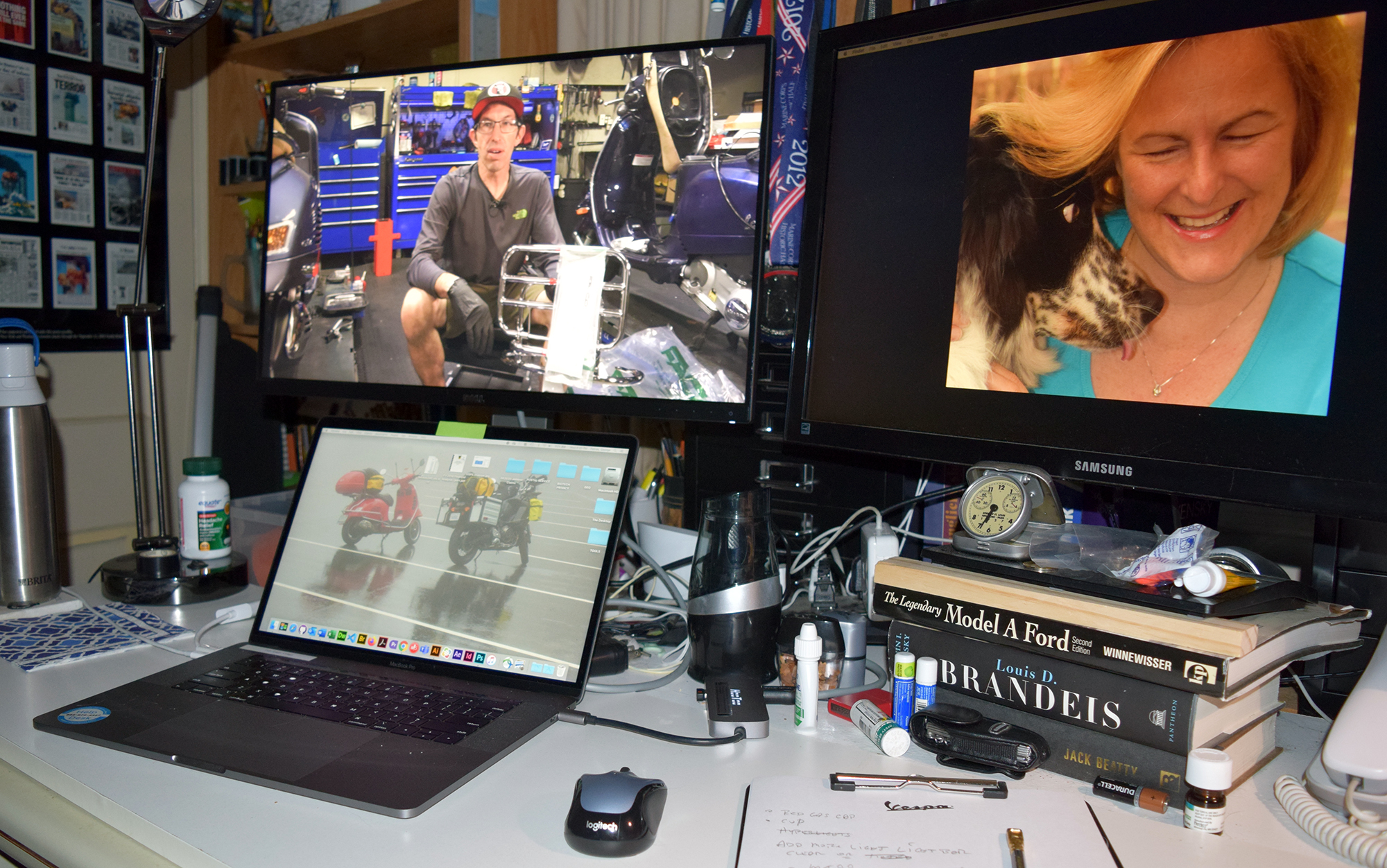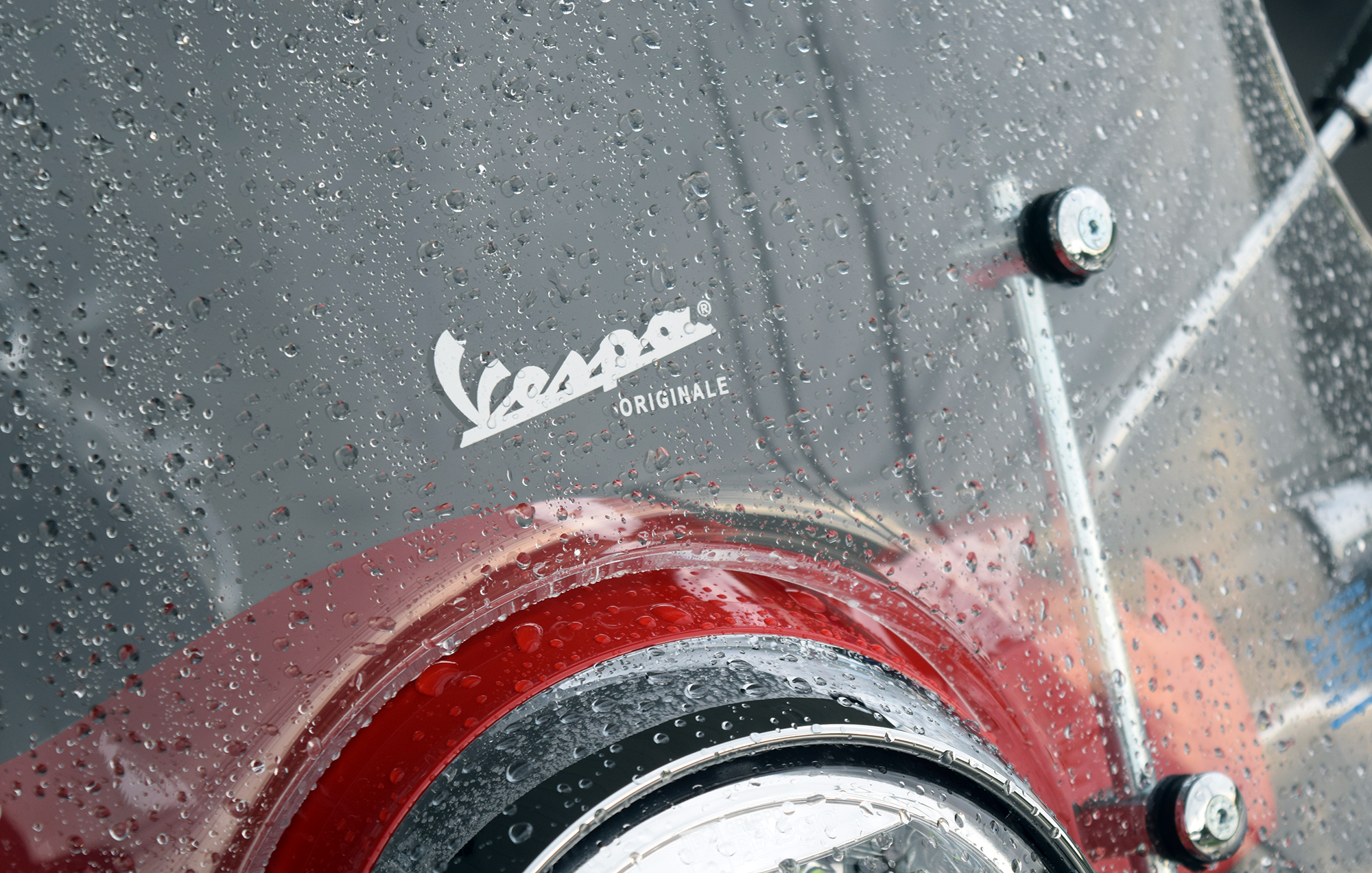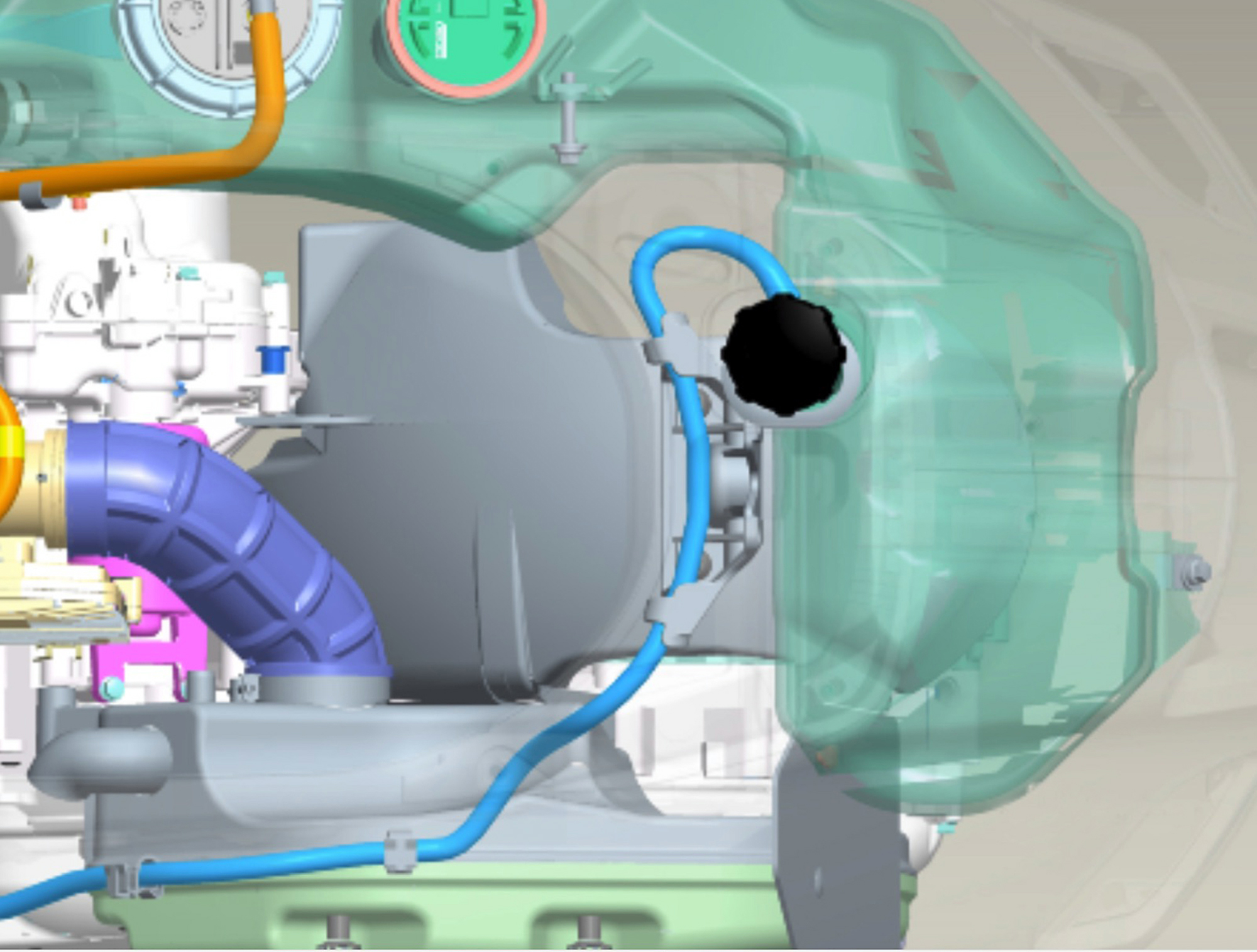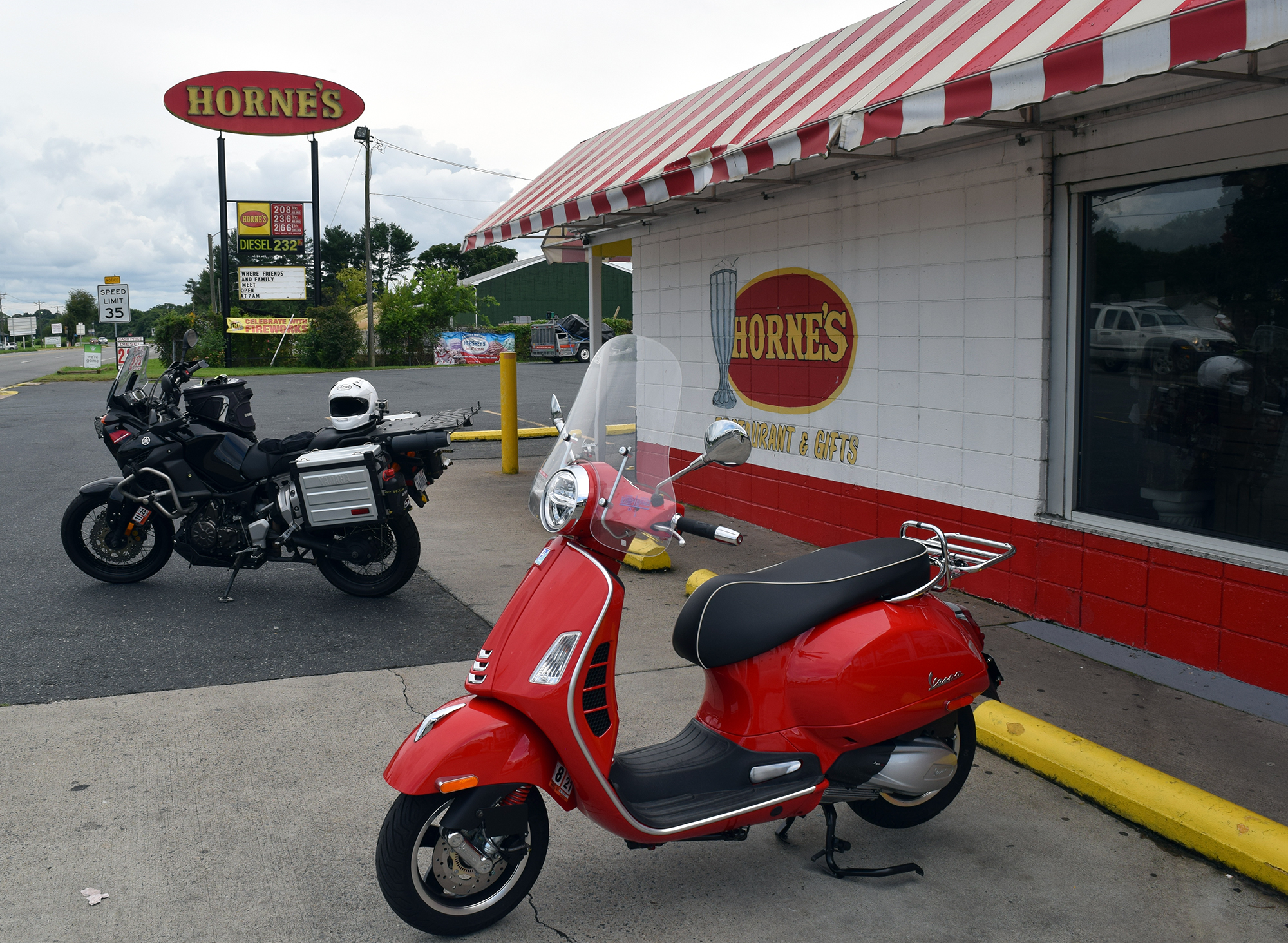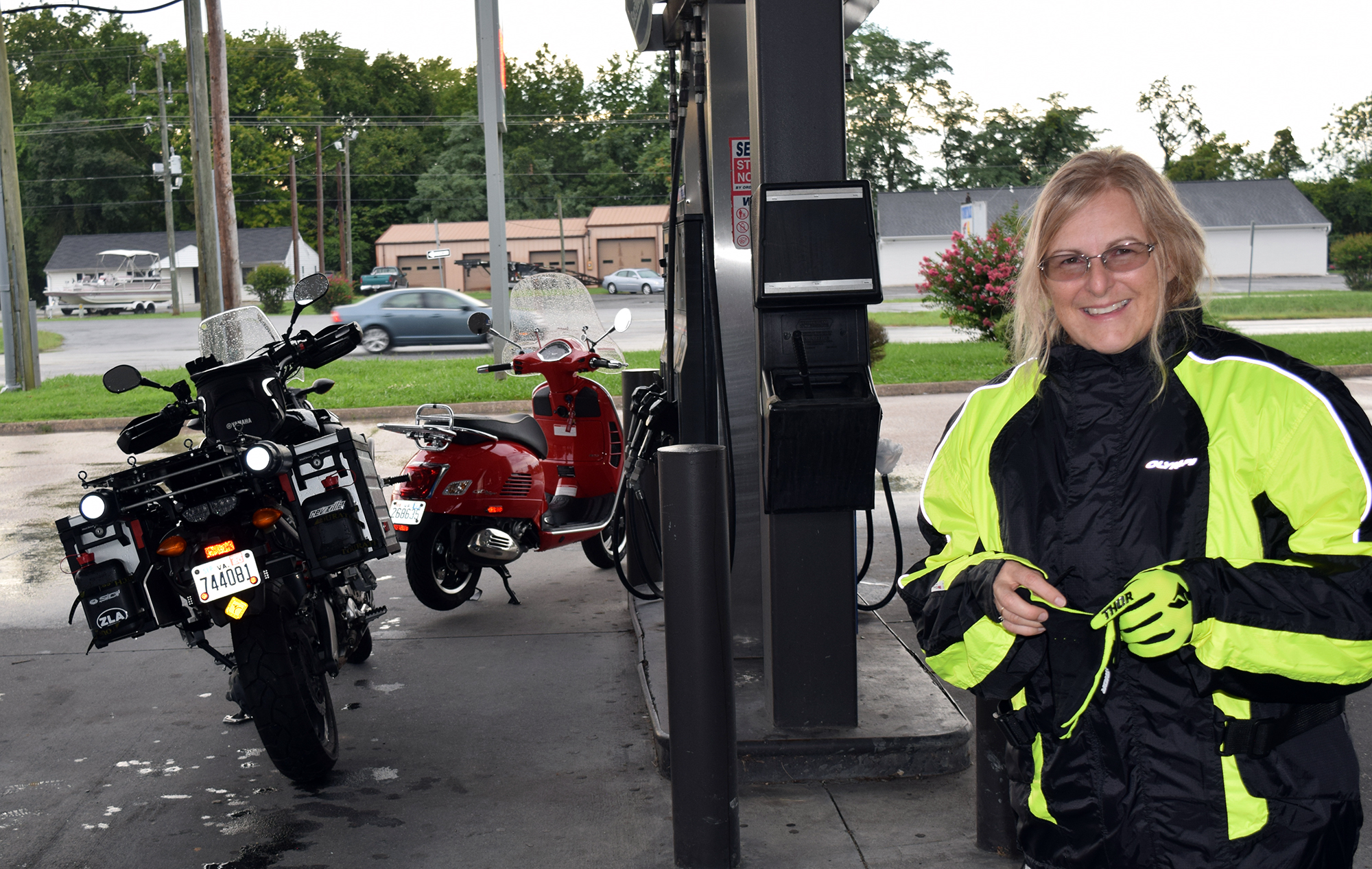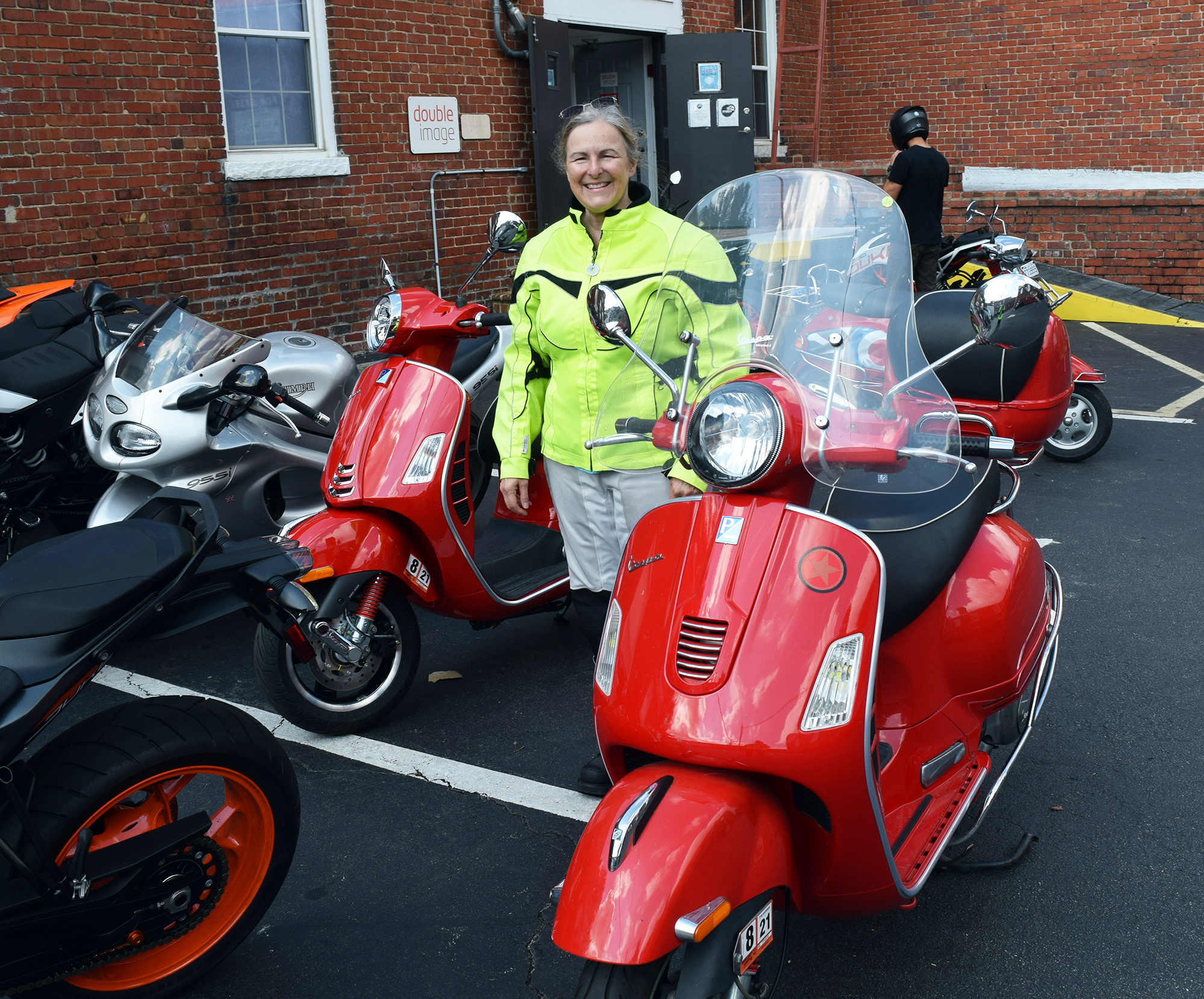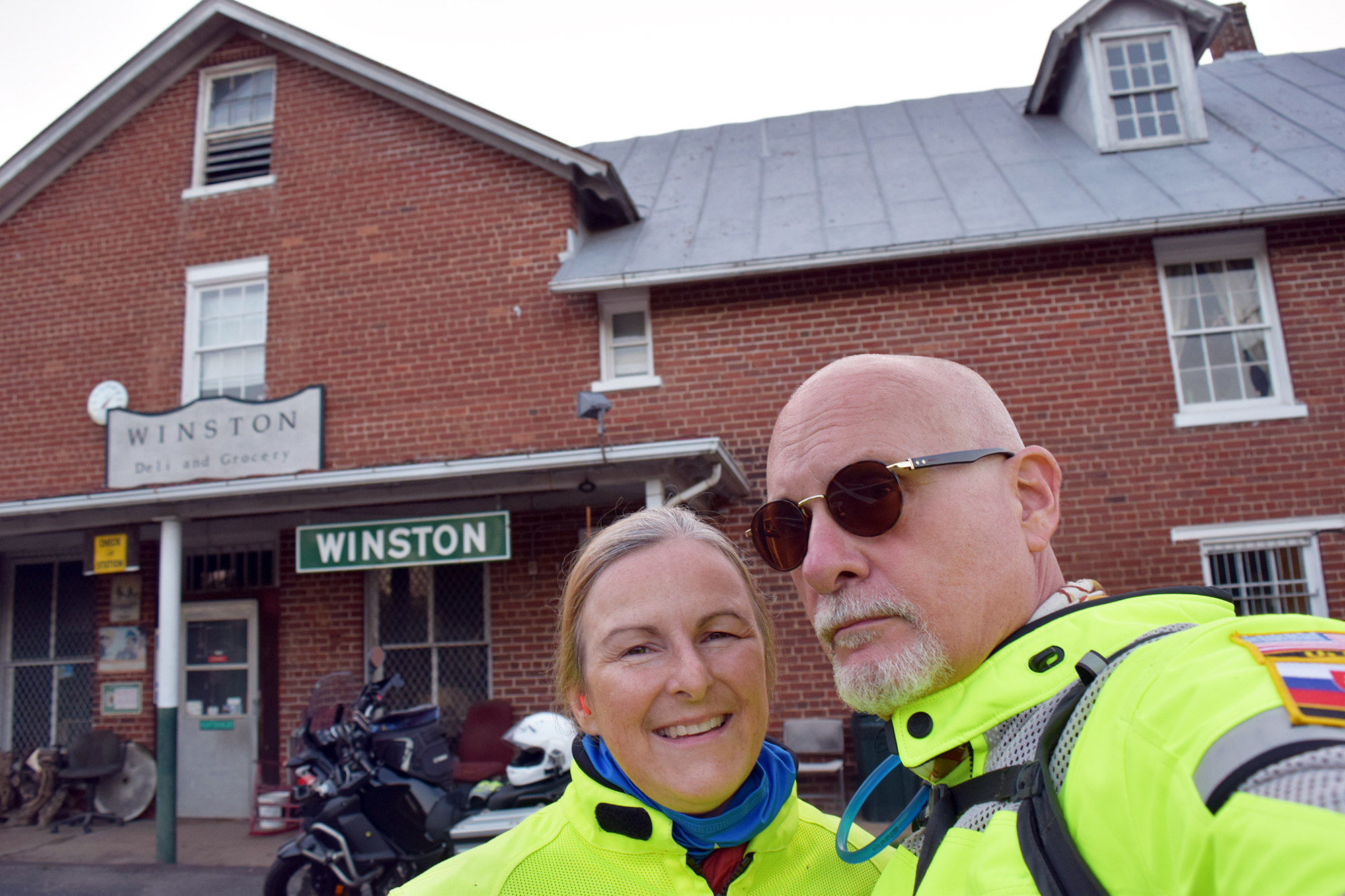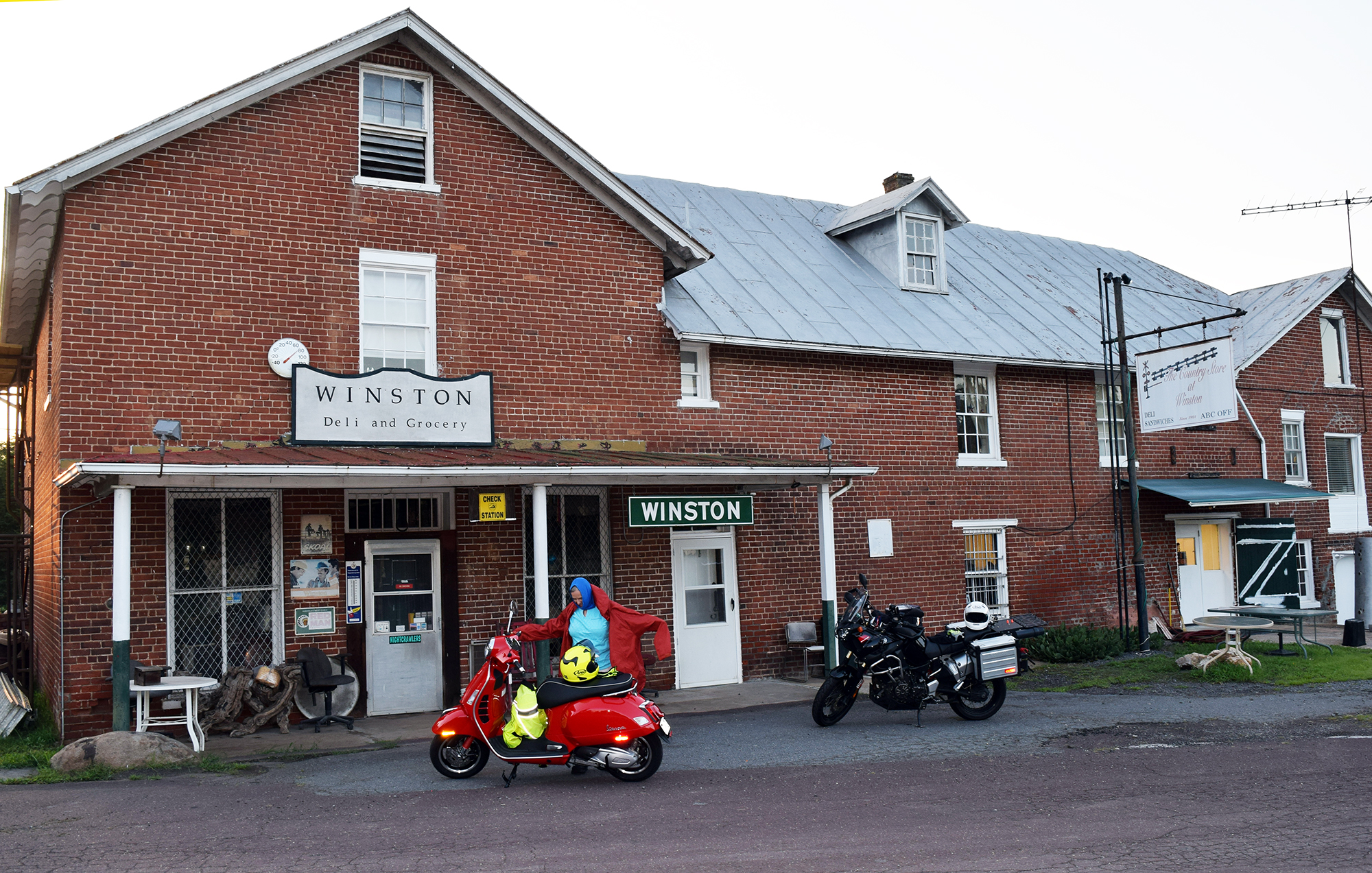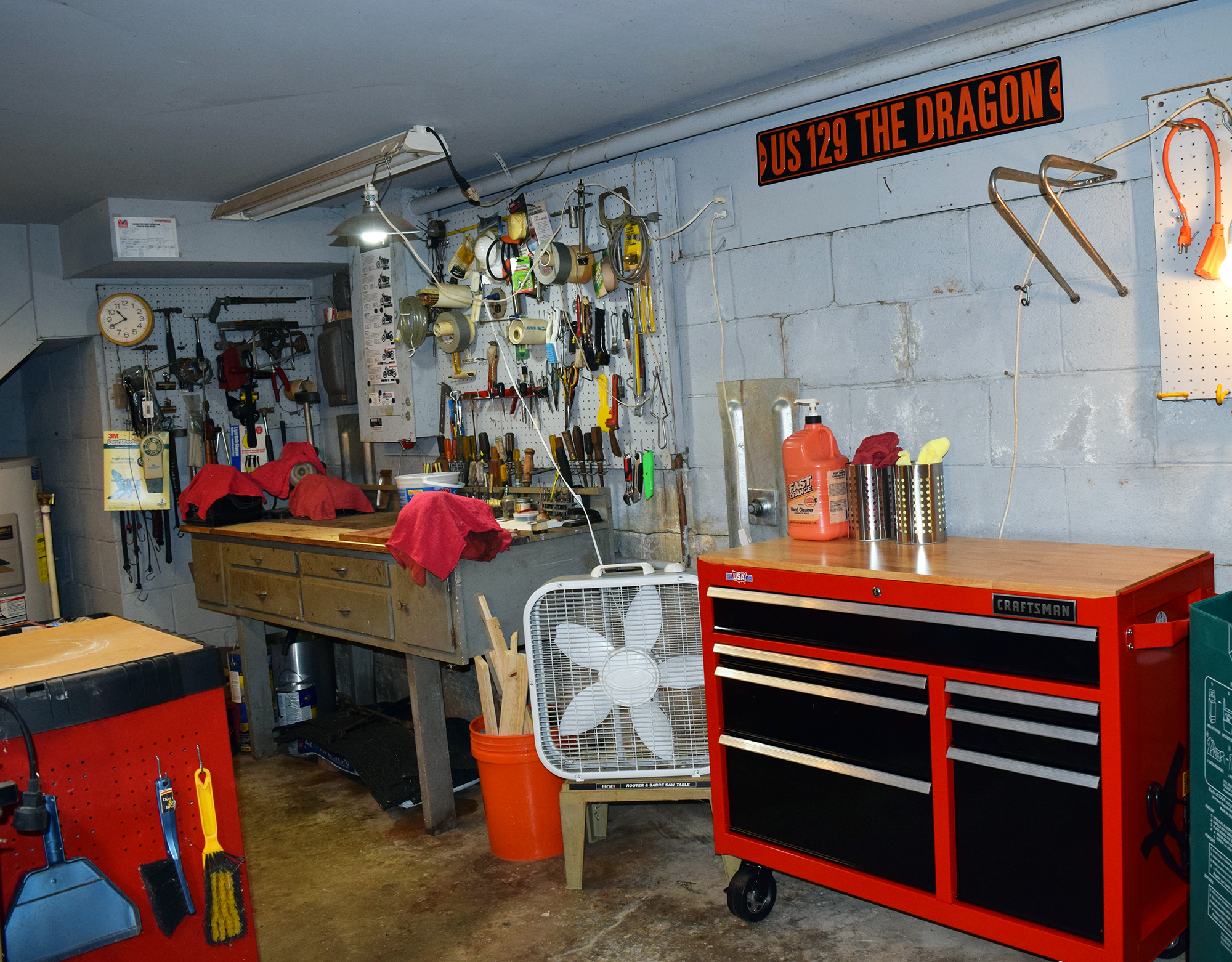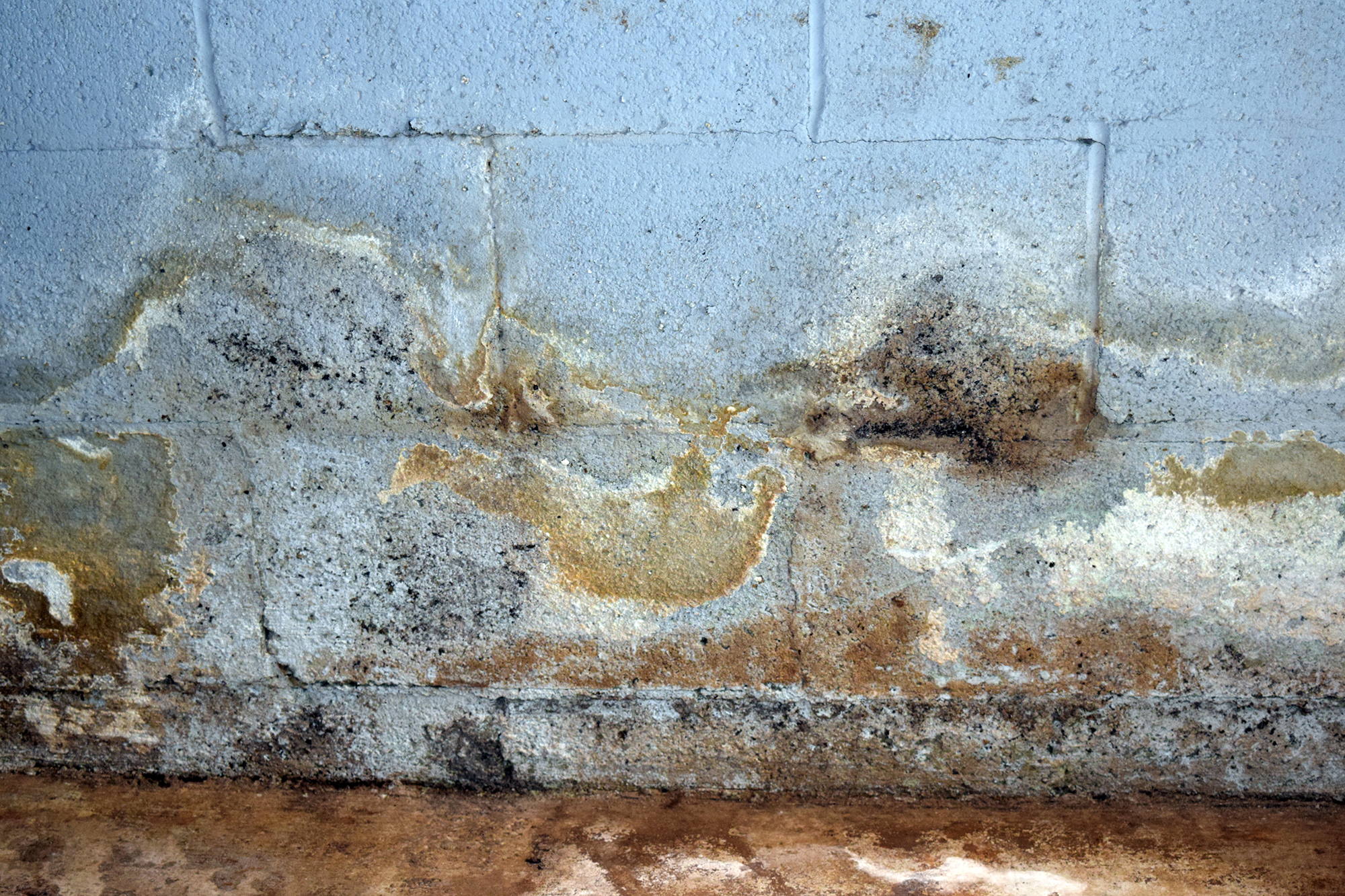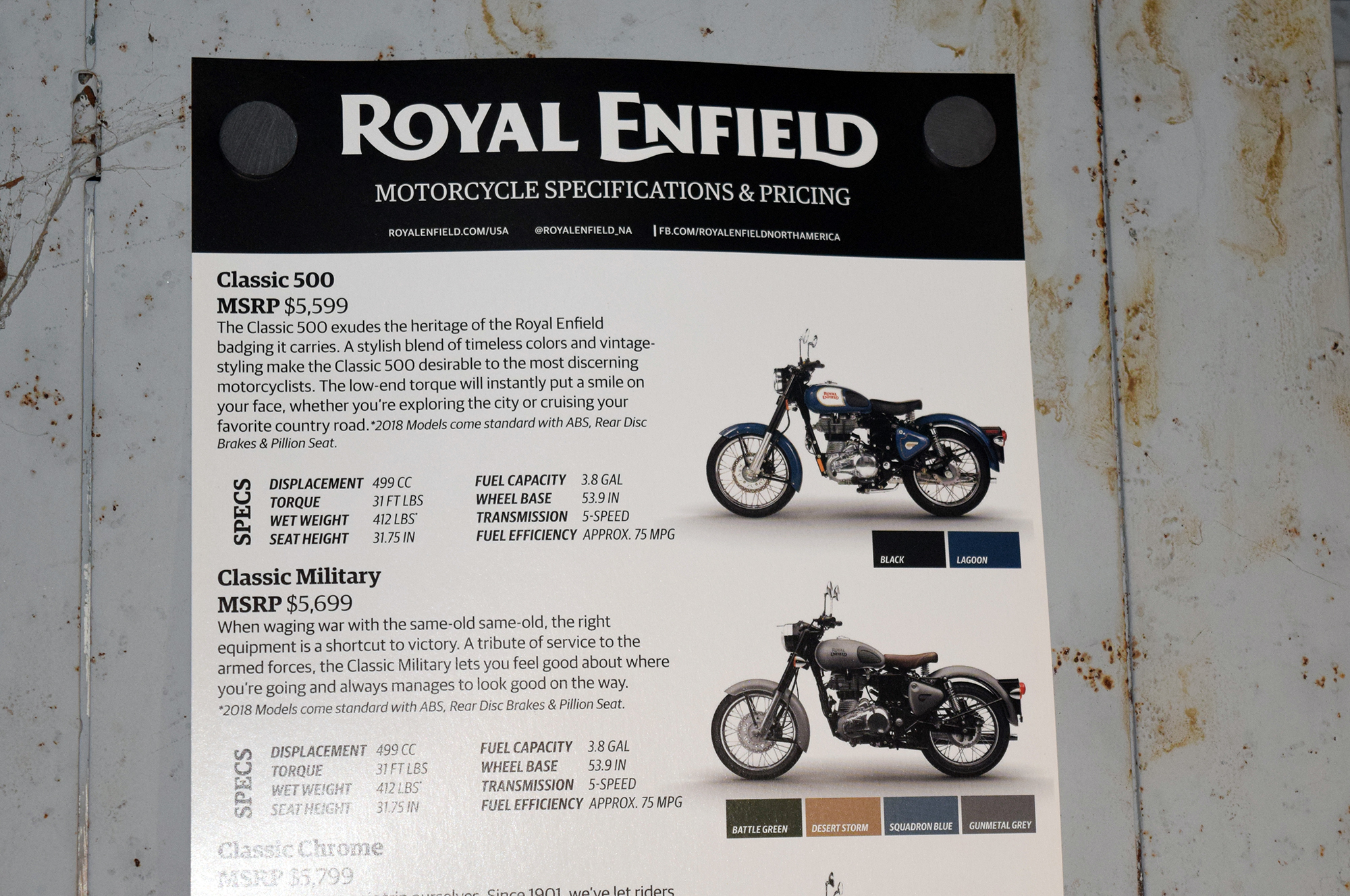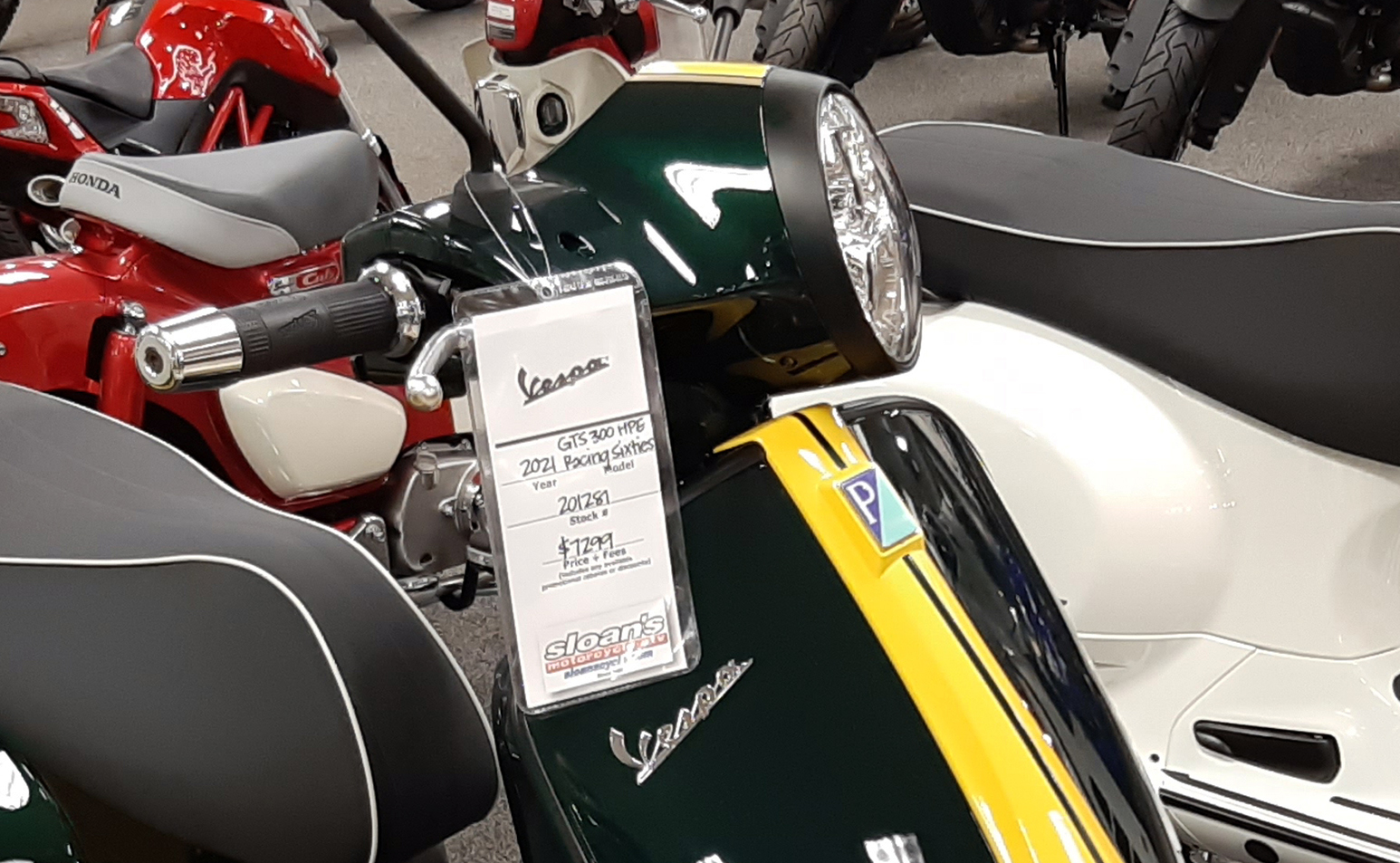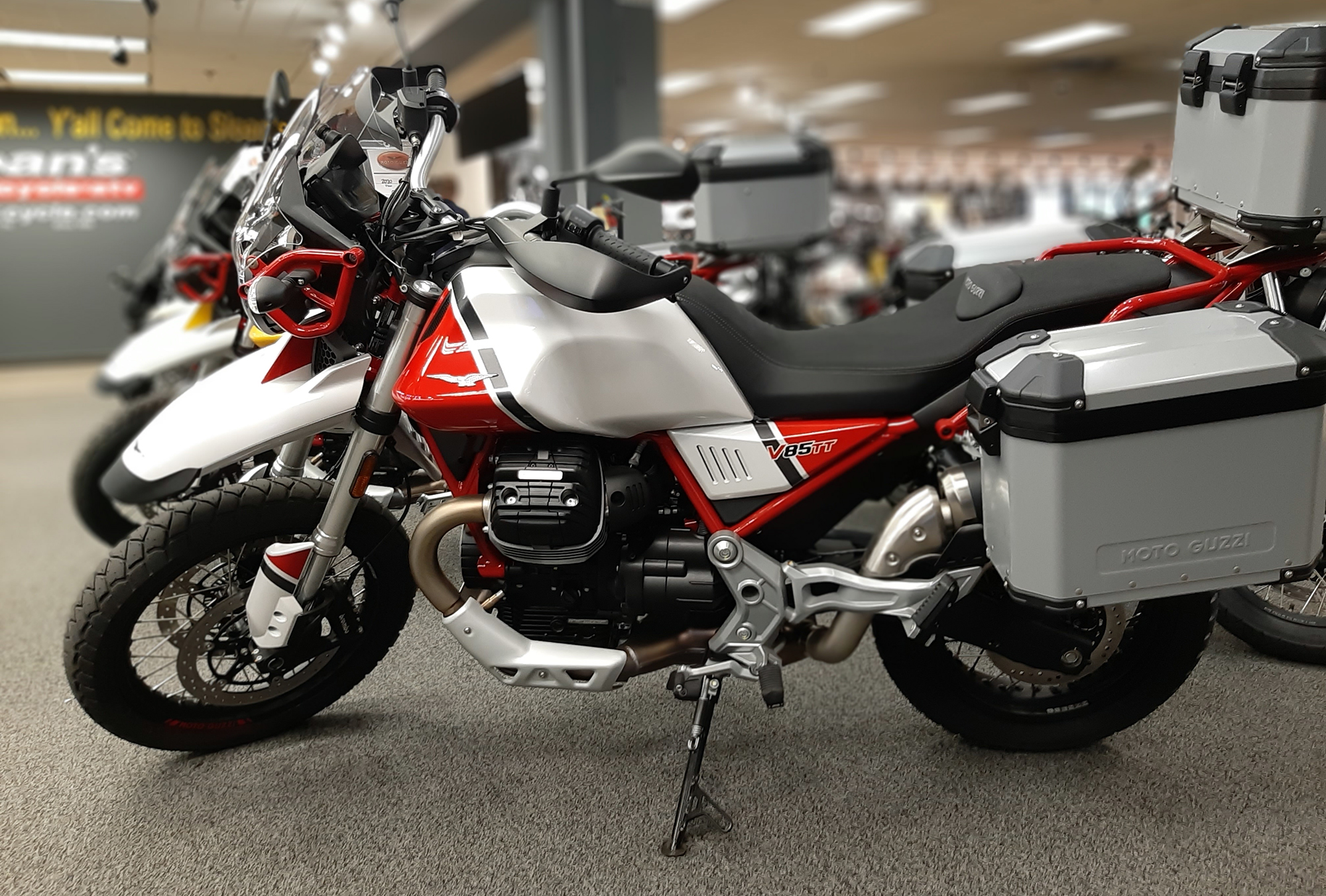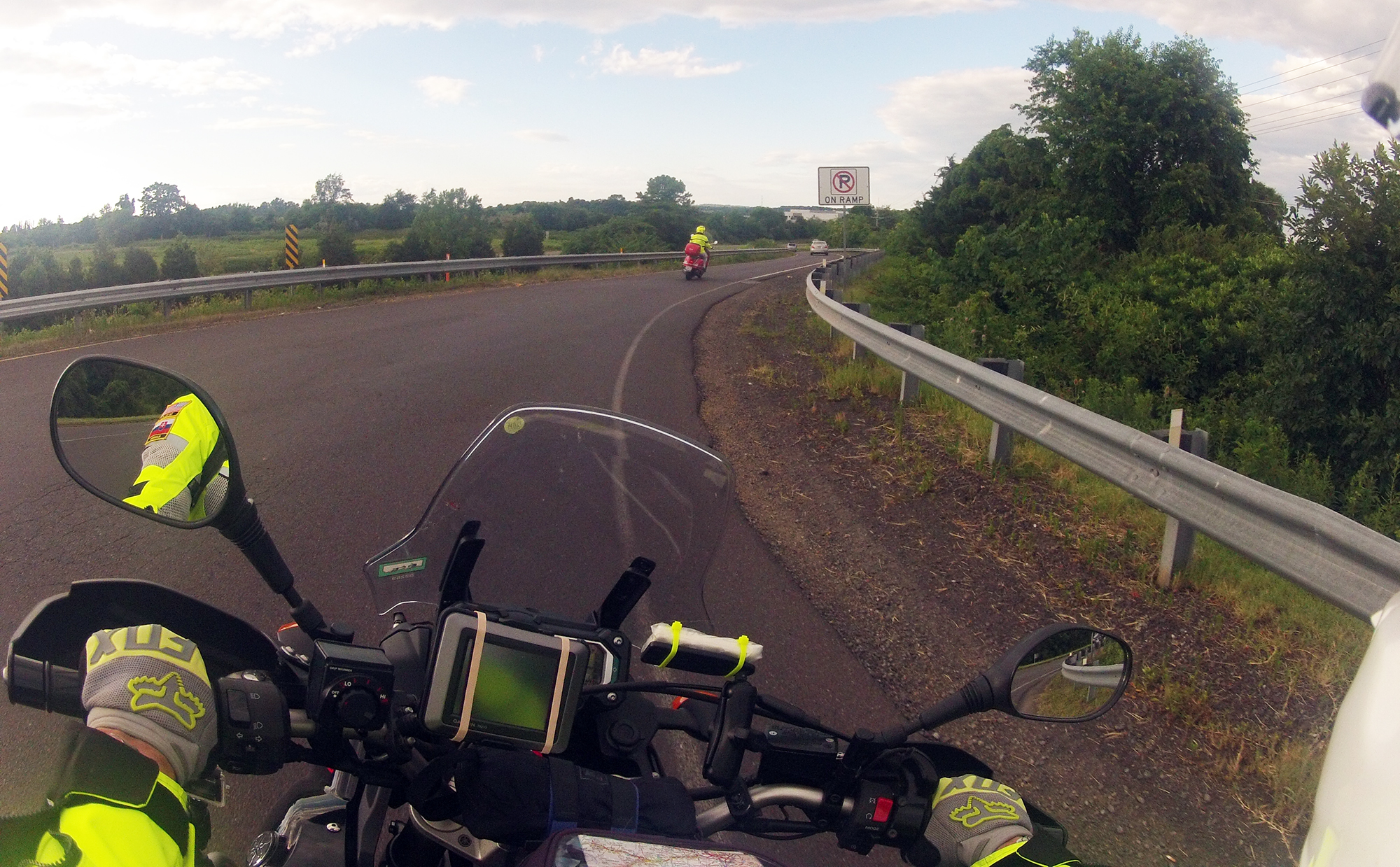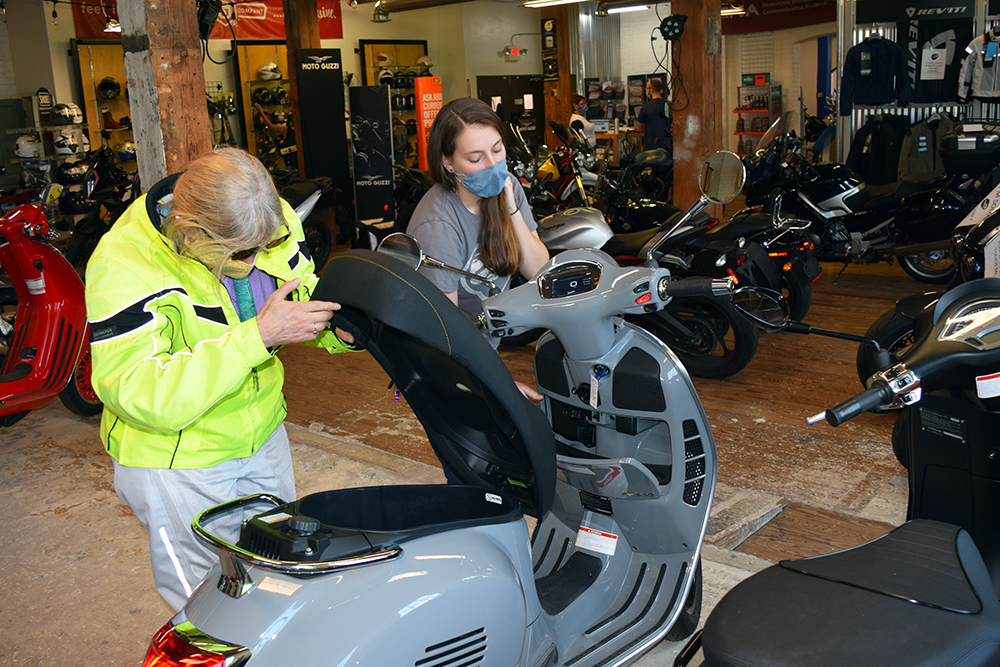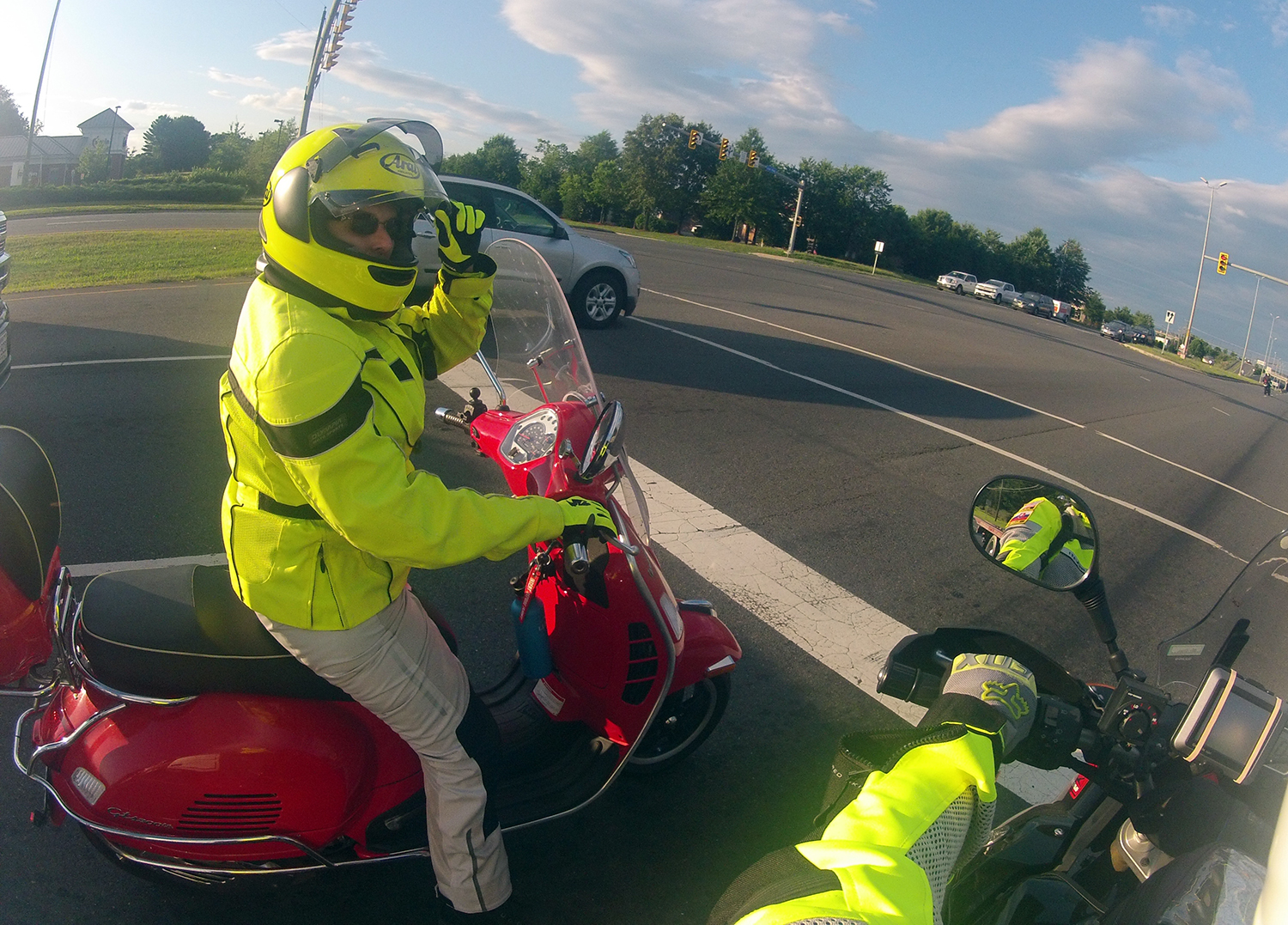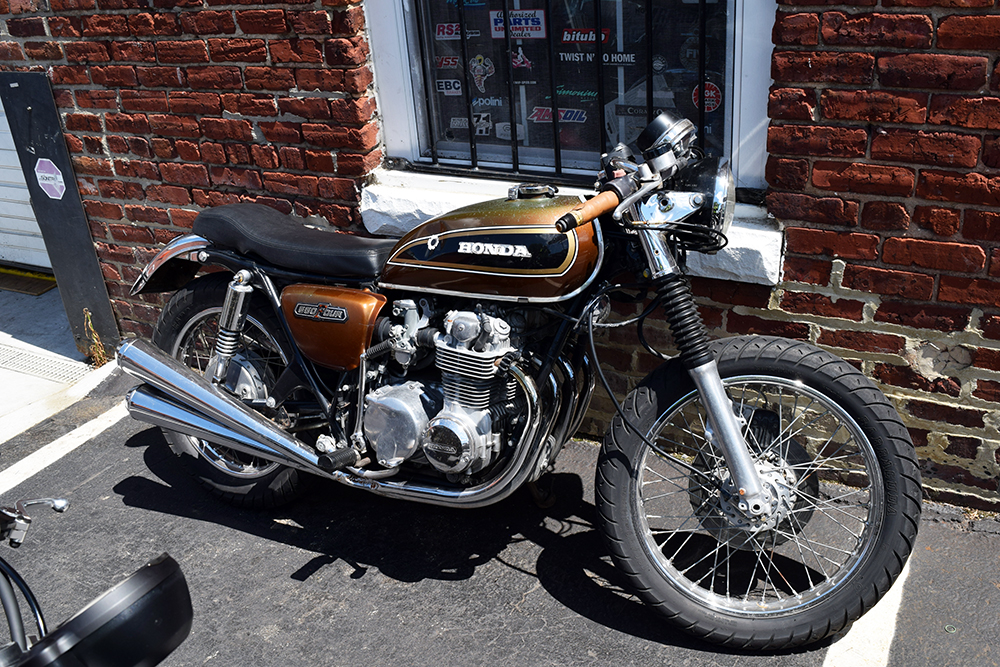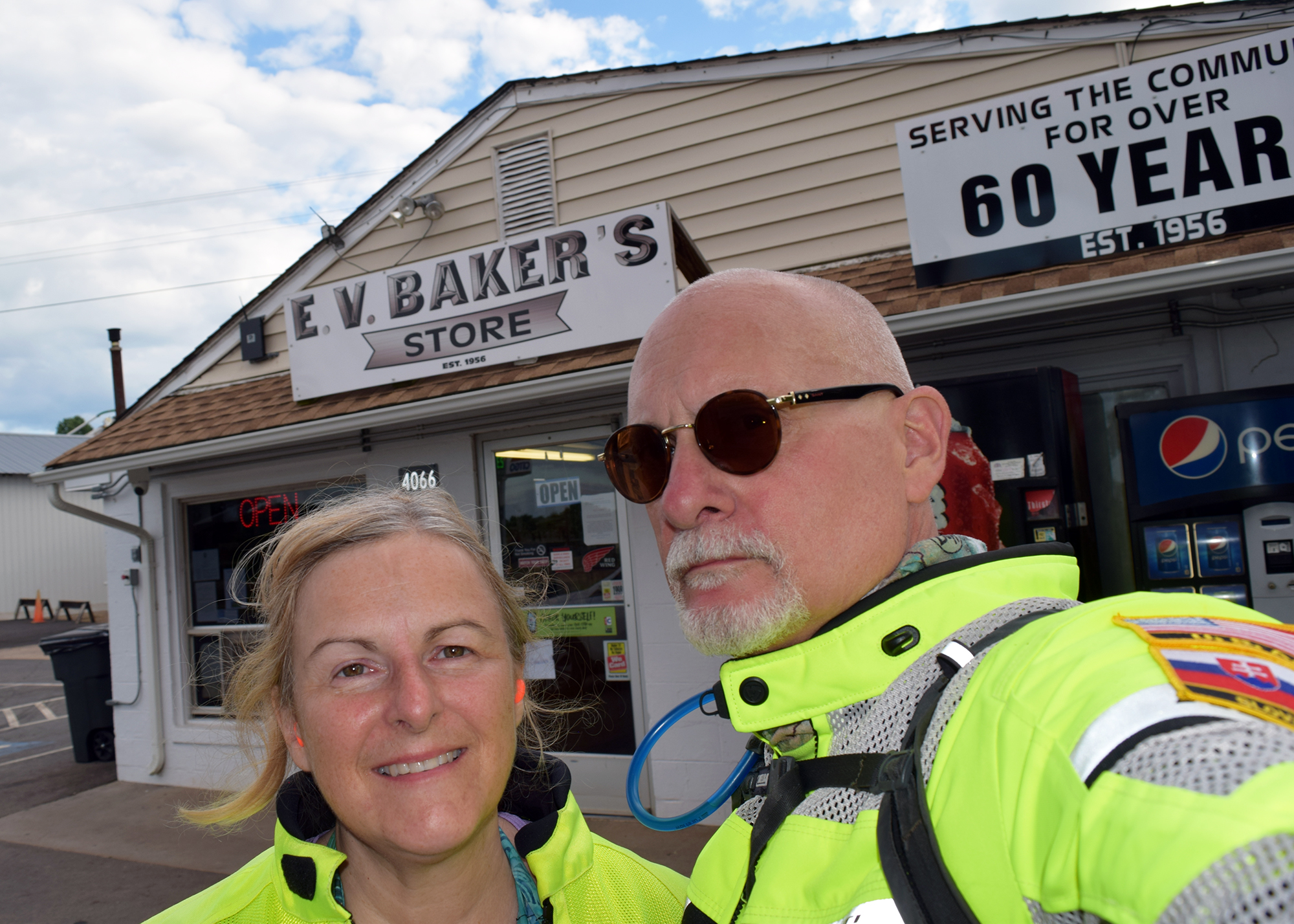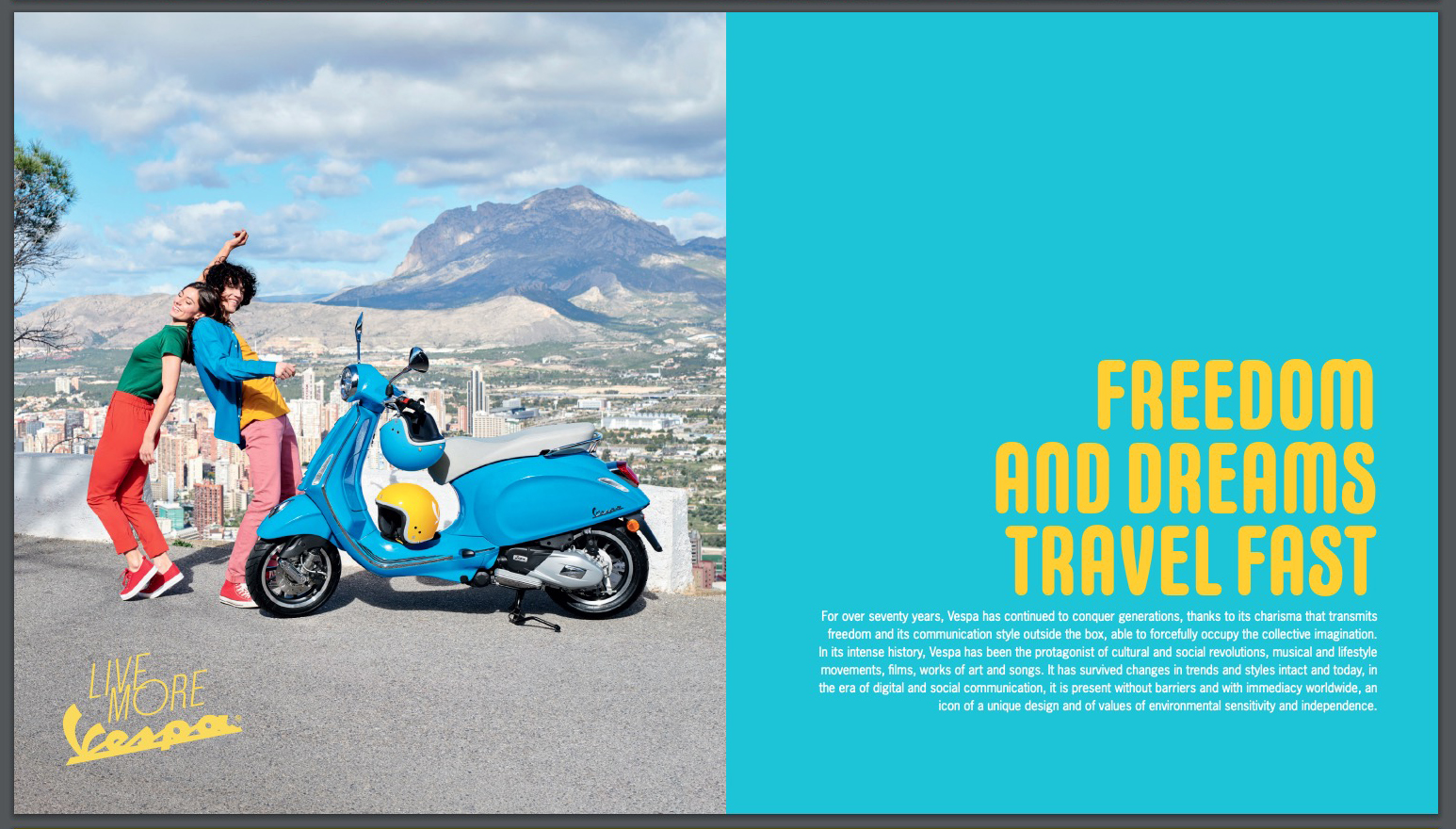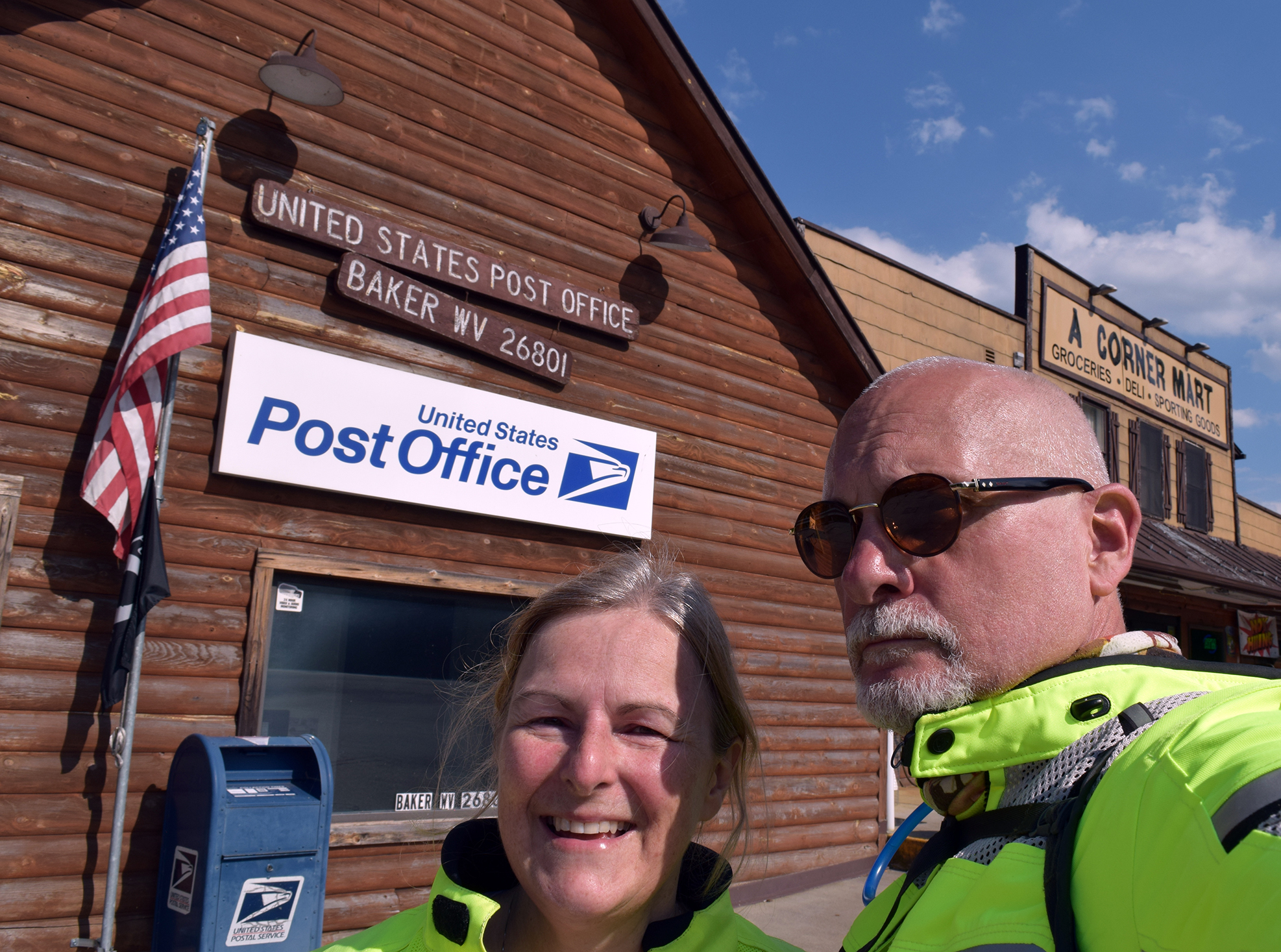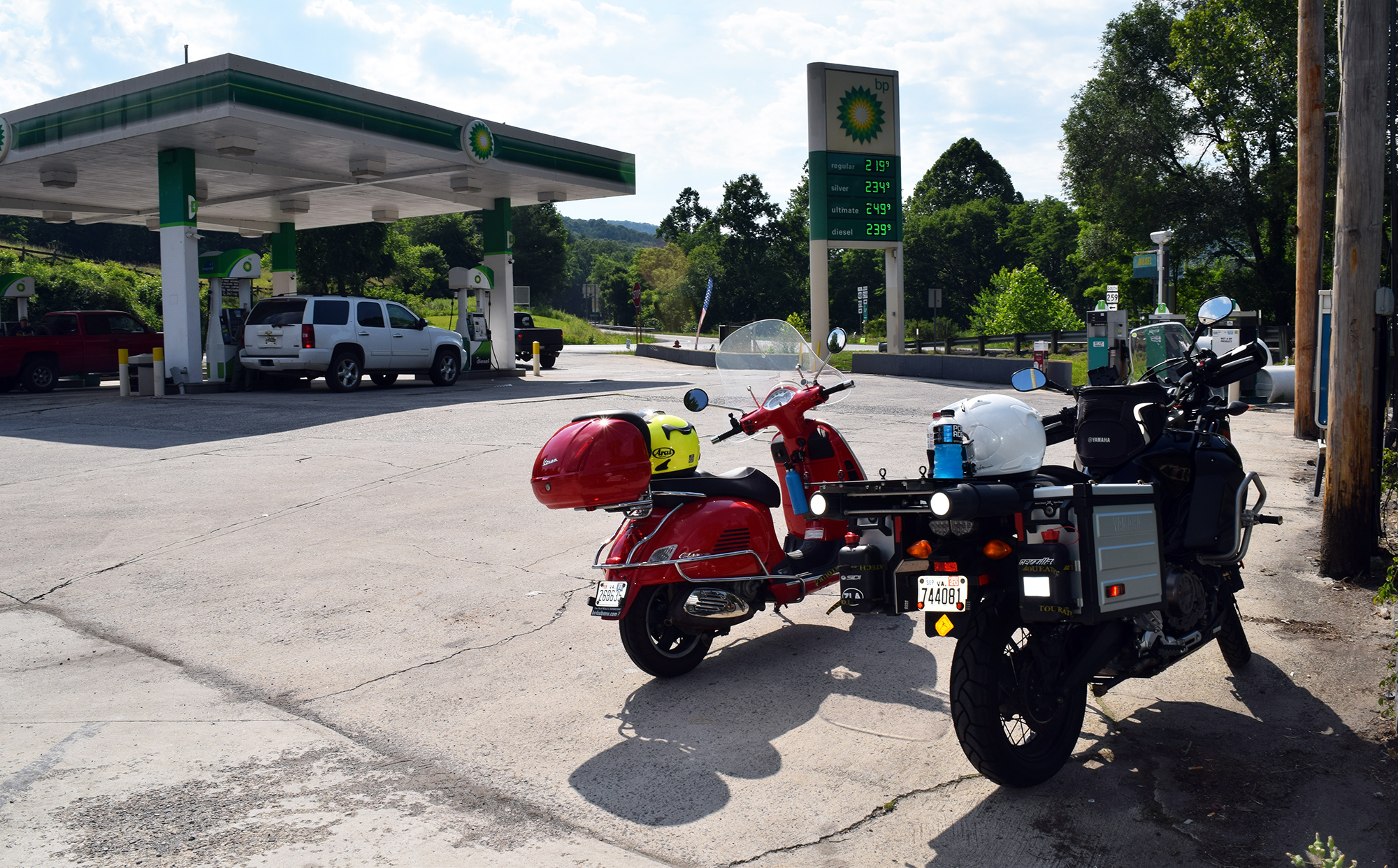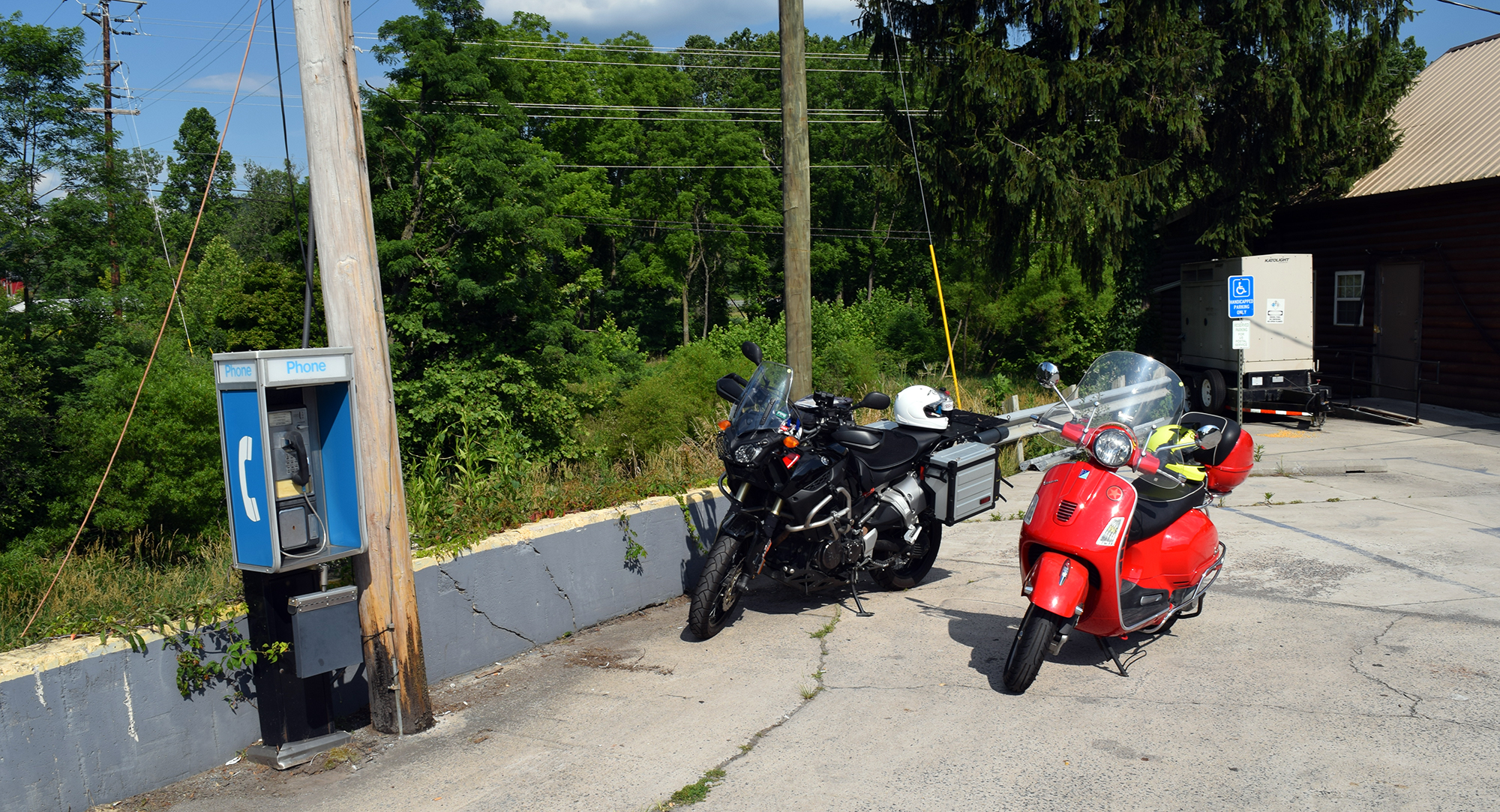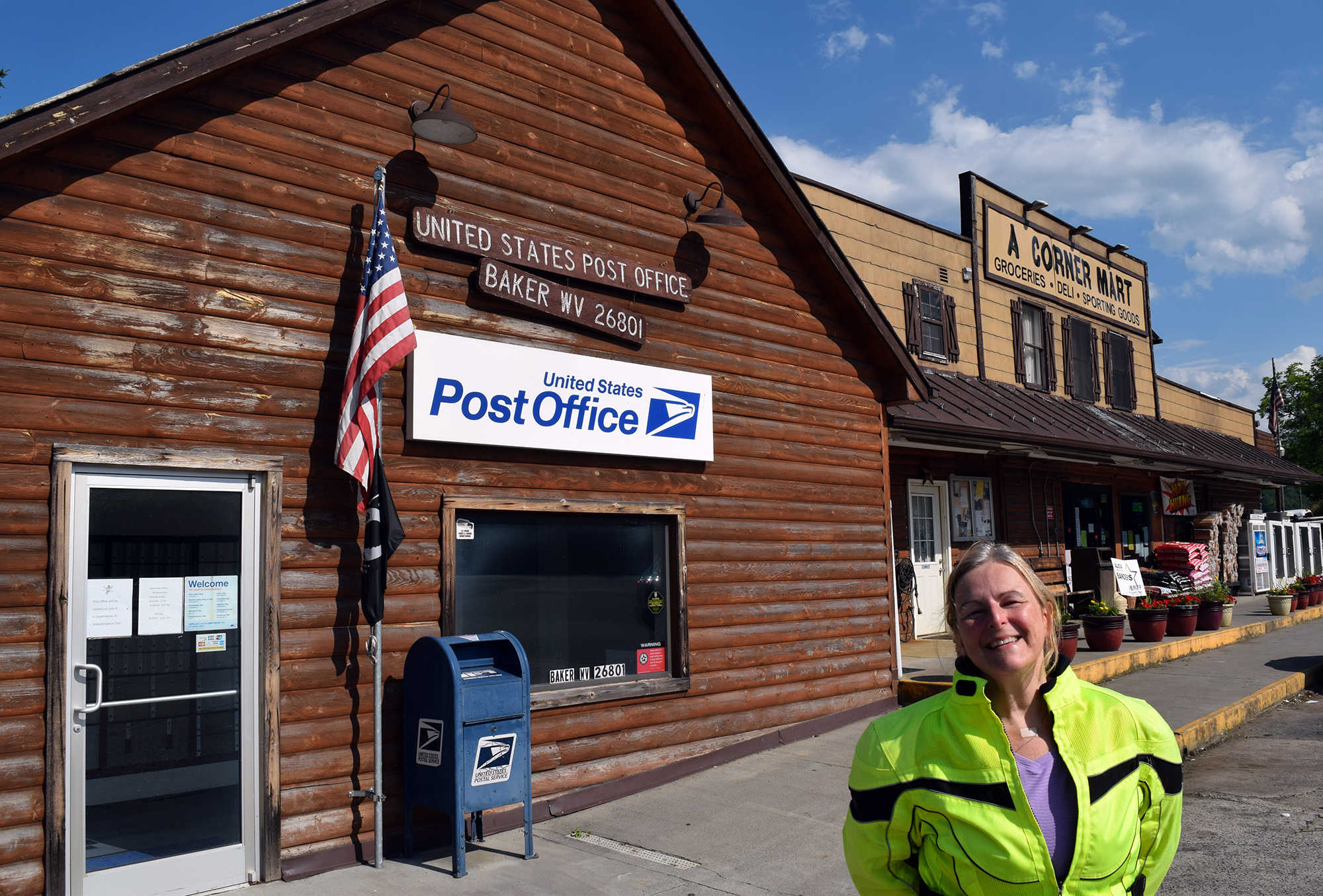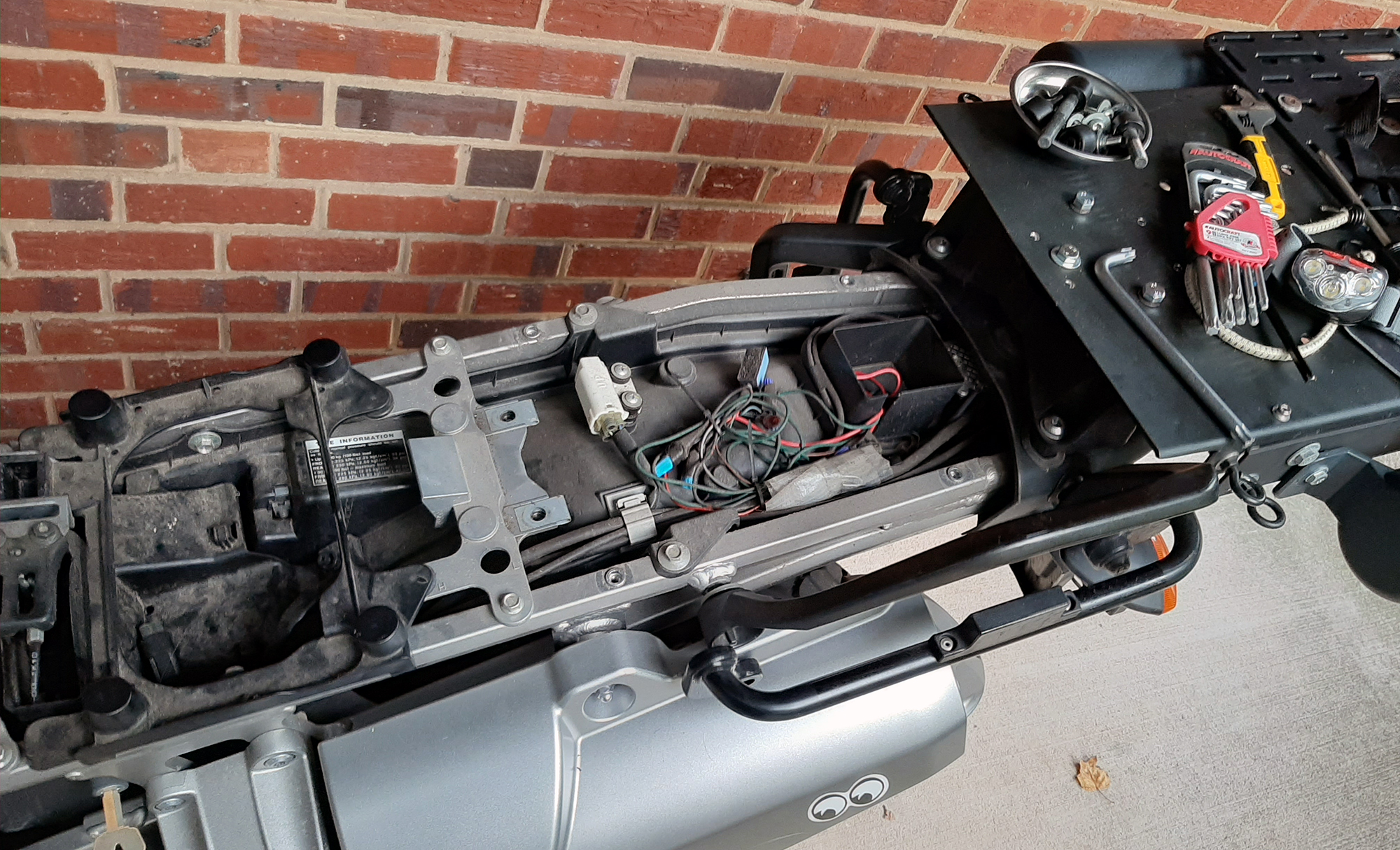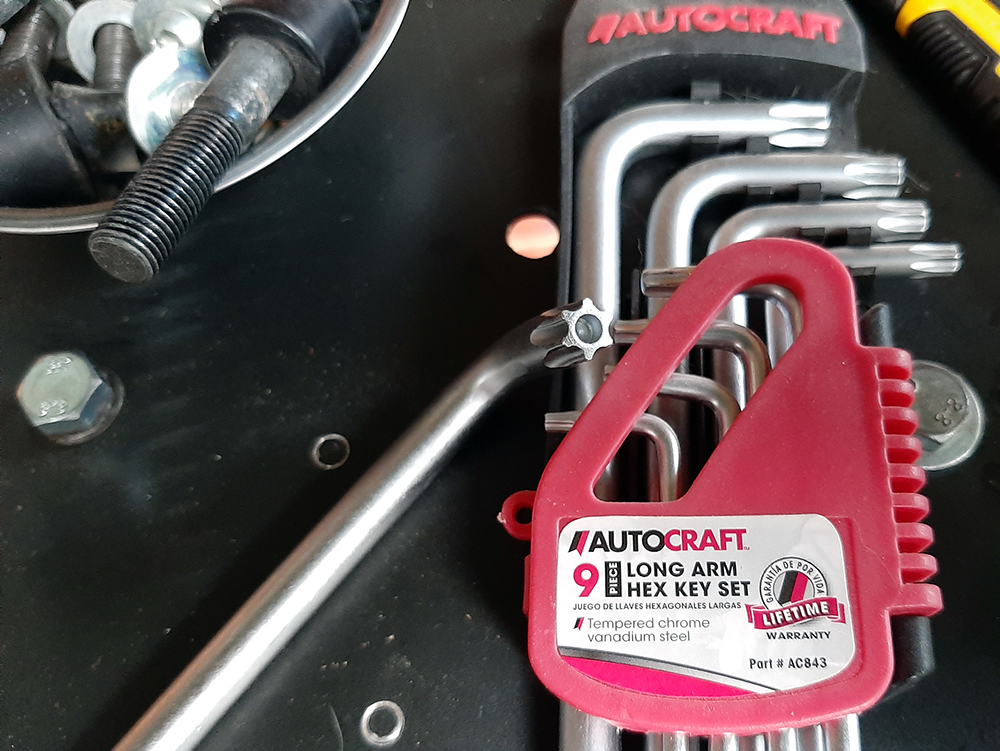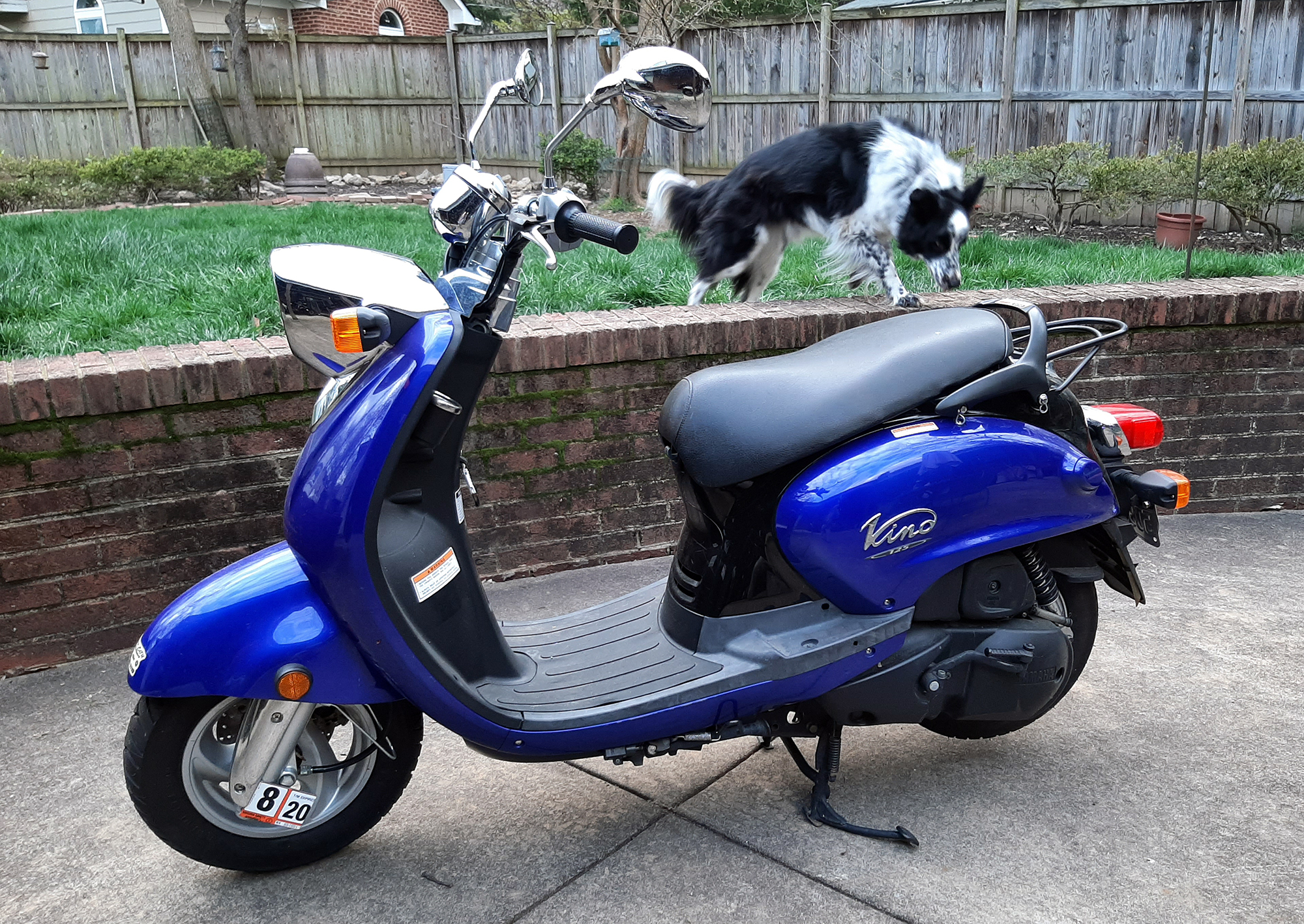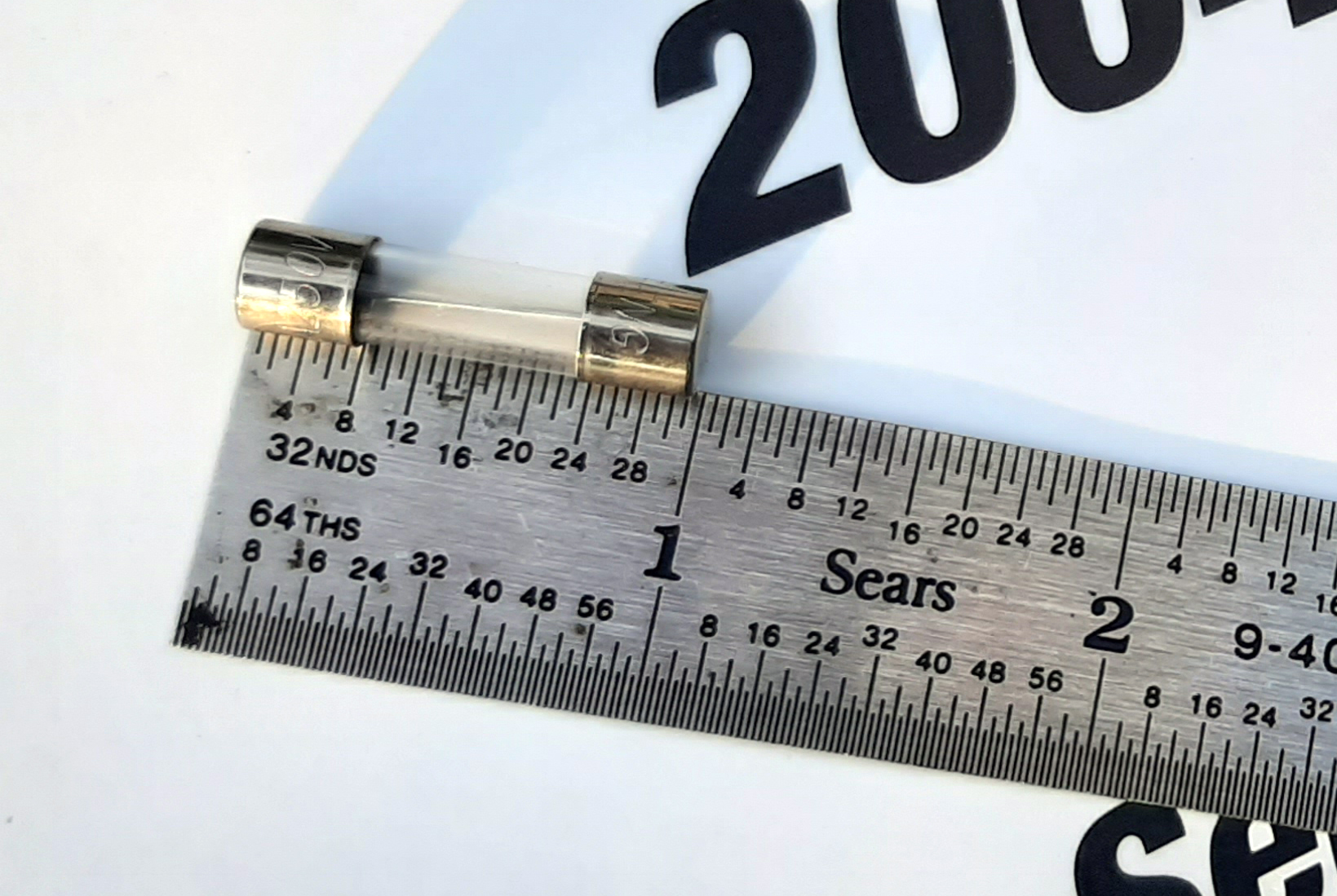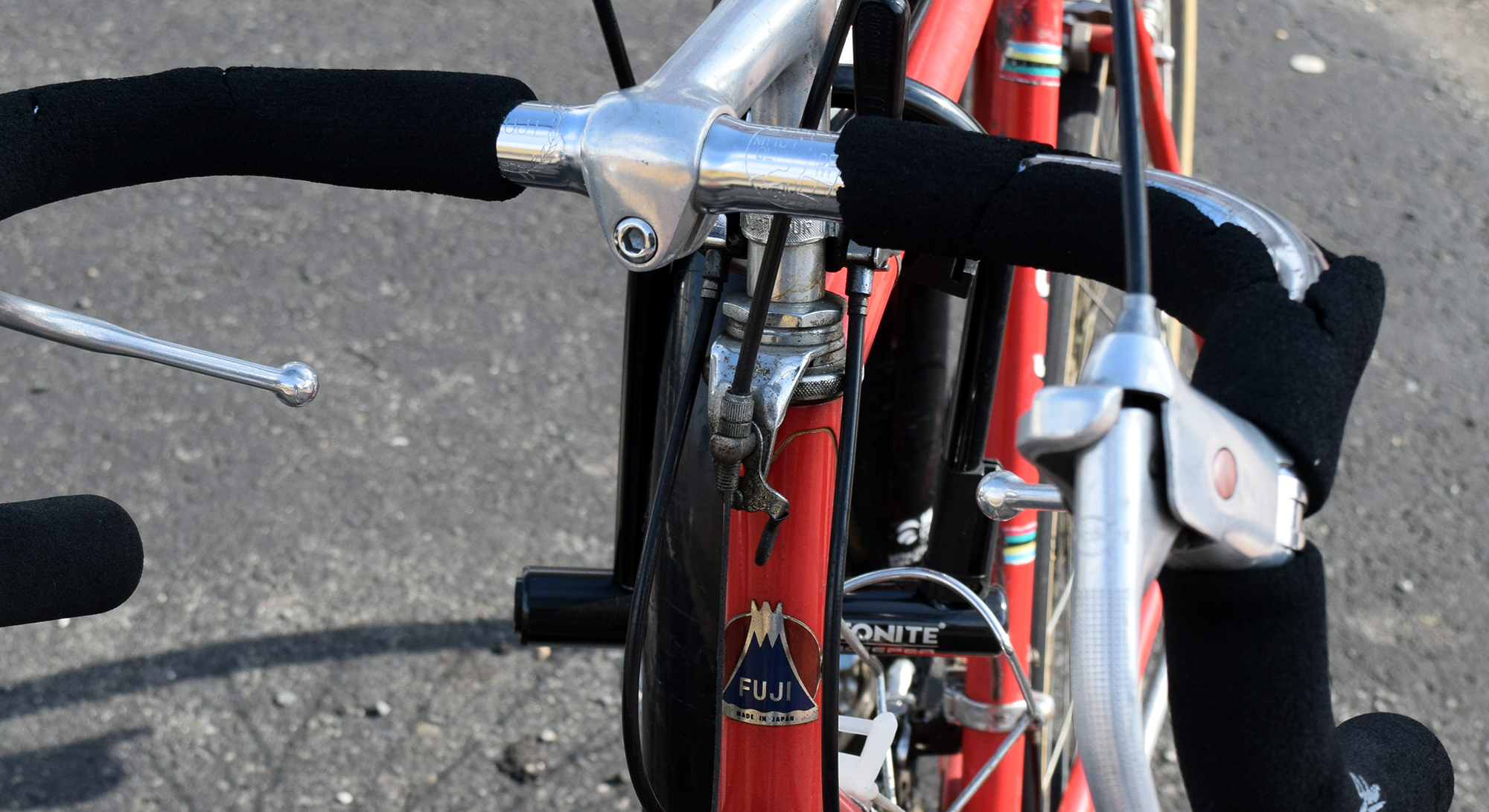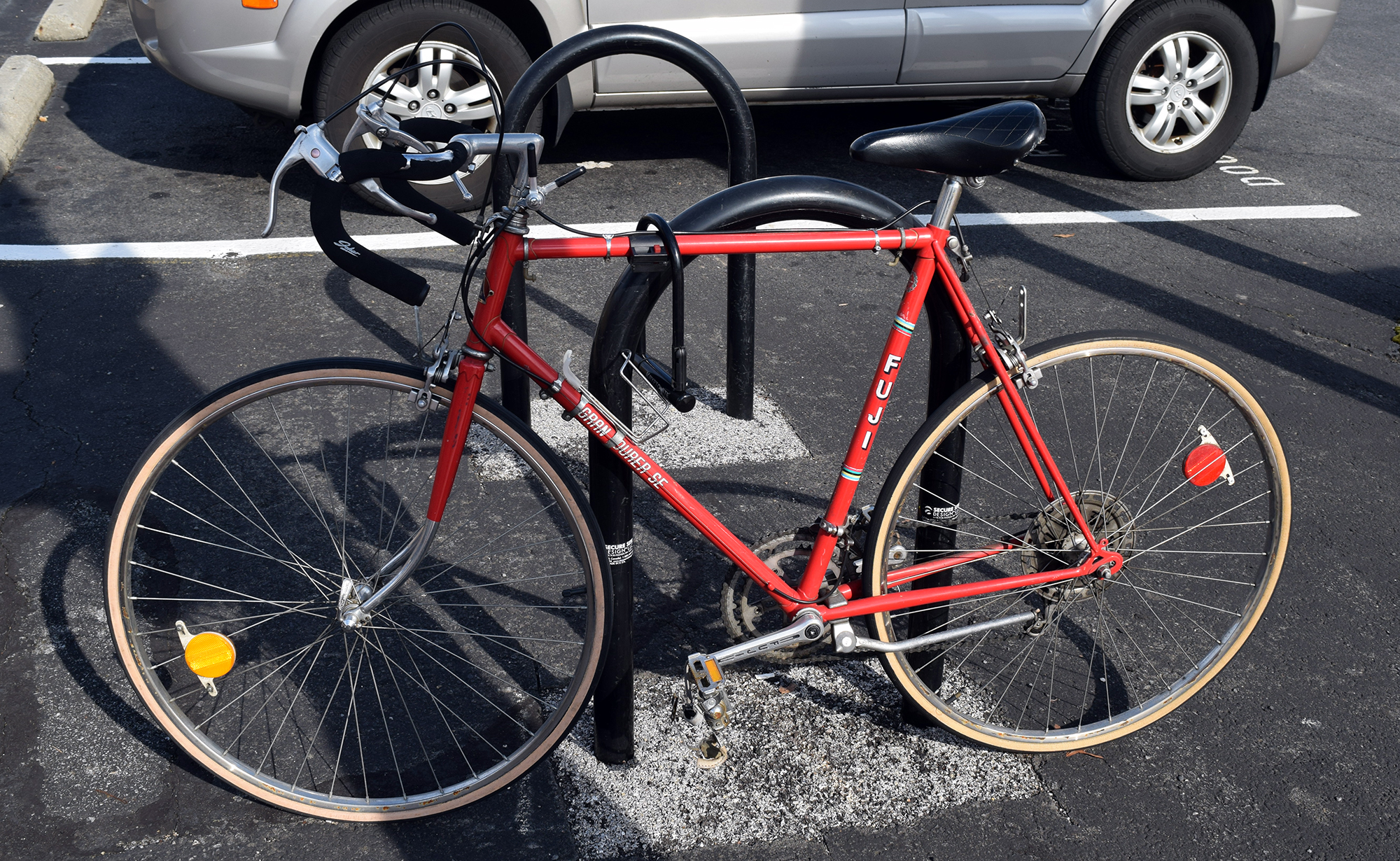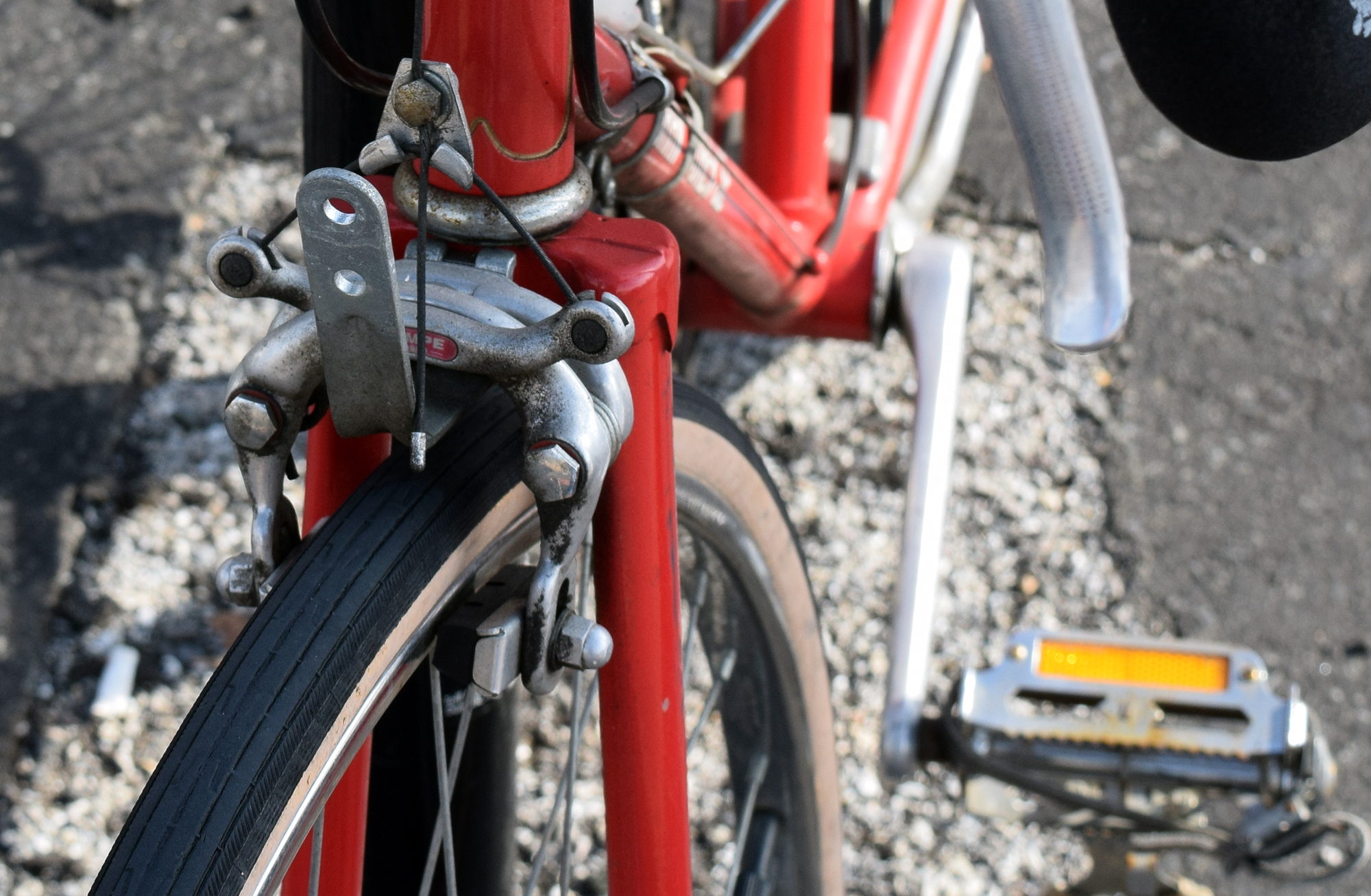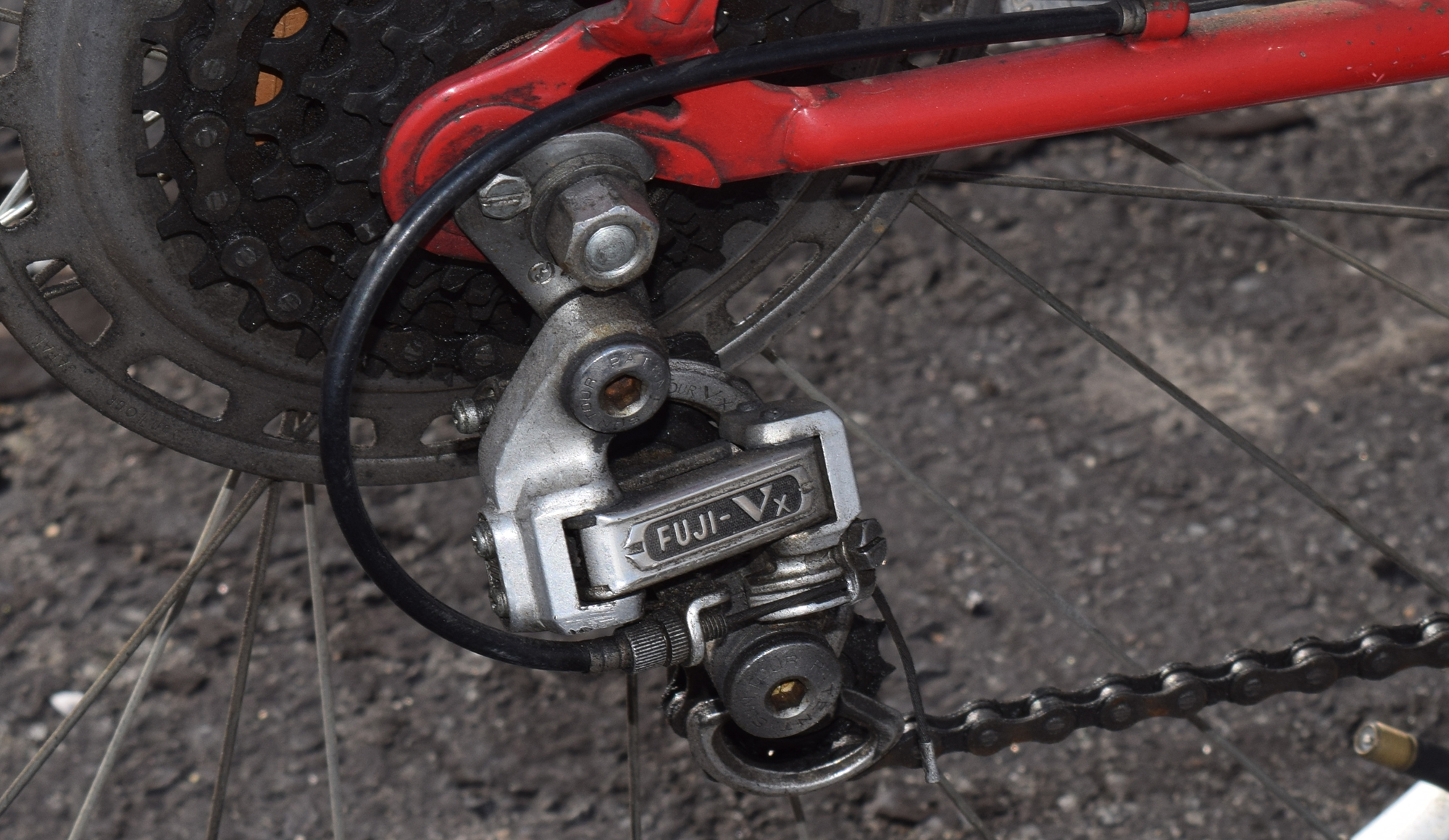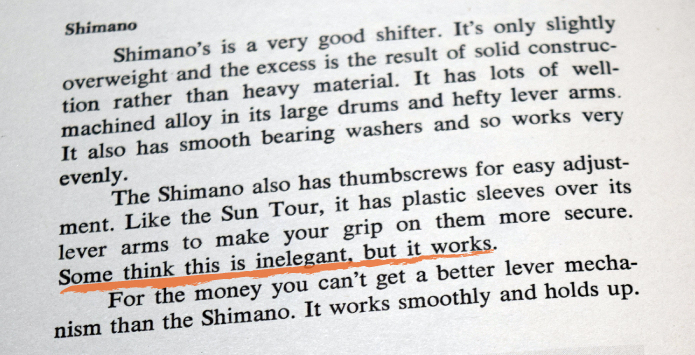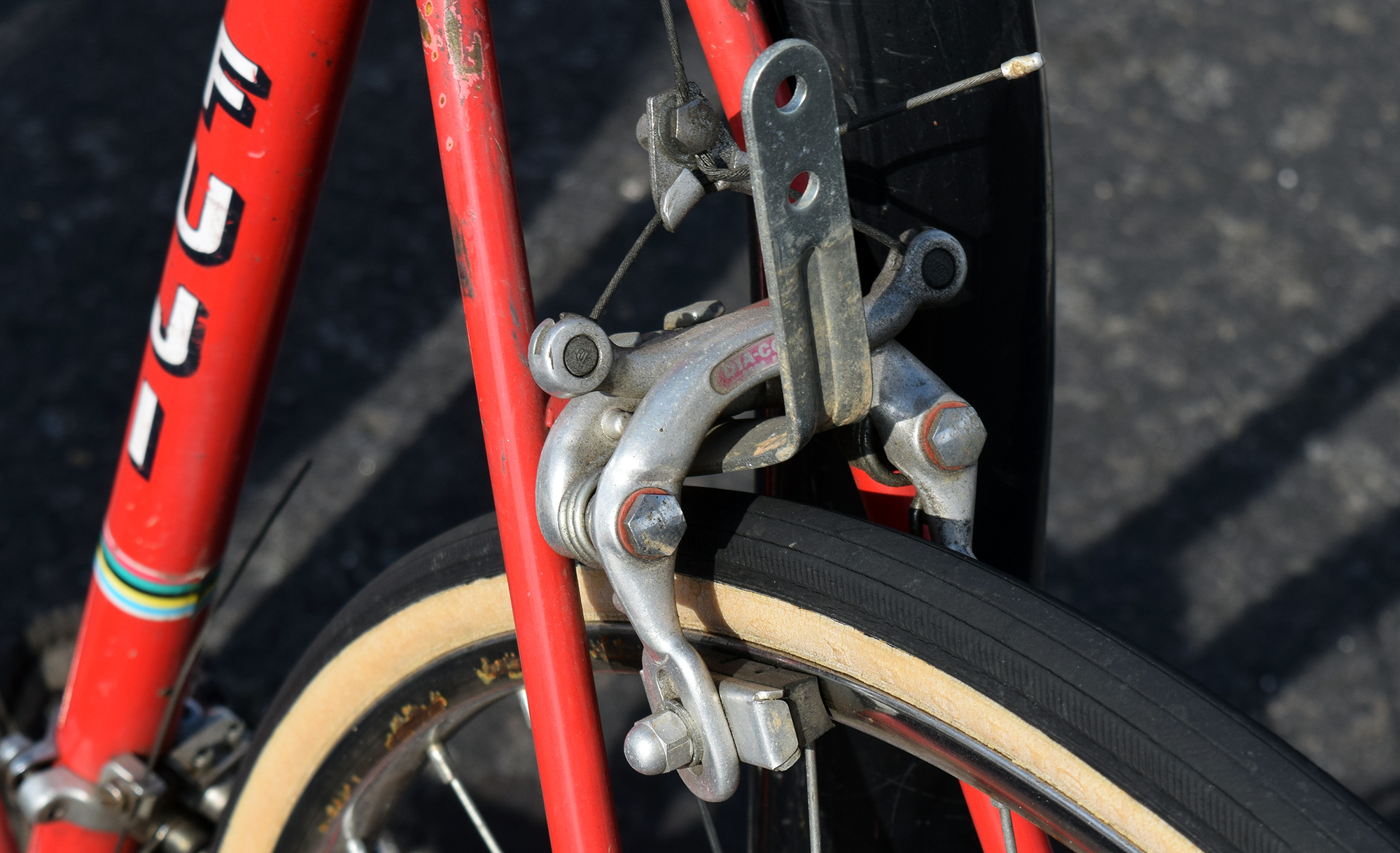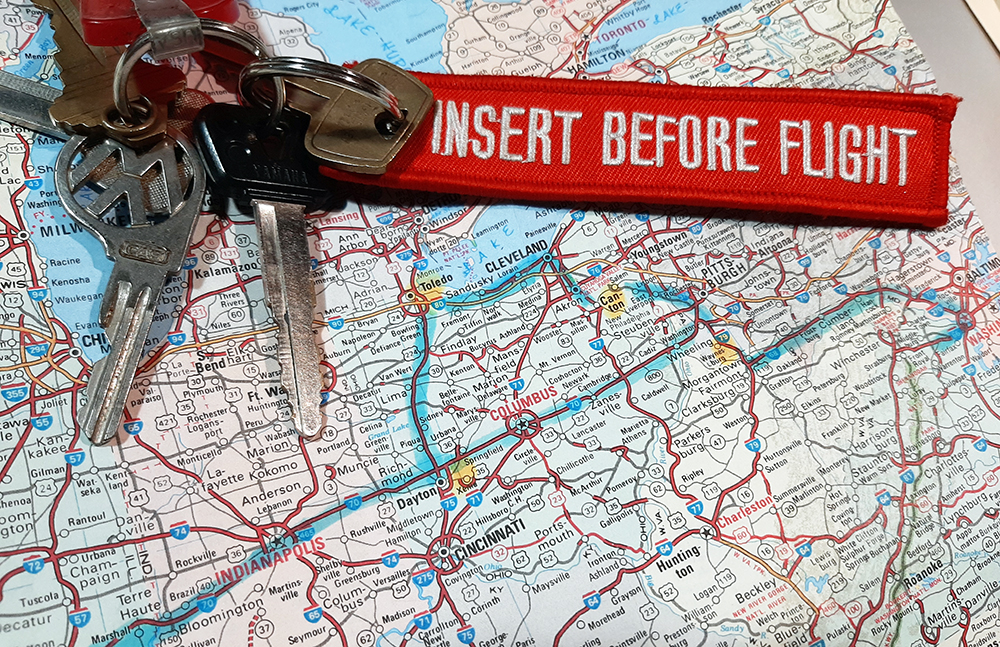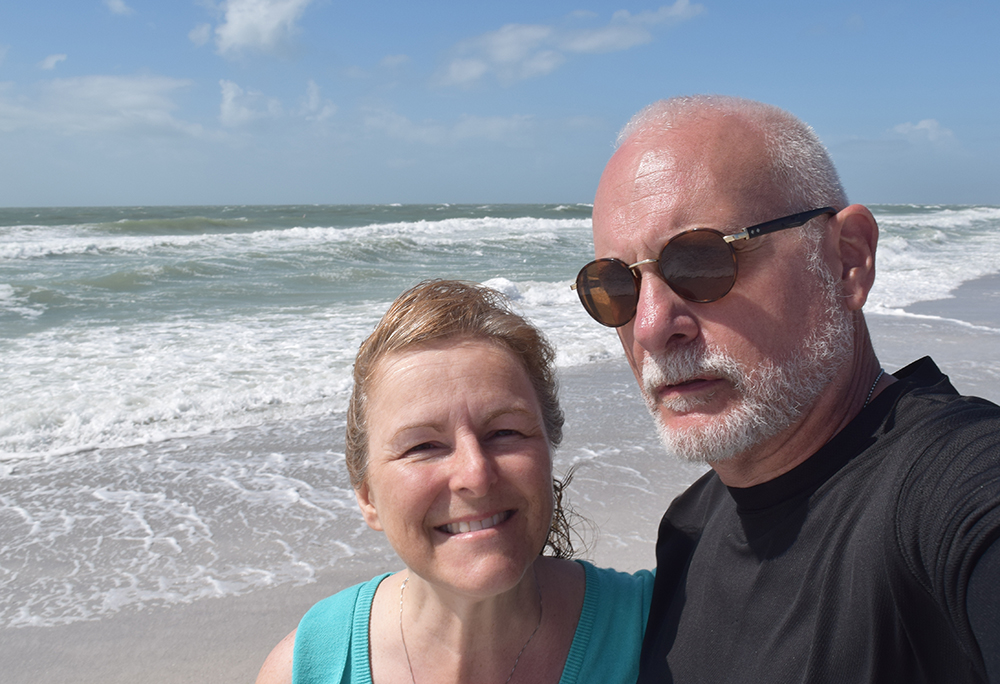Note from the mission historian: The 2025 Scooter Cannonball was an eight-day, 3,900-mile checkpointed ride across the U.S. from Seaside, Oregon, to South Padre Island, Texas. It started June 22nd and ended June 29th. Cannonball events are held every two years and are limited to scooters of 300ccs or less.
I piloted a gray 2016 Vespa 300cc GTS Super Sport (Piaggio marketing rounded up the number of cubic centimeters from its actual 278).
She has about 22 hp and I named her “Terror” after one of the two ships of the 1839 James Clark Ross Antarctic expedition. (The other ship is Erebus, which is the name of my other Vespa, a Sei Giorni.)
My rider number is 61, an homage to Bob Dylan’s “Highway 61 Revisited.”
I rode very slowly and carefully and finished even worse than I did in 2023. I didn’t think that was possible.
***
Day 6 | Friday, June 27: I screw up the GPS navigation that day, putting me way, way off track and ending any hope of reaching daily checkpoints. I arrive at the endpoint hotel after dark.
I shut down Terror in an empty parking space near the entrance, remove the Garmin unit and Samsung phone from their holders, and start unloading Linda’s Subaru. (My wife is my gracious and long-suffering support driver.)
It’s been a miserable, wasted, useless day, and it’s still hot, even with the sun gone, since we’re on the edge of the Chihuahuan Desert. This Marriott Fairfield is the official Cannonball hotel for that night, and a few riders are futzing with their scooters in a side parking lot.
We see a couple of cats roaming about the parking lot as we arrive. Otherwise, it’s pretty quiet. Linda checks us in, and I start moving bags from the car to the room. Then I open the Vespa’s saddle and take a few things, notebooks and spare gloves and such, from the carrier.
I’m ready to call it a night, get some sleep, and try again tomorrow. I’ll be more careful logging in the GPS coordinates, and…
That’s when I see Linda has found some small animal next to the hotel. A cat? No, it’s a dog, maybe 70 pounds or so, a pit bull/terrier mix with short hair. It’s a female, and she’s recently given birth; her mammary glands are long and hanging.
The dog has been using some small grass-like bushes as bedding, and she has difficulty walking. She’s panting in the heat, exhausted. We start to examine her under the parking lot lights and she lets us, accustomed to people, apparently, unless she’s simply too tired to care.
Her ear flaps have dozens of tiny grape-like shapes clustered in the inner folds. “What the hell is this?” I ask Linda.
“Those are ticks,” she says. “They’re engorged.”
“Jesus,” I say.
Still wearing the riding suit, I dash into our room and find a small first-aid kit bought from REI years ago; it has a Tick Patrol tick removal tool. Working by headband light, I start carefully removing ticks from her ears, trying not to hurt her. I find blood on my fingers later.
I get what I can, but I tell Linda, “There are just too many here. Christ, they’re inside her ears.”
Linda goes inside to ask the Fairfield people if they can help. I follow, knowing I should be preparing to resume riding early tomorrow morning, knowing we won’t get to sleep for hours now, knowing we have to try and do something – and certain we won’t be successful.
The two women at the front desk didn’t know the dog is there, but they’re not surprised. “Dogs get abandoned around here all the time,” one says.
One of them gives me a Styrofoam bowl from the kitchen, which I fill with water for the dog.
The lady comes outside with us to see the dog drinking a bit. “Oh, dear,” she says. “She doesn’t look good.”
We ask about the humane society, or whatever organization can help. “I can call, but animal control doesn’t work here on weekends,” she says.
Linda and I get in the Subaru and find a nearby all-night Alon gas station/store that has dog food. I get three plastic Ziploc/Gladware-type bowls that we’ll use for food and for ice water.
We discuss our options. We rule out taking the dog with us, because:
- We have no space in the car.
- The dog will infest the car’s interior with ticks, which will be impossible to deal with since we’re literally 1,800 miles from home, even if I quit the Cannonball now.
- We have two dogs and four cats already at home and there’s no way to tell if this terrier will be a threat to them.
That gives us about 12 hours to do something – in addition to getting some sleep – before I get back aboard Terror and we absolutely have to leave1.
I fill one bowl with ice and a second with ice water. Dog food, some sort of generic mix, goes in the third. We put the bowls in the dog’s outside corner of the hotel.
That’s about all we can do this night, except Linda goes online and finds the name of a veterinarian, about two miles from the hotel.
The next morning, Day 7, we drive to the Pecos Animal Clinic and talk to Dr. Ronald Box, who truly listens and says what we’re dealing with isn’t uncommon in the area.
He says we can try giving her a pill (Bravecto, also known as fluralaner) to kill the ticks and writes down the phone number of a woman who’s connected with animal control and a local rescue group.
We get a chewable pill for dogs weighing up to 123 pounds – “she may not want to eat all of it, so get the largest one and give her as much as you can,” he says. It costs $75, but I don’t care.
Back at the hotel, Linda tries to get the dog to take the pill, which is almost the size of an Oreo cookie. The dog doesn’t want it and spits it out twice. Linda finally takes the pill (a little smaller now) opens the dog’s muzzle, and shoves the pill gently to the back of her mouth.
Amazingly, the dog lets her do that without biting off her thumbs. She swallows the pill.
Linda calls Kristi, the woman recommended by Dr. Box, and leaves a message. The day-shift crew at the front desk tells us they’ll try to keep an eye on the dog, filling the ice bowls and so on.
The dog is in a shady spot next to a hotel wall. I make sure she has water and ice, and pet her, and tell her I’m so sorry we could not do more.
I can’t see this ending well. Even if the dog survives here until Monday, animal control will probably pick her up, judge her incapable of being saved, and euthanize her.
We’ve done what we could, which wasn’t much, but the dog is a little more comfortable now than she was before.
The only thing I can do is rationalize that even death by injection in an air-conditioned room is better than slowly succumbing to the relentless Texas heat. I don’t like that – good God, not at all – but it’s all we’ve got.
Then we leave.
***
Fifty miles later, we’re on U.S. 285 south near I-10 heading for Kerrville, Texas2 when Linda pulls over at a Sunoco/Stripes gas station near Fort Stockton. I park Terror next to the Subaru and Linda says she’s on the phone with Kristi, who says she has the dog.
“Wait, what?” I say. “Are you sure?”
Kristi is telling Linda she found the dog at the hotel, put a leash on her, and was trying to figure out how to get the dog into her car when the dog jumped in herself, without any coaxing.
She tells Linda she’s taking the dog to the shelter, and she’ll let us know how the dog is doing.
I can’t believe it – I still can’t, if you want to know the truth. Things usually don’t turn out this way. The dog is safe.
We go into the Sunoco/Stripes, sit down at a table, and start weeping, both of us. Other customers see us and give us a wide berth as they order soda and candy bars and hot dogs for the road. I don’t really become aware of this until later.
Kristi later sends a photo of the dog lying on a cool cement floor, water basins in the background, and says the specks on the floor around the dog are dead ticks that have been falling off her.
We’ll get to Kerrville that afternoon3. Kristi will later tell us the dog has been diagnosed with two tick diseases, a mammary tumor, suspected valley fever (which humans can also get, independently) and is badly anemic.
She’s also a distemper survivor and can be a little skittish around other dogs. They think she’s two years old.
We thank Kristi profusely. She manages the Pecos Animal Shelter, which was certified as a no-kill shelter on July 2, six days after we found the dog. These people, and the folks at One Tail at a Time-West Texas, are on the side of the angels. We make a donation, with plans to give more.
Note: You can donate to One Tail at a Time-West Texas here.
Linda also calls the Fairfield hotel and talks to one of the night-crew ladies who was worried about the dog. She, too, is relieved to hear of the rescue.
The dog is in foster care now. Health-wise, she’s not out of the woods yet, but Kristi says more tests are scheduled and the staff is hopeful.
Shelter folks have named the dog “Fairfield,” and she is why we went off-mission that day.
Epilogue: email received July 18, 2025
“I am sorry to relay that Fairfield passed away yesterday afternoon. We made the decision to humanely put her to sleep at the vet clinic based on the recommendation of her treating veterinarians, after exhausting all options to make her more comfortable, and in light of a number of test results that indicated her medical crisis was almost certainly unresolvable.
“She was not eating voluntarily, was very weak, was still urinating blood, and it was clear to all of us that it was time to let her go. The entire team sat on the floor with her, and she passed gently and quickly. She was cremated today, and her ashes will come home and remain on our mantle.”
There’s more medical stuff, but you get the gist. We believe One Tail at a Time-West Texas did all they could and we are so grateful for their effort. We’ll continue to support them as best we can.
_________________
1 – Even then, I won’t be able to make checkpoints on Day 7 and get to Kerrville, Texas, the next stopping point, in reasonable time.
2 – Kerrville and central Texas were hit by devastating floods eight days later. At least 138 were killed, the 10th deadliest flash flood in U.S. history.
3 – Where we’ll later be shocked and saddened to learn that a Scooter Cannonball rider, Stephen Jackson of Centerville, Massachusetts, was hit and killed by a pickup truck early on the morning of June 28, not far from the hotel.




